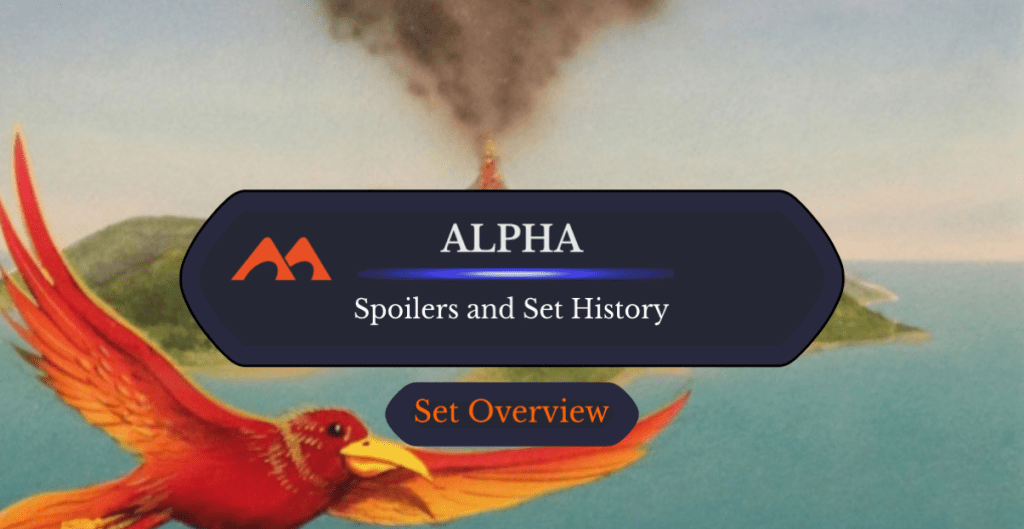
Birds of Paradise | Illustration by Mark Poole
There are several Magic sets I would consider iconic for one reason or another. Innistrad and Khans of Tarkir left lasting impressions as some of the best Limited environments ever. Throne of Eldraine and Modern Horizons represents a massive leap in Magic’s power, redefining formats with powerful staples. And who could forget the Walking Dead Secret Lair that heralded the new era of Magic-pop culture crossovers?
Yet no set deserves “iconic” status more than Alpha. The first set was released when Magic was in its fledgling state, a period where Ancestral Recall and Healing Salve were equitable pieces of the same cycle and Shivan Dragon would get traded for multiple Moxen.
Beyond the inception of our favorite game and the printing of the infamous Power Nine, what other iconic cards come from Alpha? Let’s look!
Alpha Basic Set Information

Balance | Illustration by Mark Poole
Set Details
| Set Symbol |  |
| Set Code | LEA |
| Number of Cards | 295 |
| Rarities | 74 commons, 95 uncommons, 116 rares, 10 basic lands |
| Mechanics | Banding, first strike, flying, landwalk, protection, regeneration, trample |
Important Dates
| Paper Release | August 5, 1993 |
About the Set: The Story
While the original Alpha release didn’t have dedicated lore like modern sets, it introduced players to the story-like concept of the game. The original marketing posited players as the planeswalkers, with their decks—called libraries—serving as a compendium of spells they’d learned and fearsome creatures they could summon. The game was a clash of wills between two fearsome wizards seeking to outdo the other. While the game has largely moved away from these ideas, it’s easy to understand how this framing would be captivating.
Additionally, plenty of Alpha cards had flavor text that introduced players to the magical plane of Dominaria. Some flavor text and card names referenced characters and locales that would become central parts of Magic’s more developed narratives. Among these cards were Benalish Hero and Shivan Dragon for cards that hinted at critical locations; Serra Angel, Ankh of Mishra, and Sunglasses of Urza reference characters who would go down in the long, treasured history of the plane.
LEA’s legacy extends further than simply introducing the game; many slang terms can be linked to this set. “Bolt the Bird” (referring to Lightning Bolt and Birds of Paradise) means kill the mana dork. 2-mana 2/2s are still Grizzly Bears; we call 4-mana 3/3s Hill Giants for a reason.
Alpha Mechanics
As the first set, Alpha needed to lay the foundation for mechanics to come. Thus, we find many common keyworded mechanics introduced in this set. While a handful of these keywords are still commonplace in modern Magic sets, others have been phased out in part or entirely.
Banding
One archaic mechanic we never see anymore is banding, as featured on Benalish Hero. Banding—originally printed as “bands”—is a wordy mechanic that allows multiple creatures to attack as a band, with eligible members being any creatures with banding and one without. When creatures you control with banding become blocked, you get to distribute damage across the band, instead of the opponent choosing. Controlling damage distribution is pretty powerful, but the mechanic was ultimately confusing enough that Wizards abandoned it with Weatherlight in 1997. Mark Rosewater gave banding a rating of 10 on the Storm Scale, which measures the likelihood of a mechanic returning in Standard-legal sets; the higher the number, the less likely it’ll return.
Landwalk
Another mechanic gradually phased out, landwalk made creatures unblockable provided the defending player controlled a land of the specified type. For example, Alpha printed islandwalk on Island Sanctuary and Lord of Atlantis, but later renditions of the mechanic would give each basic land type a corresponding landwalk, as well as more specific versions, like legendary landwalk (Ayumi, the Last Visitor) and nonbasic landwalk (Dryad Sophisticate). Landwalk has a rating of 9 on the Storm Scale.
The mechanic was properly abandoned with Magic Origins, primarily because the cards had performance issues. Creatures with landwalk were often worthless in some match-ups while oppressive in others, and counterplay was practically nonexistent; it’s not like mono-blue can ditch its Islands against River Boa.
Regeneration
The final ex-evergreen mechanic introduced in Alpha only to phase out later was regeneration. When a creature was regenerated, it got a “regeneration shield”; the next time the creature would get destroyed or receive lethal damage it would be tapped and removed from combat instead. This concept would be later refined (and, in my opinion, greatly improved) with shield counters introduced in Streets of New Capenna.
Regenerate lost evergreen status with Oath of the Gatewatch in 2016 and currently holds a rating of 10 on the Storm Scale; many effects that would give a creature a regeneration shield got phased out in favor of granting creatures indestructible until the end of the turn (Wrap in Vigor versus Heroic Intervention).
Protection
One of Magic’s strongest mechanics, protection X prevents a permanent or player from being targeted, enchanted, dealt damage by, or blocked by anything with characteristic X. Protection from a color, as seen on LEA’s Ward cycle (including Green Ward), is the most common form of protection, but you can also get protection from creatures (Spirit Mantle), protection from player(s) (The One Ring), and even protection from everything (Progenitus). With a Storm Scale rating of 2, protection can appear often.
First Strike
First strike has persisted as an evergreen mechanic to this day! Most commonly found among white and red cards, creatures with first strike deal combat damage before creatures without it. The most iconic examples from Alpha are Black Knight and White Knight.
Trample
You mostly find trample on green and red cards these days. When a creature with trample becomes blocked, its controller can assign excess combat damage to the defending player. The most powerful iteration of trample in LEA was on Berserk, but it’s become a staple of green decks that use Overrun effects—effects that grant a large power buff and trample—as finishers, the most iconic of which is Craterhoof Behemoth. As an evergreen mechanic, it’s rarer to see a set without trample than with it.
Flying
Of all the evergreen mechanics in LEA, flying is my favorite. It adds so much texture and richness to combat, especially in Limited. Creatures with flying can only be blocked by creatures with flying or reach, making it an excellent aggressive mechanic particularly well-suited to handling board stalls and enabling cards that care about dealing combat damage or attacking like Professional Face-Breaker and Fallen Shinobi.
Errata’d Keywords
Finally, Alpha contains a handful of mechanics that were unnamed at the time but later errata’d in future sets. These mechanics include vigilance, originally written as “does not tap when attacking” a la Serra Angel; reach, originally letting Giant Spider block creatures with flying; fear, spelled out on Fear, and defender. The final one is quite interesting: While modern defenders are creatures that can’t attack, the original rulings tied this mechanic to the creature-type wall, like Wall of Swords. An errata in 2004 with Champions of Kamigawa introduced the defender mechanic and retroactively gave it to all walls, preserving their functionality while making the mechanic cleaner.
Alpha Card Gallery
White
Blue
Black
Red
Green
Artifact
Lands
Notable Cards
The Power Nine
Perhaps the most iconic cards in all of Magic, the Power Nine are widely considered the strongest cards in the game. They include the Moxen cycle (Mox Pearl, Mox Sapphire, Mox Jet, Mox Ruby, and Mox Emerald), Black Lotus, Ancestral Recall, Time Walk, and Timetwister. These are all powerful for virtually the same reason: They cost way too little for what they do. Generating a massive mana advantage is one of the easiest ways to win the game, which all of the artifacts do; Recall and Timetwister draw an obscene number of cards; Time Walk does a bit of everything. I find it to be the second strongest piece of power after Black Lotus. All these cards also have the distinction of costing hundreds of dollars thanks to the Reserved List; until the one 1:1 The One Ring, Black Lotus was comfortably the most expensive Magic card ever.
Birds of Paradise
Though we know Birds of Paradise as one of the most iconic (and strongest) mana dorks in the game, this card nearly didn’t exist. It’s one of my favorite stories in Magic lore. The art for Birds was originally commissioned for Tropical Island, but the design team thought it focused too much on the birds. Because they lacked the resources to scrap the artwork, the team created Birds of Paradise.
Boon Cycle
The boon cycle consisted of 1-mana cards in each color that concerned the number 3, showing off what each color wanted to do. These cards were Ancestral Recall, Lightning Bolt, Healing Salve, Dark Ritual, and Giant Growth. While Salve is a terrible card, the rest of the cycle has held up pretty well. Lightning Bolt is a multi-format staple for its efficiency, and many combo decks leverage Dark Ritual as a powerful enabler. Giant Growth isn’t as powerful, but that’s still a reasonable rate for a combat trick.
Llanowar Elves
Birds of Paradise might be nearly strictly better than Llanowar Elves, but the latter is still a prestigious mana dork that’s iconic in its own right. Its most notable trait might be that it’s an elf, making it a powerful fit in elfball decks that care about generating mana.
Sol Ring
Thanks to the popularity of Commander and WotC printing Sol Ring in every Commander precon ever, this might be one of the most played pieces of fast mana in the entire game. It’s frankly shocking this isn’t counted as part of the Power Nine. This, the Moxen, and other mana rocks like Mana Vault and Basalt Monolith indicate that the value of a mana advantage might have been underrated at the game’s inception.
Original Dual Land Cycle
The original dual lands are:
Thanks to the Reserved List, each of these incredible lands costs hundreds of dollars apiece, effectively pricing most players out of Legacy. They were so powerful that they inspired the design of future dual lands to have various downsides. If you’re wondering why Volcanic Island isn’t listed here, that’s because it was accidentally left out of Alpha! The card would see its first proper printing in Limited Edition Beta.
Shivan Dragon
Though Shivan Dragon is nothing special by today’s standards, I can’t think of a card I’ve heard more long-term players reminiscence about more fondly. It’s truly an iconic card as well, seeing frequent reprints in Core Sets throughout the years as a prominent red creature. Serra Angel deserves similar respect for white.
Available Products
Booster Pack
Alpha booster packs contained 15 cards, each usually containing multiple basic lands as a means of growing collections. As a word of advice for any seeking sealed Alpha product…be prepared to pay. This is a set where basic lands can go for $20+ each.
Booster Box
Booster boxes of Alpha contained 36 booster packs, a standard held to this day for Draft and Play boosters.
Starter Decks
The Alpha starter decks contained 60 cards, including 2 rares, 13 uncommons, and 45 common cards, with the possibility of basic lands occupying any slot; they were essentially large booster packs. In addition to the cards, starter decks contained a rulebook and the short story “Worzel’s Story” by Richard Garfield.
Wrap Up
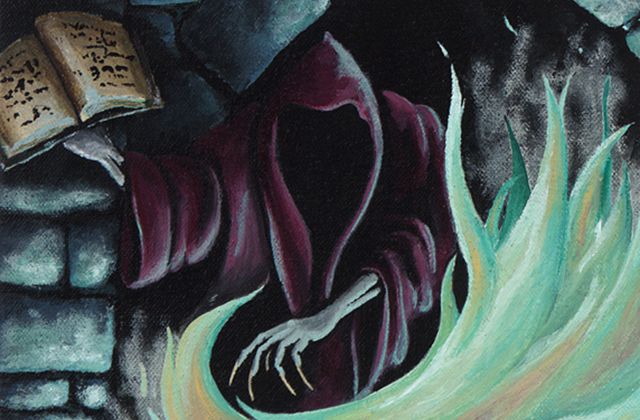
Dark Ritual | Illustration by Sandra Everingham
Alpha was an interesting set. Looking at it from the perspective of a modern MTG player, it’s filled with some of the most egregious cards in the game. Beyond the Power Nine, cards like Sinkhole, Mind Twist, and Channel are ludicrously powerful spells that were printed alongside things like… Burrowing. But there’s so much charm here as well! Fun art, flavorful designs, and mechanics that would become the foundation of the game we all love. Plus so many Vintage Cube staples!
What’s your favorite card from Alpha? Do you know any fun trivia about the set? Let me know in the comments or on the Draftsim Discord!
Stay safe, and thanks for reading!
Note: this post contains affiliate links. If you use these links to make a purchase, you’ll help Draftsim continue to provide awesome free articles and apps.
Follow Draftsim for awesome articles and set updates: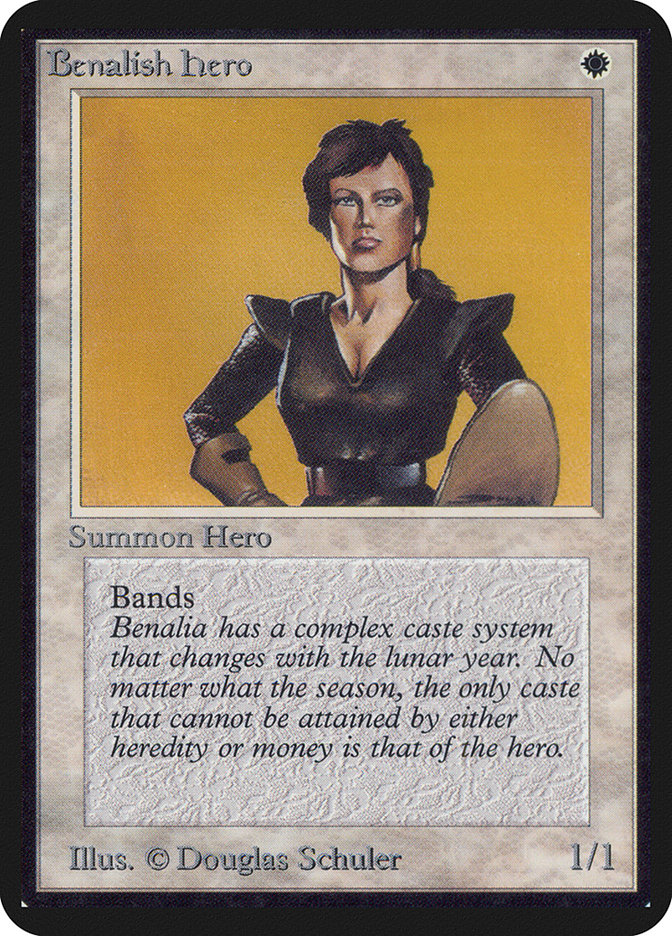


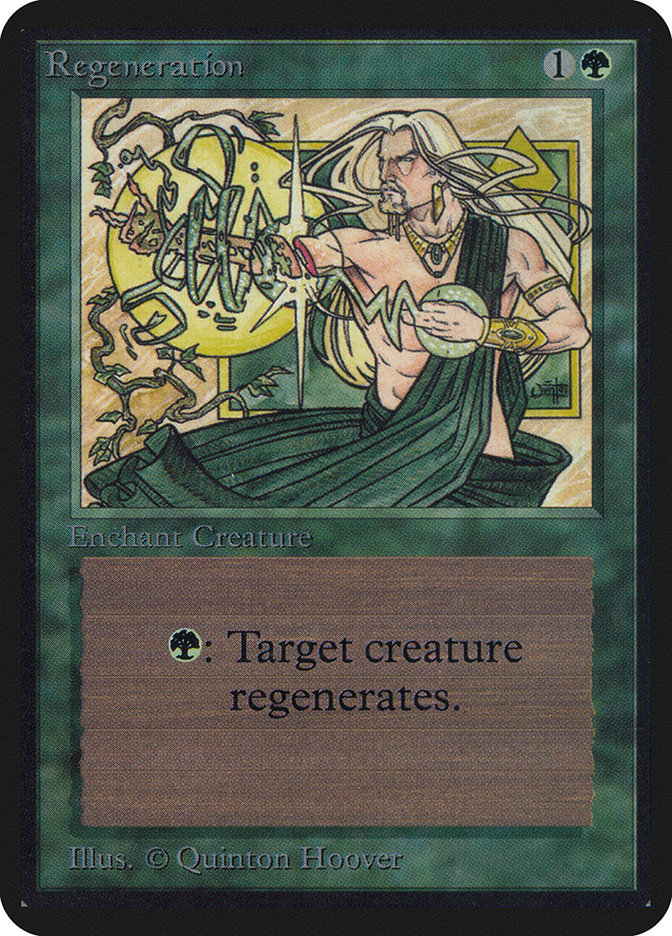
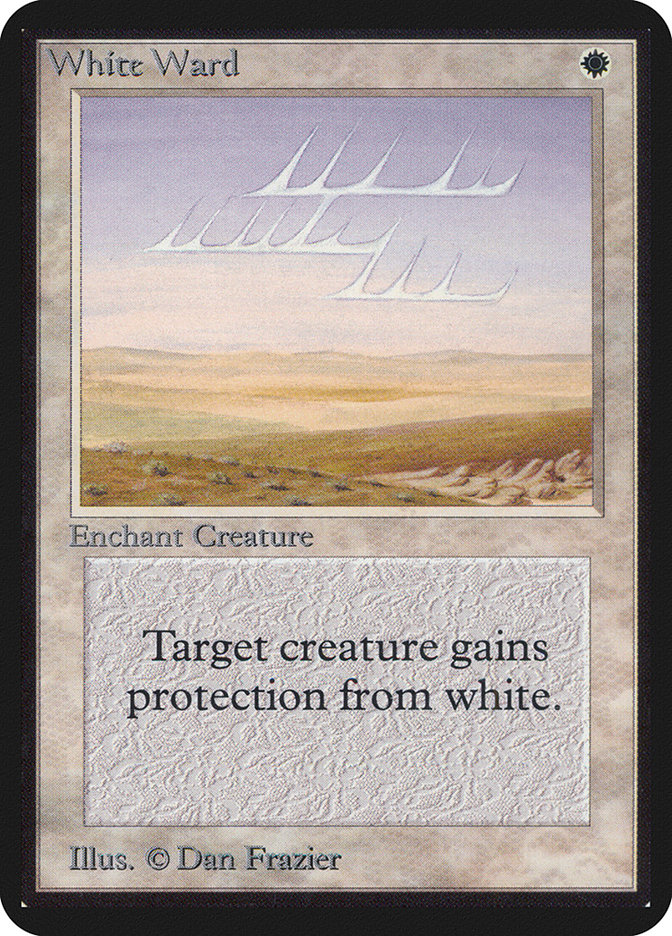
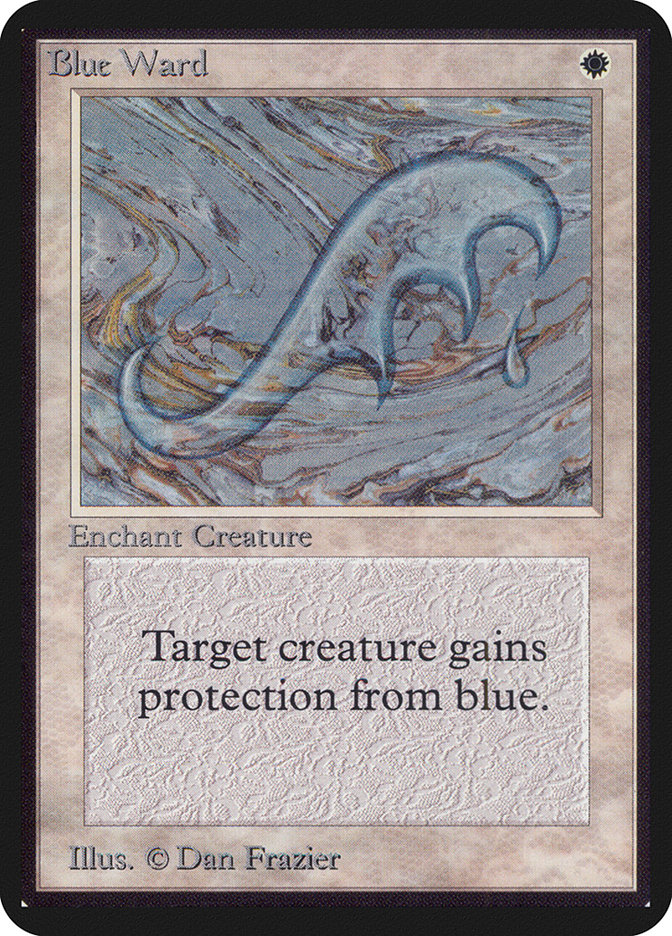


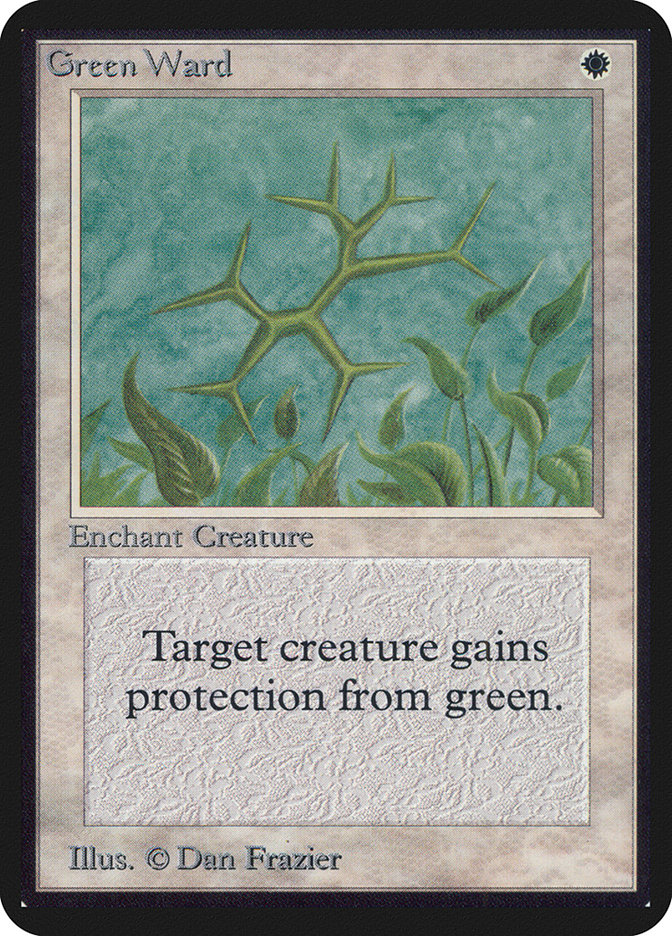

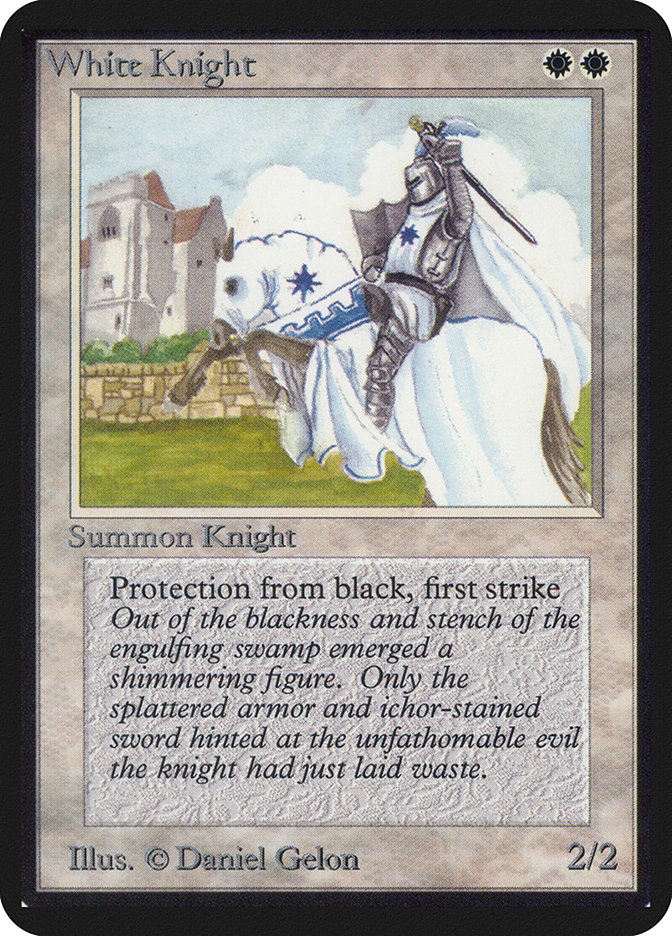
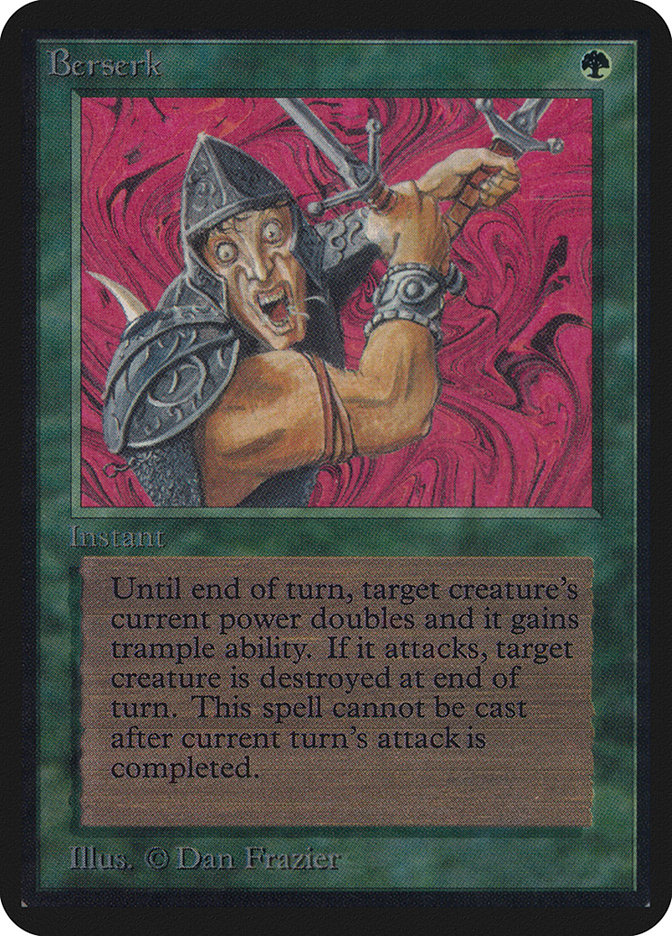
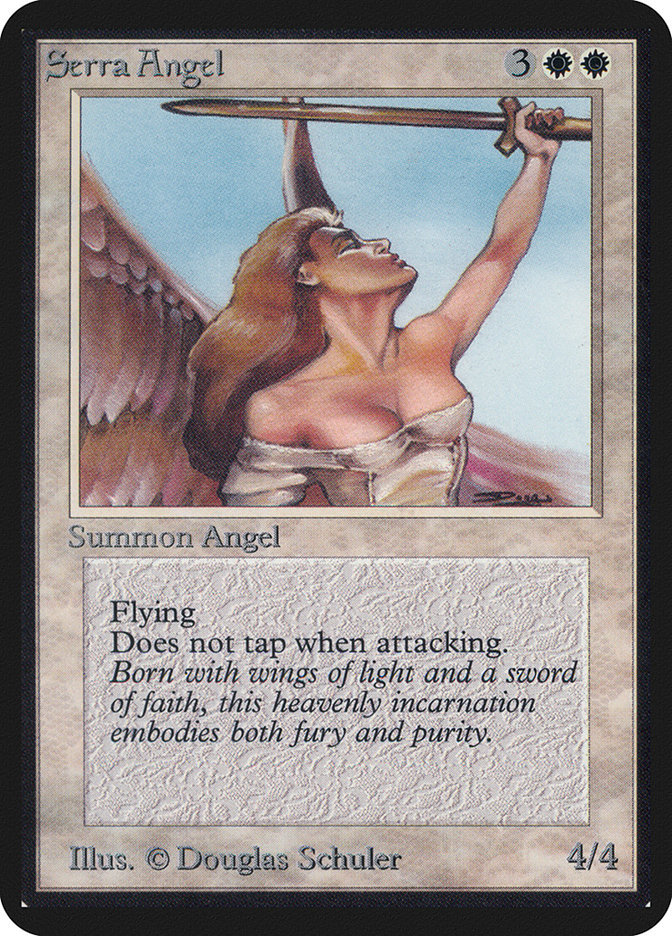
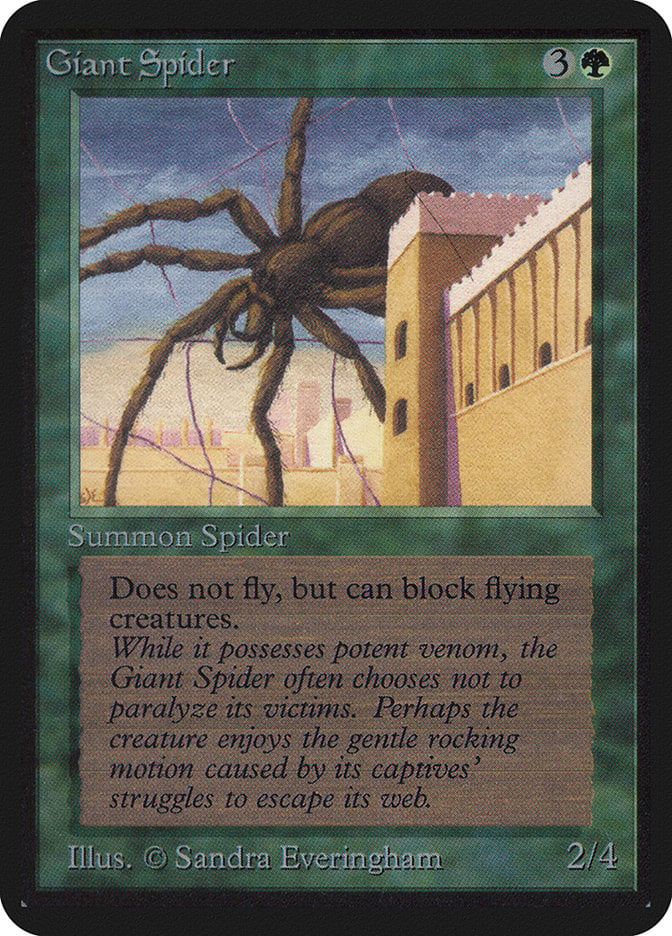
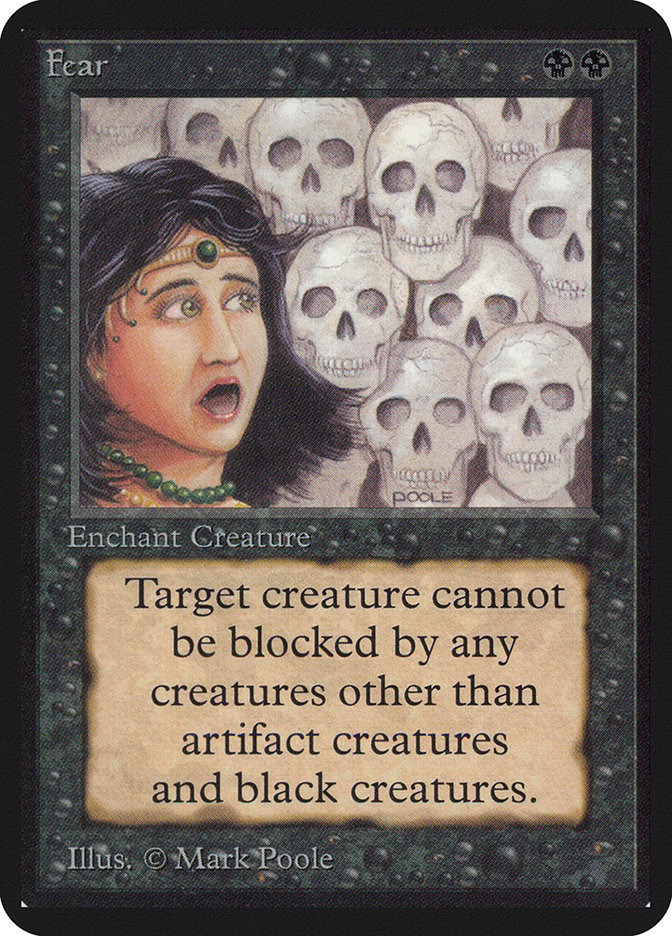
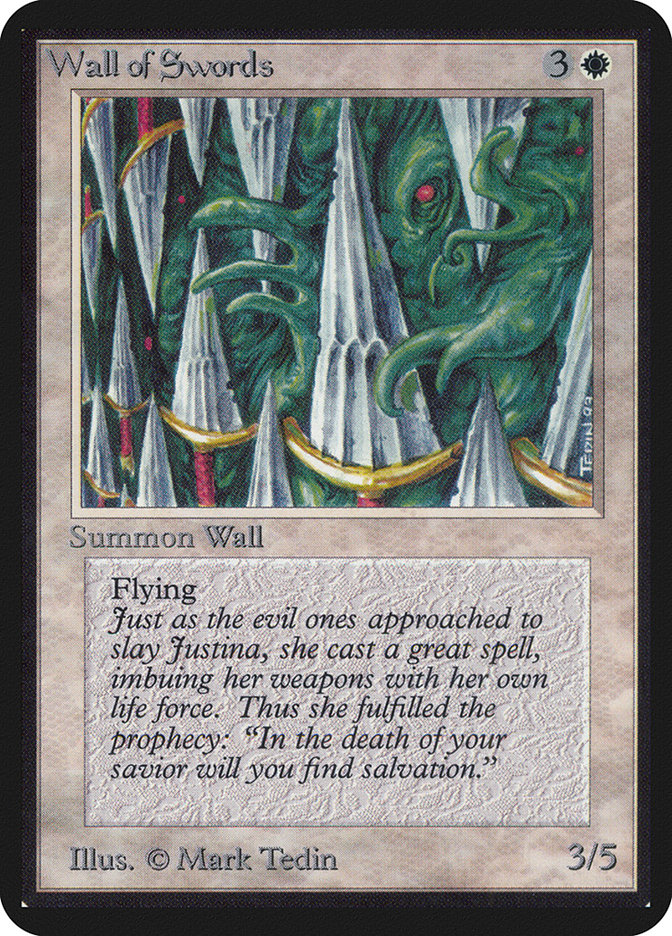
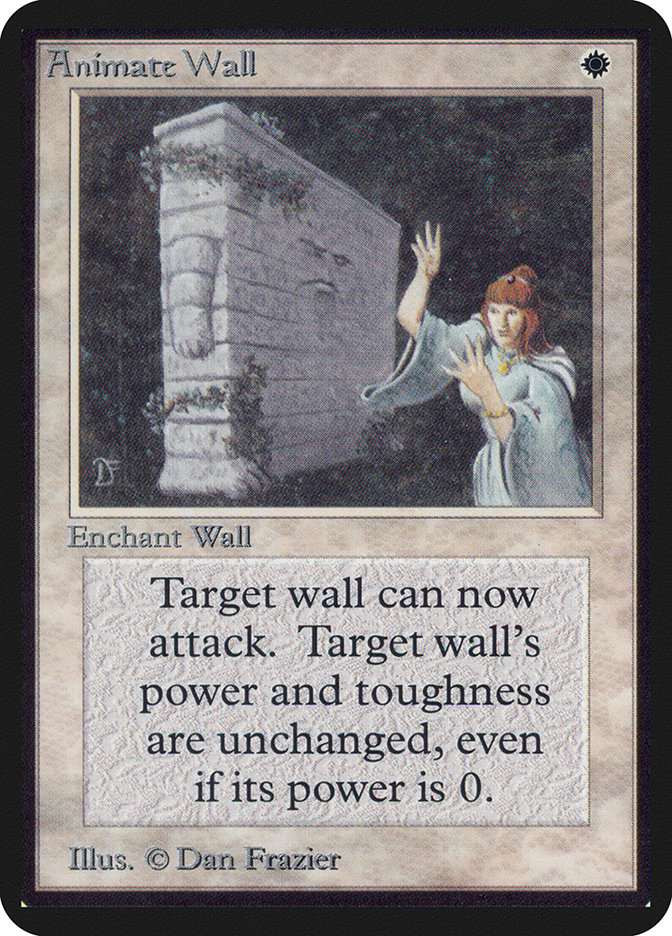
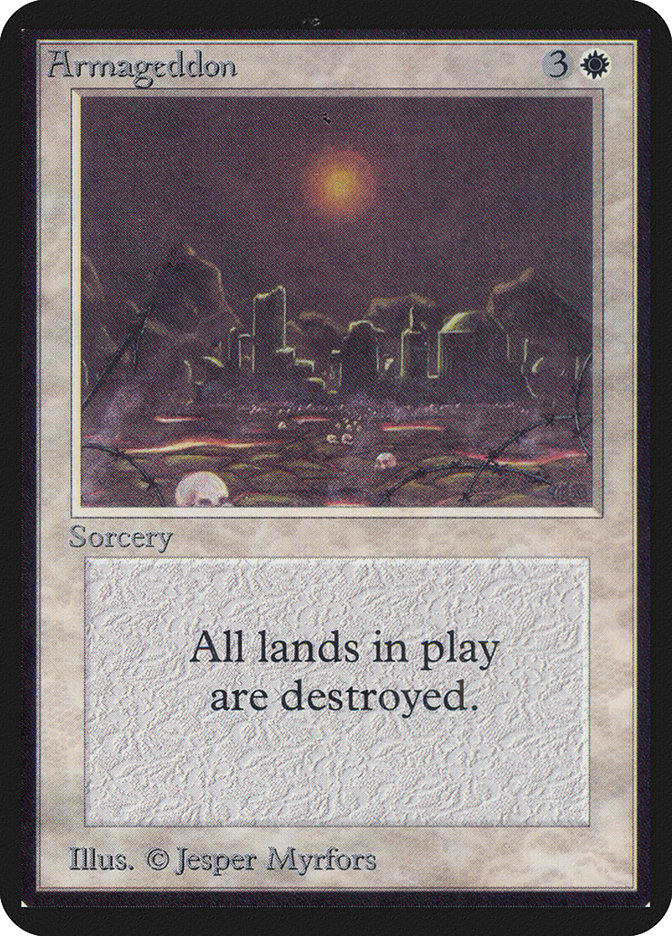
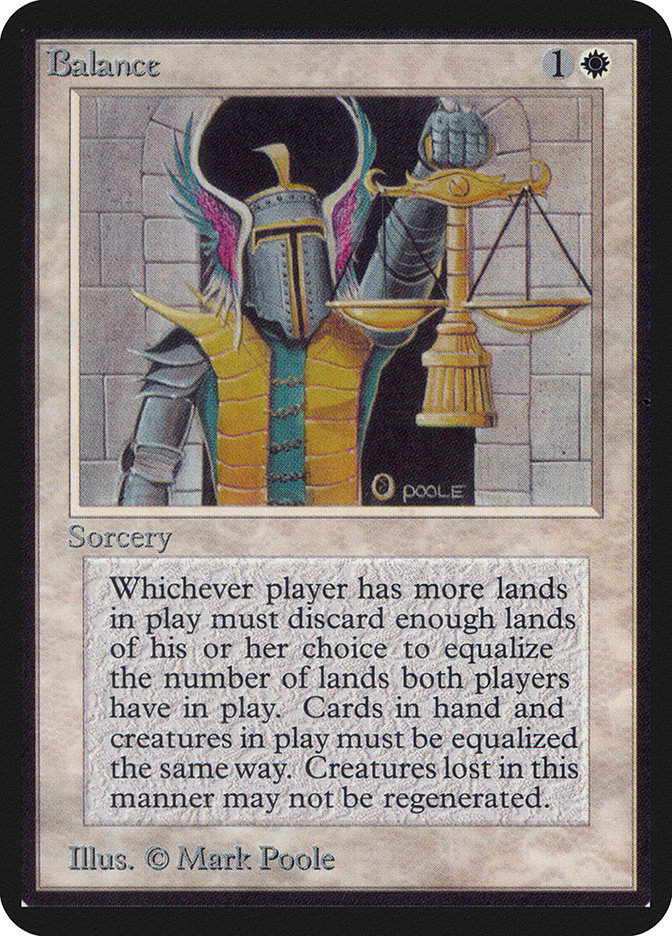
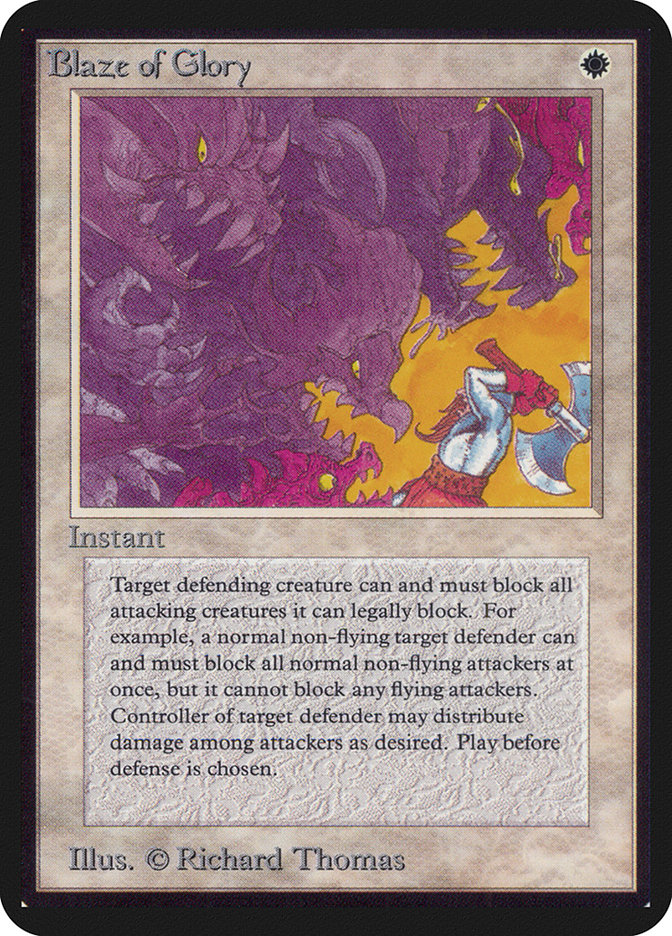

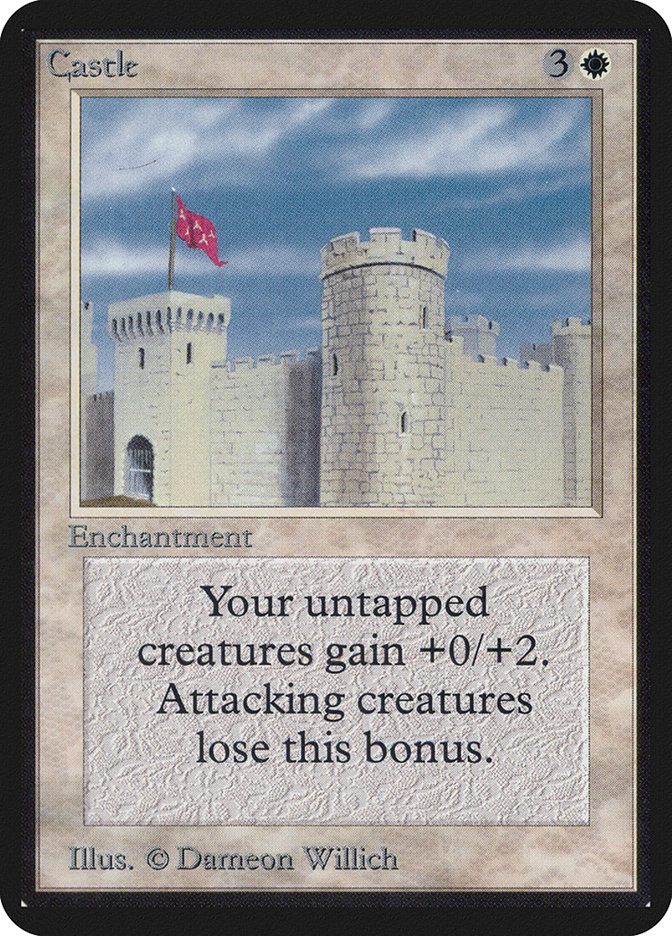
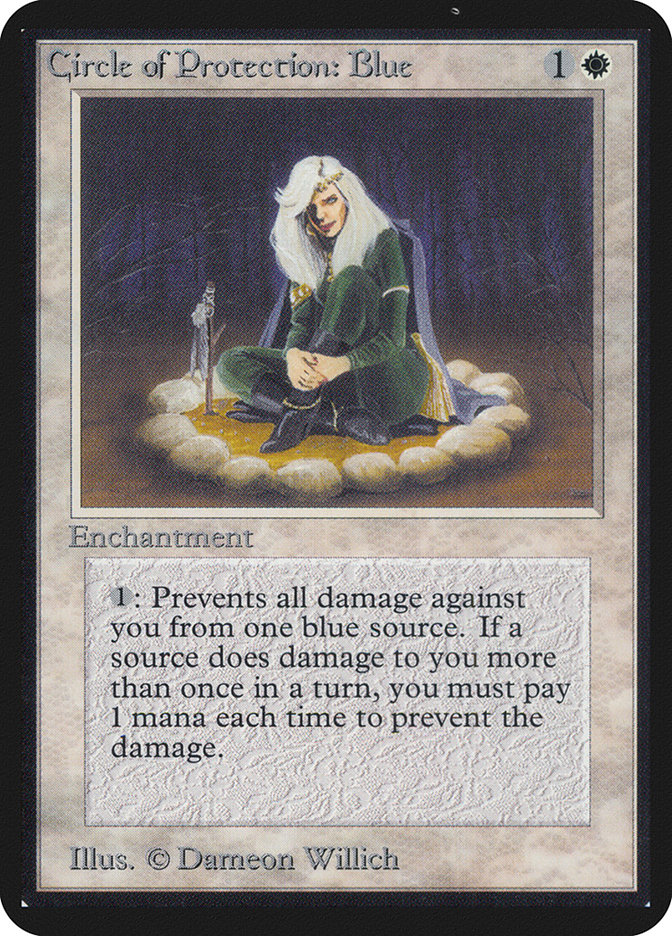
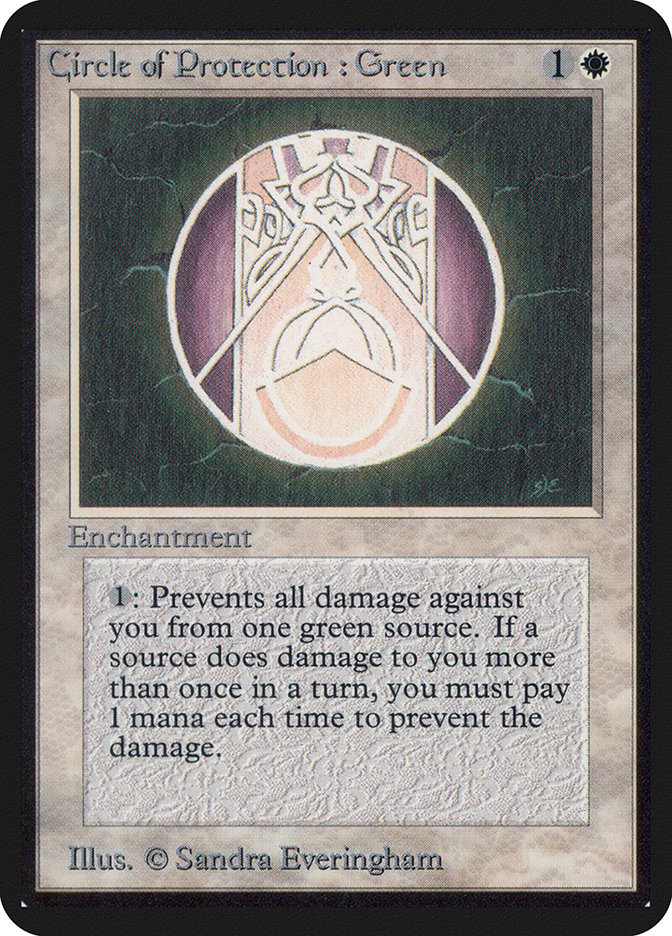
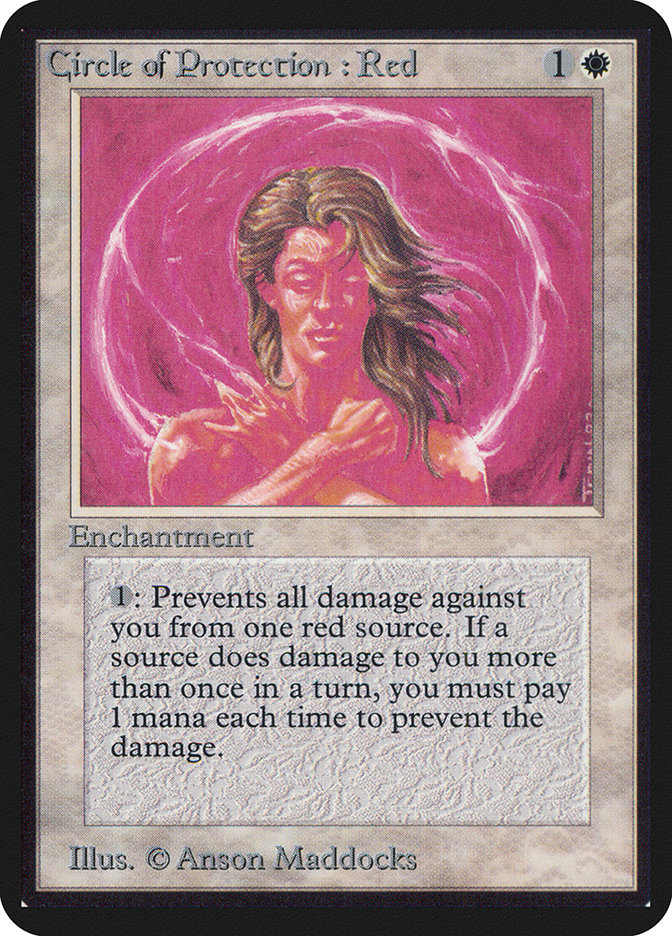
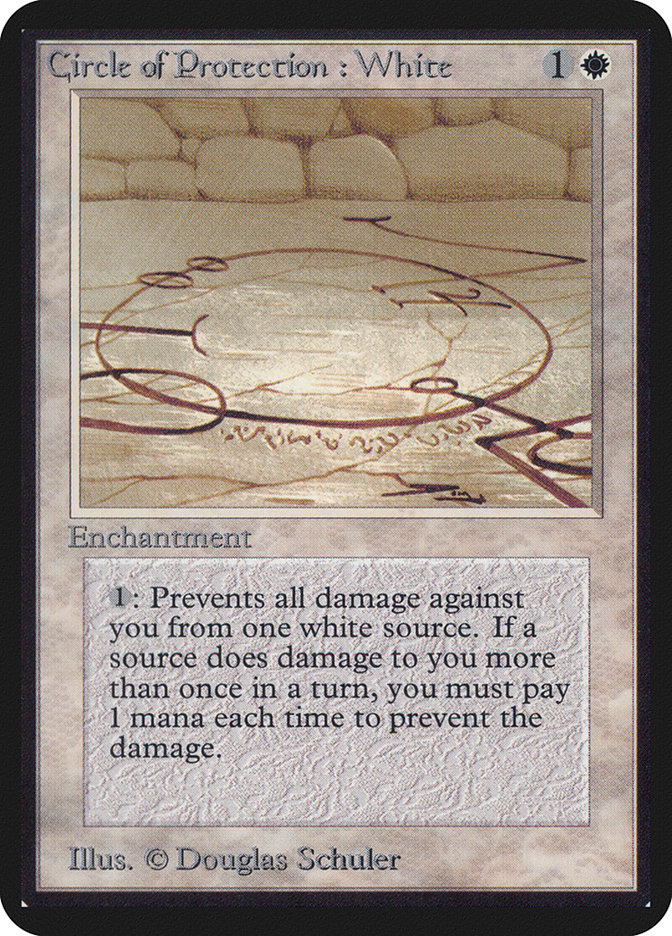
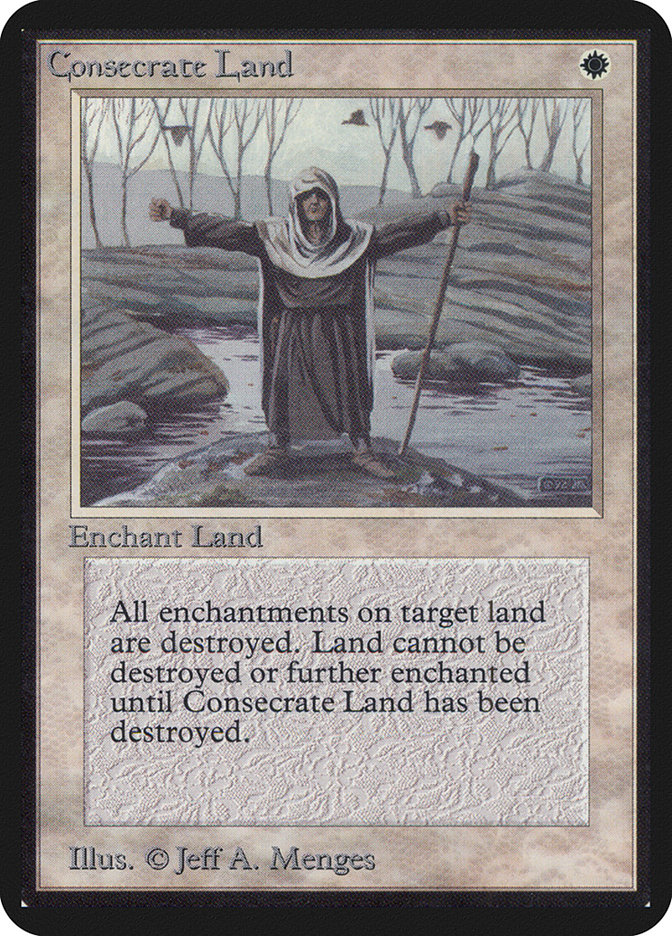
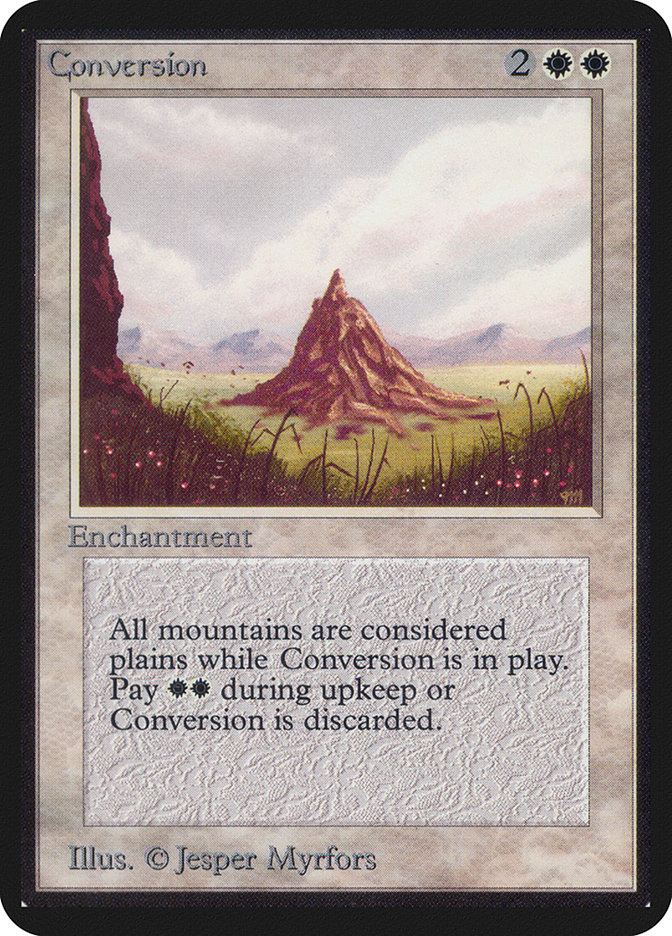

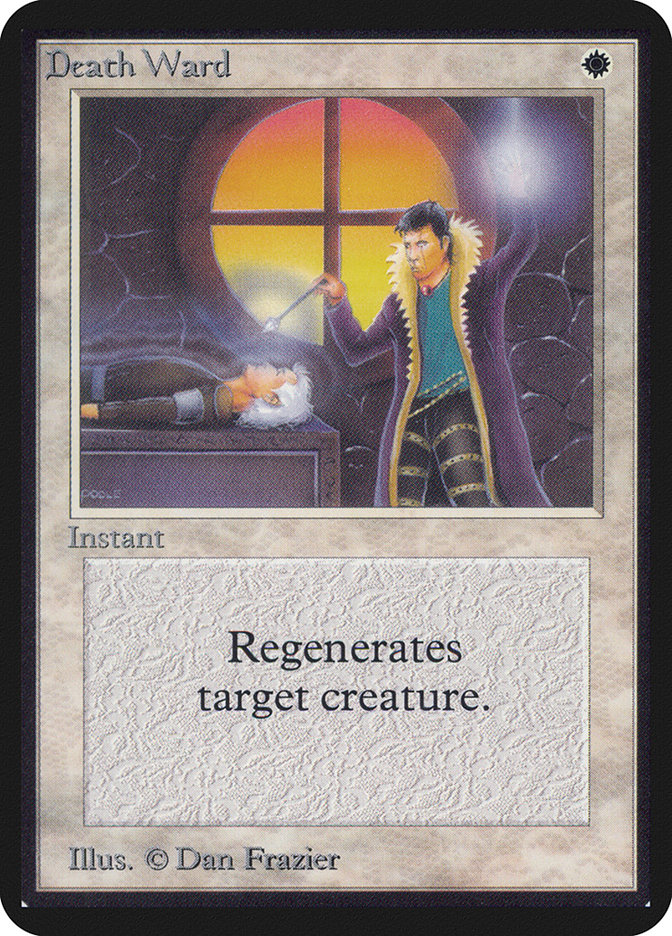
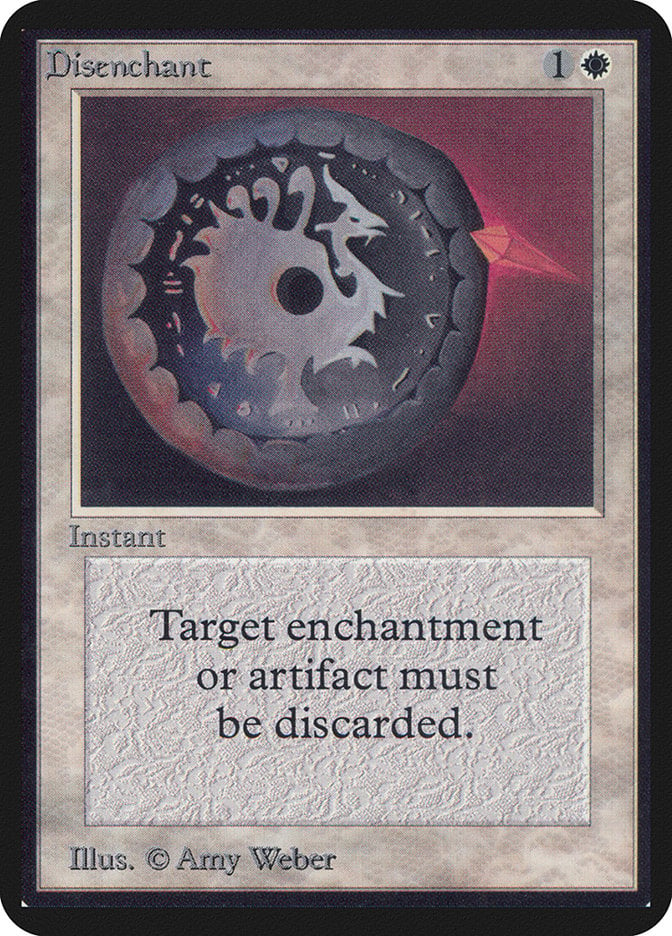
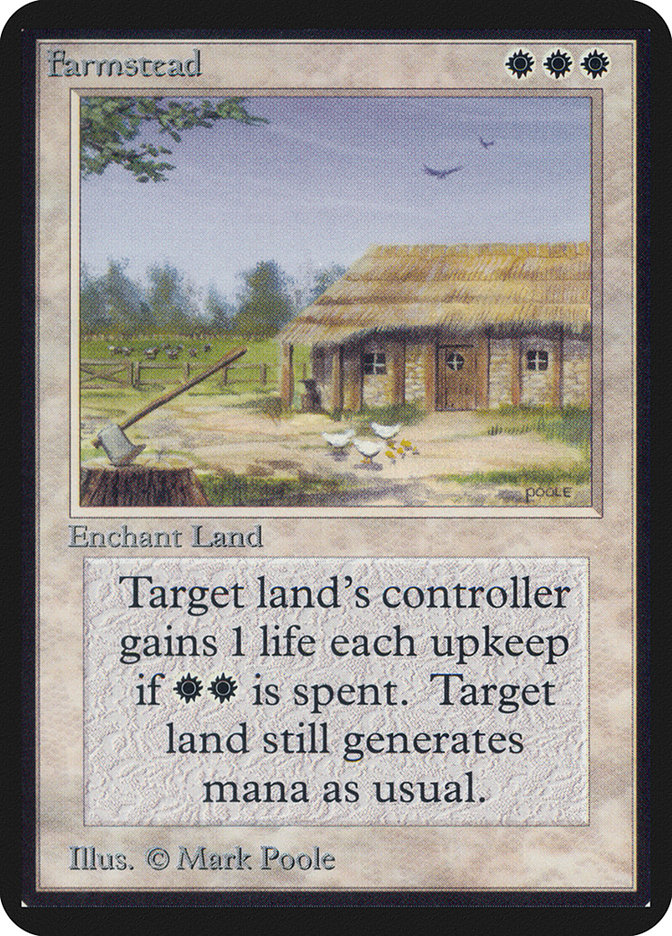
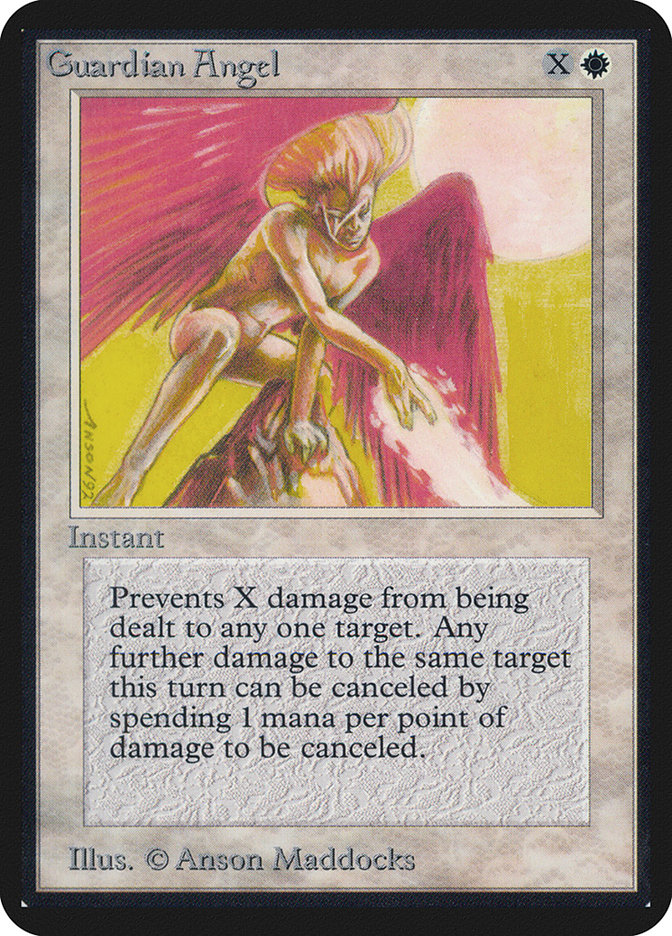

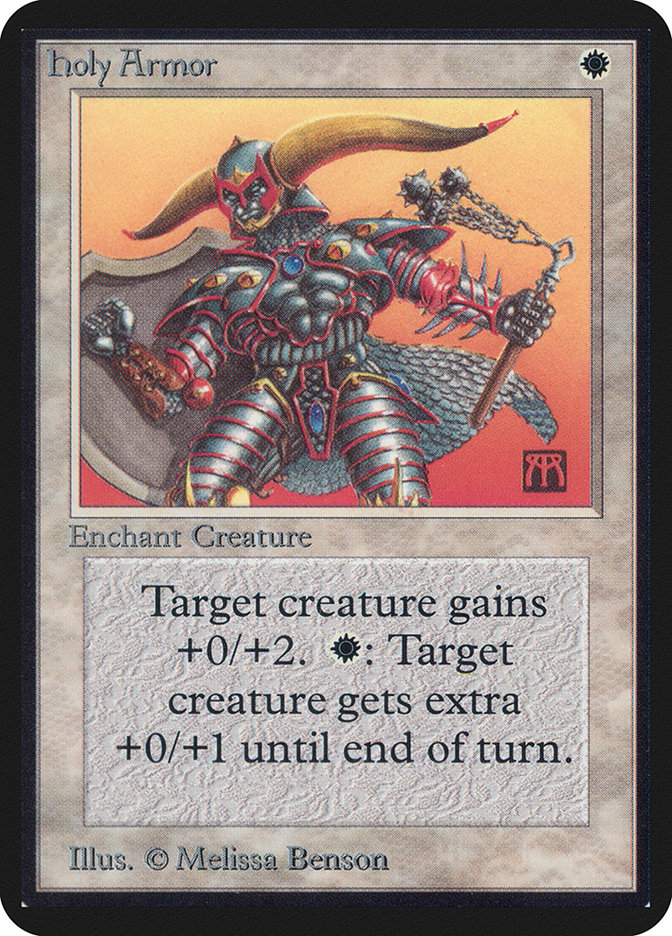

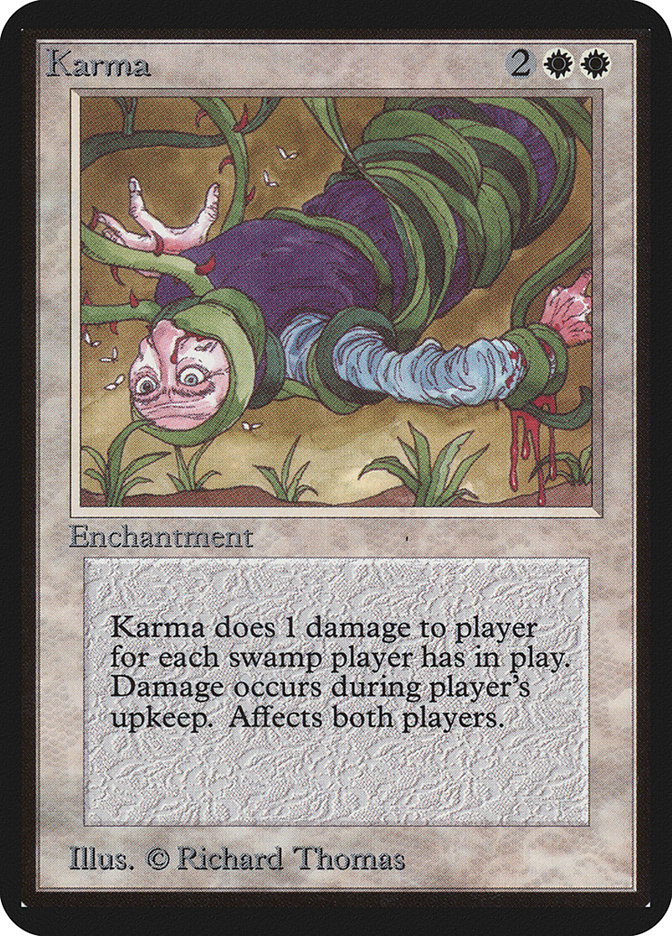
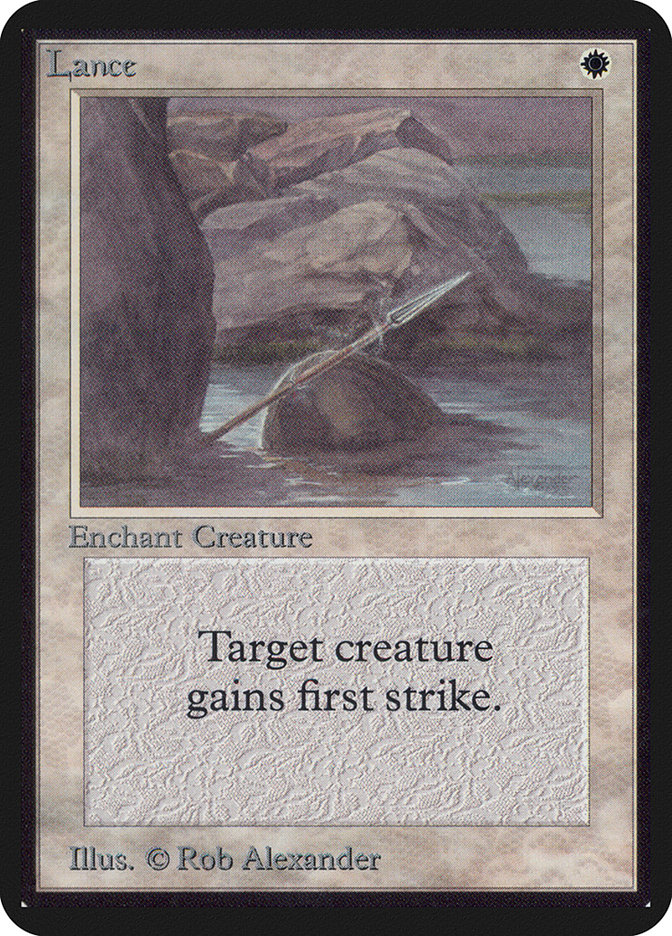
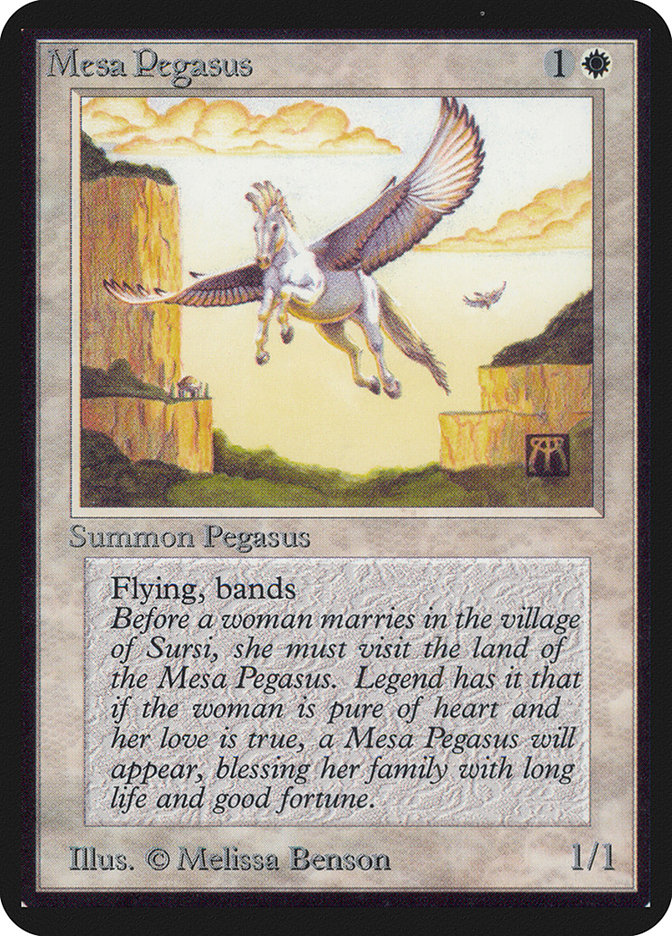

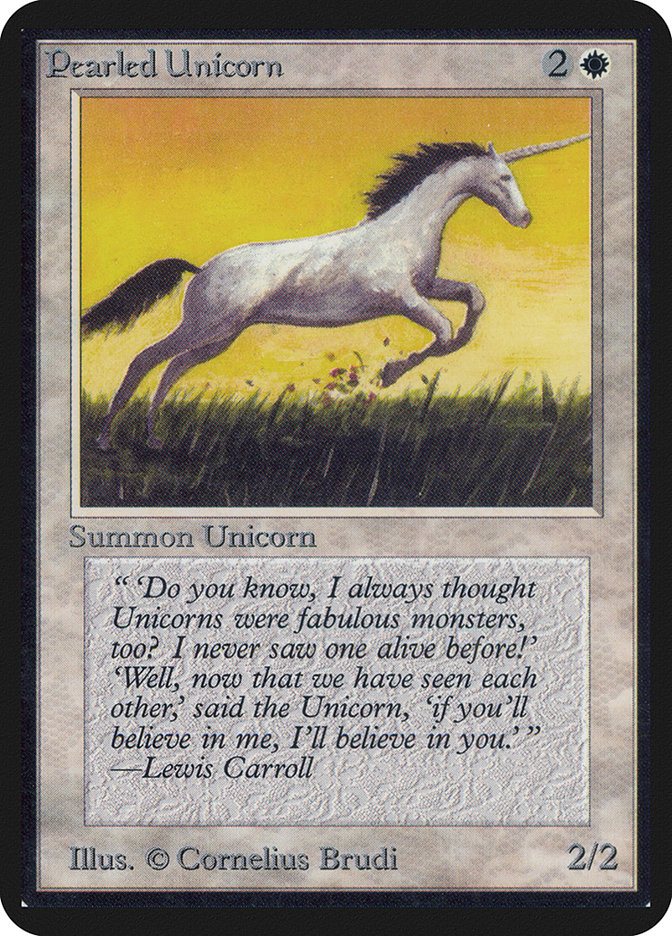

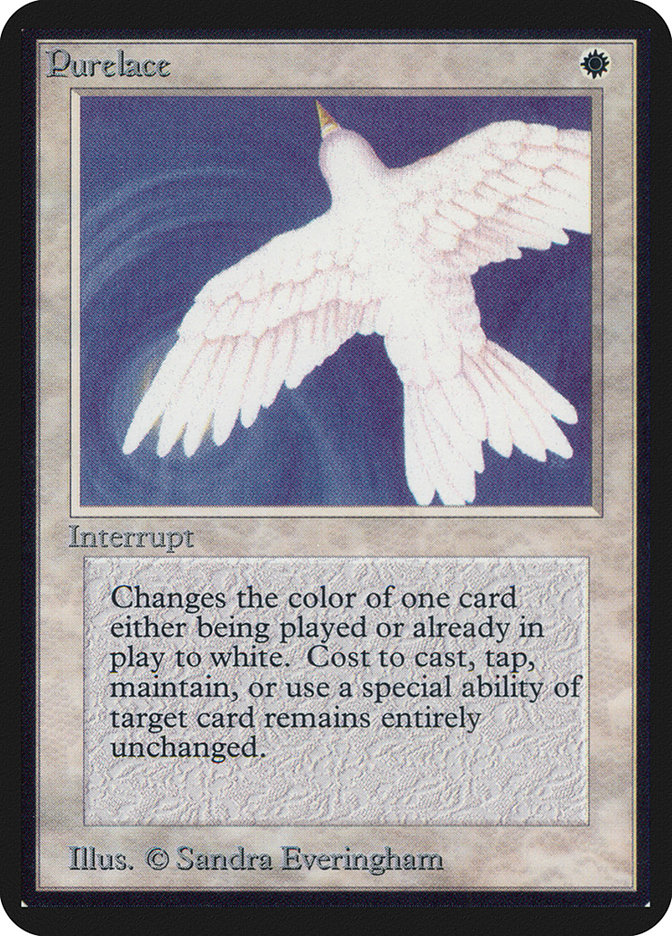
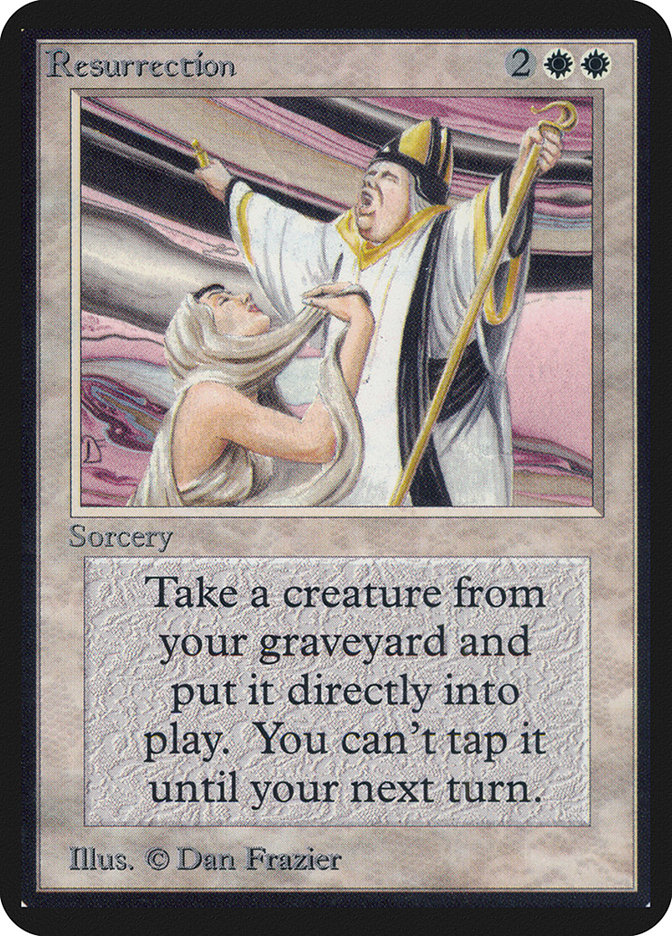
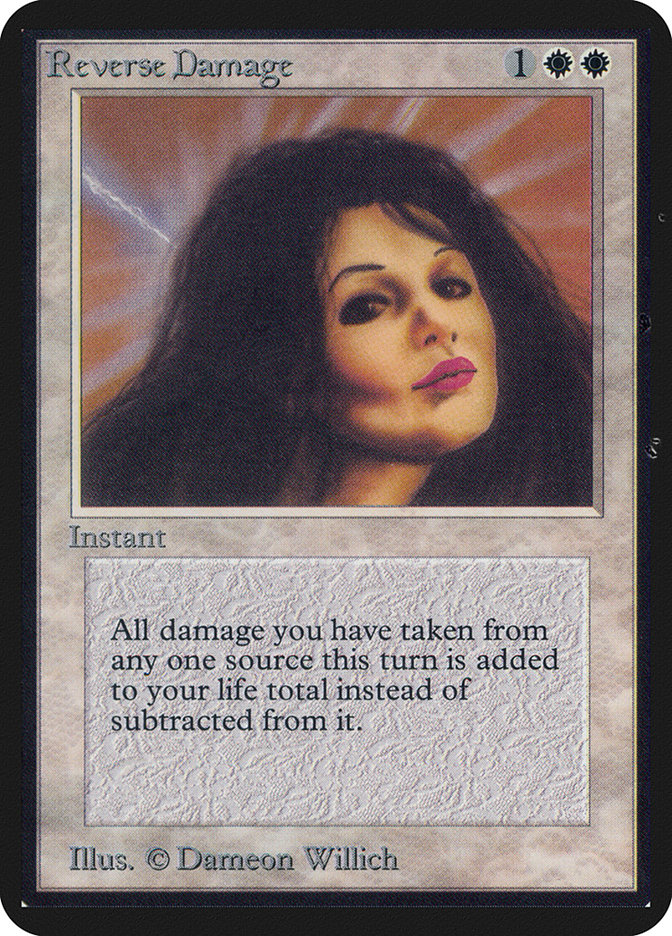

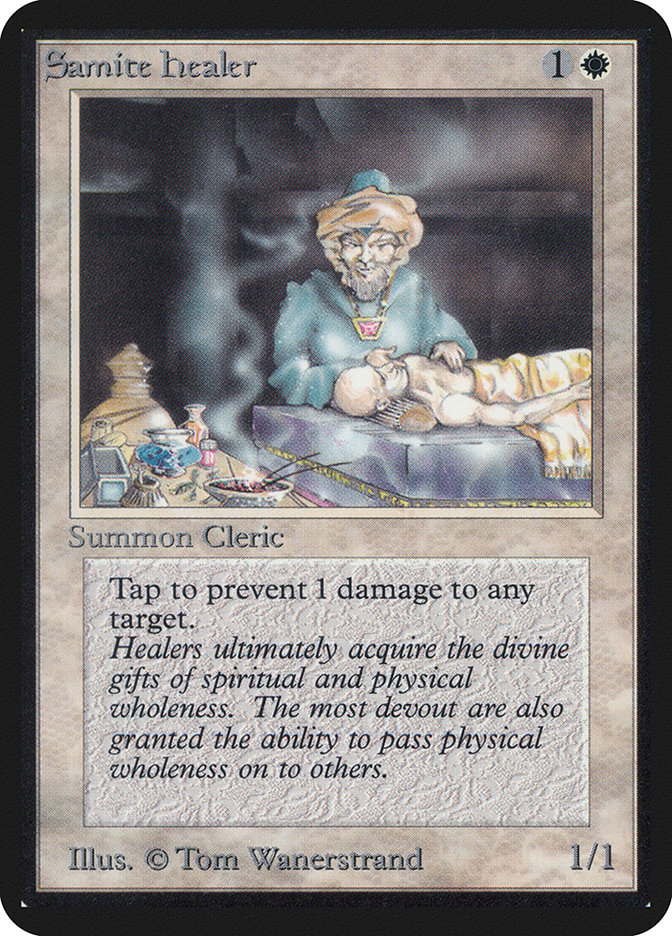
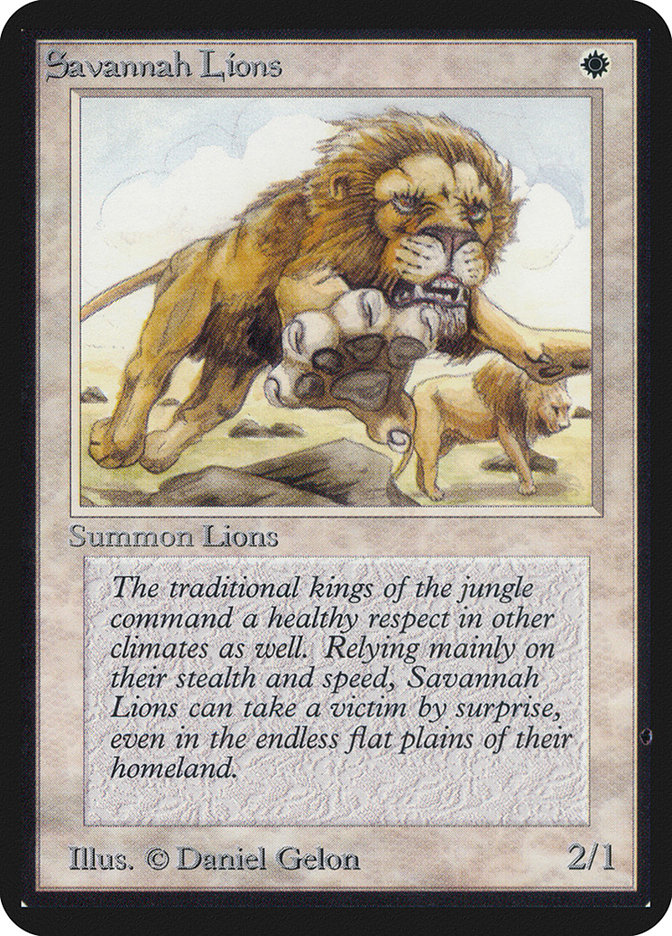

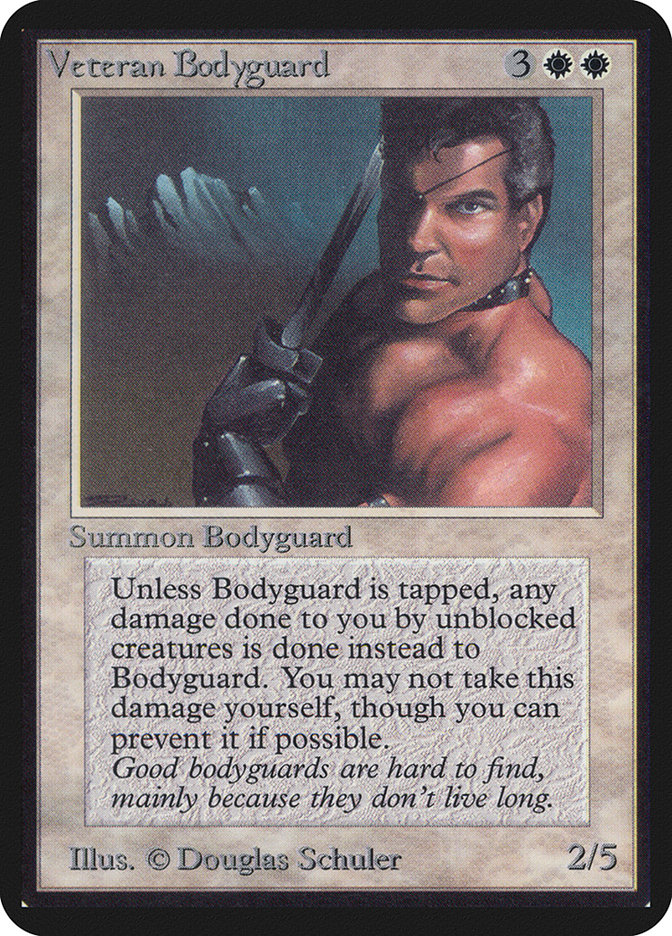
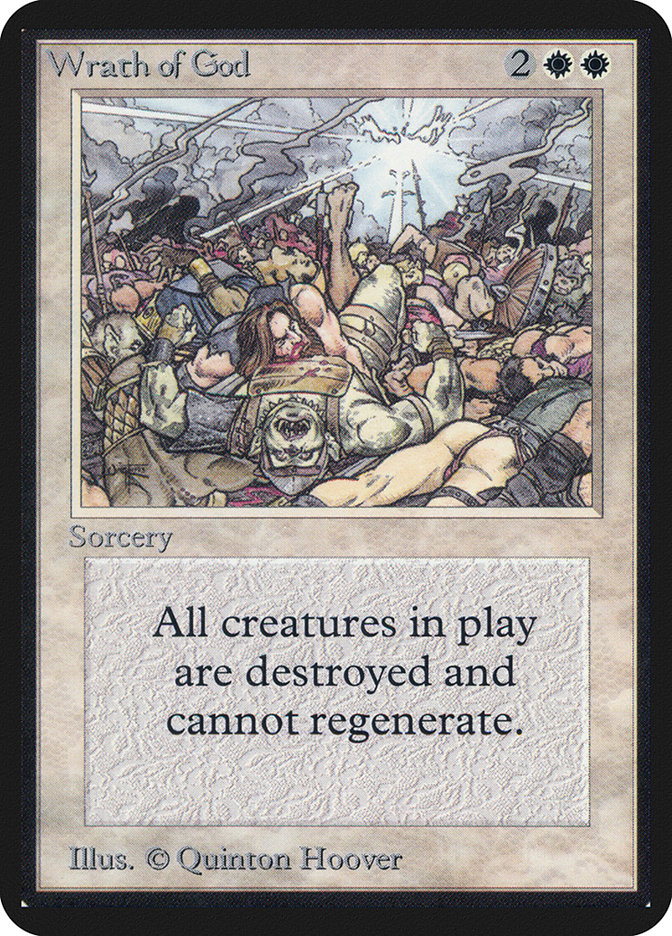
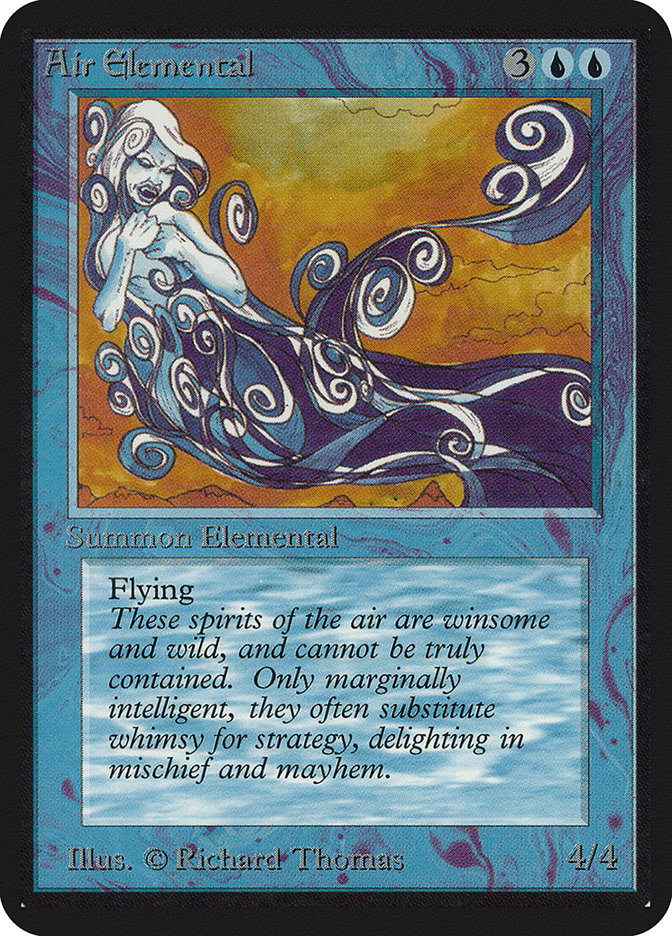
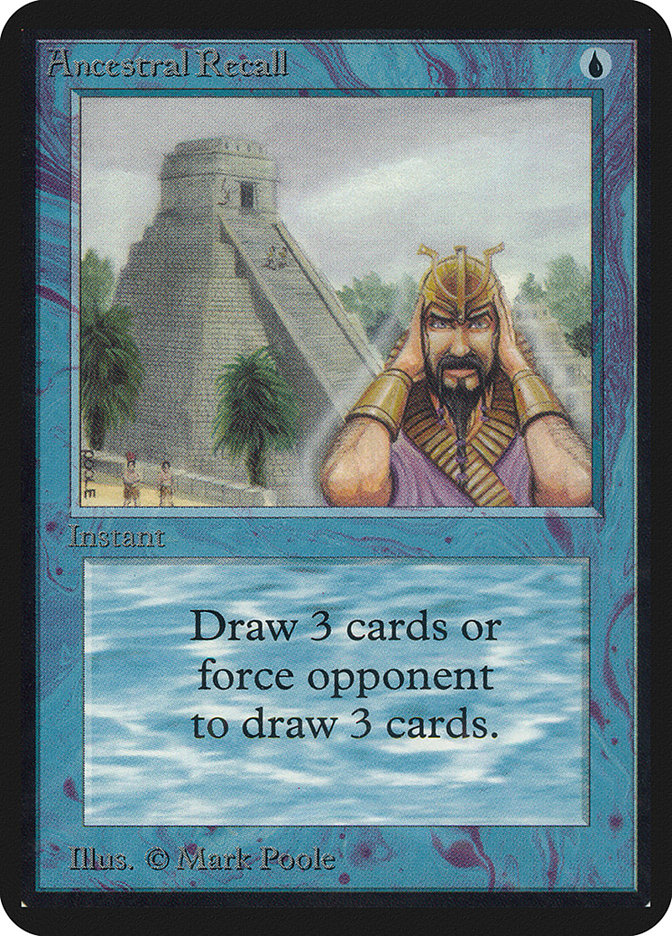

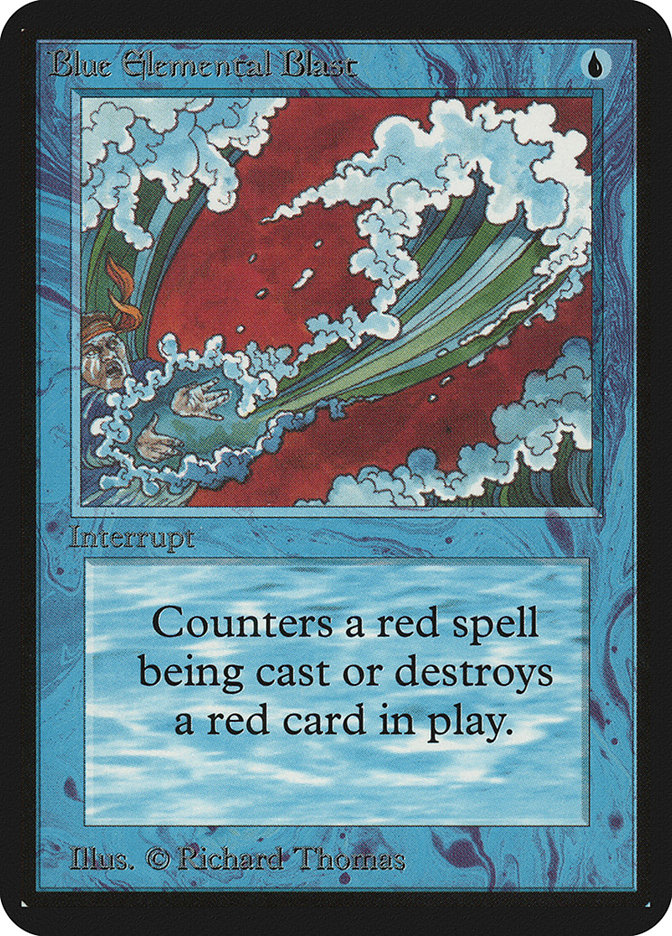
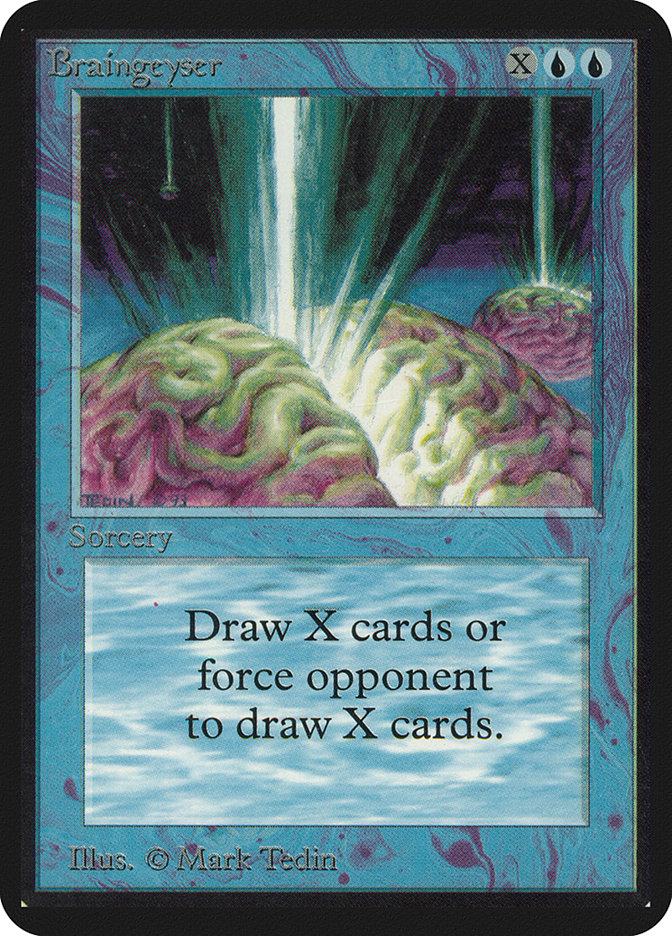
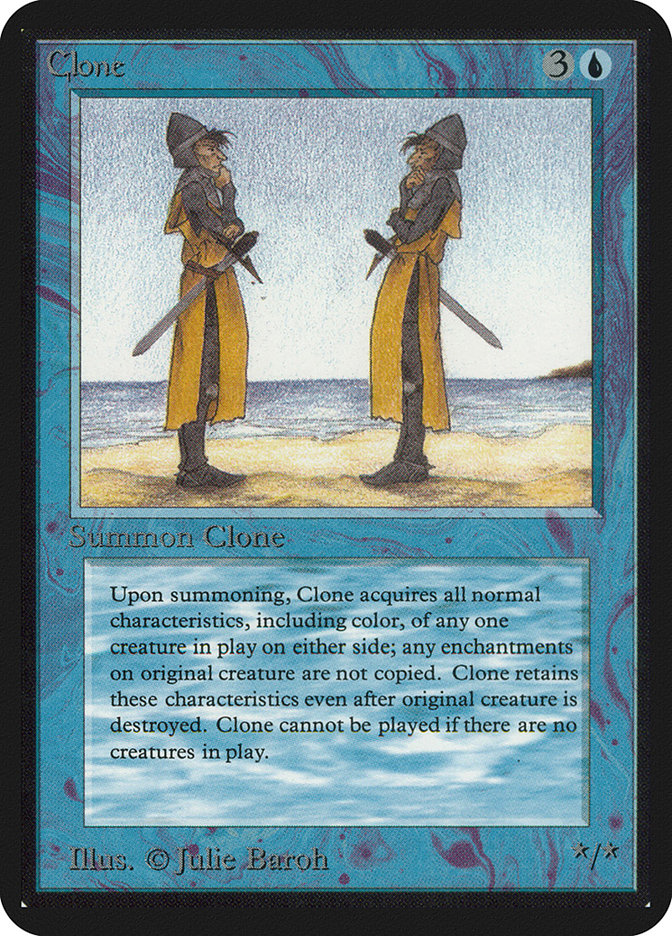

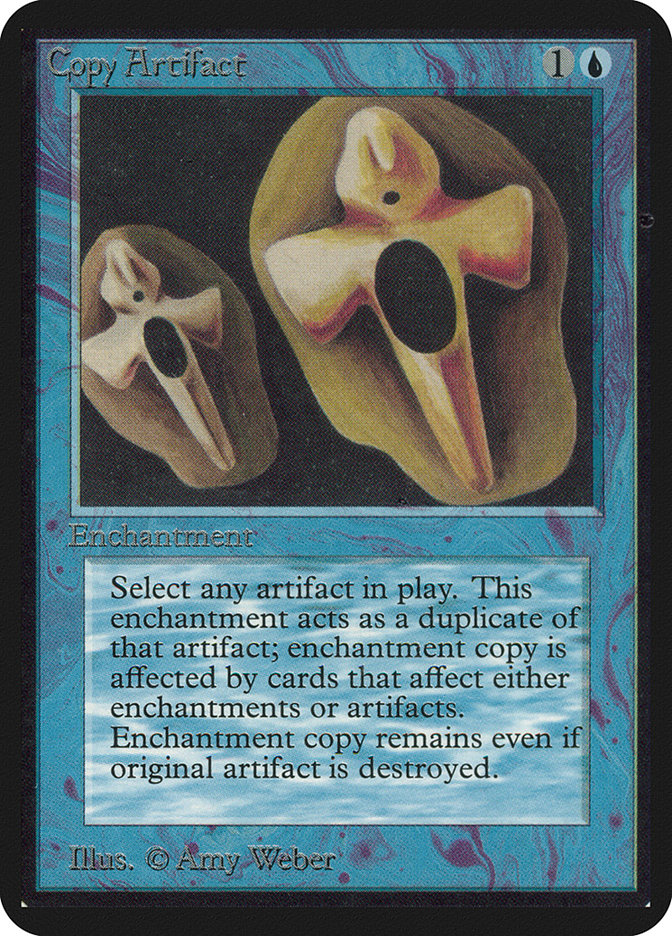

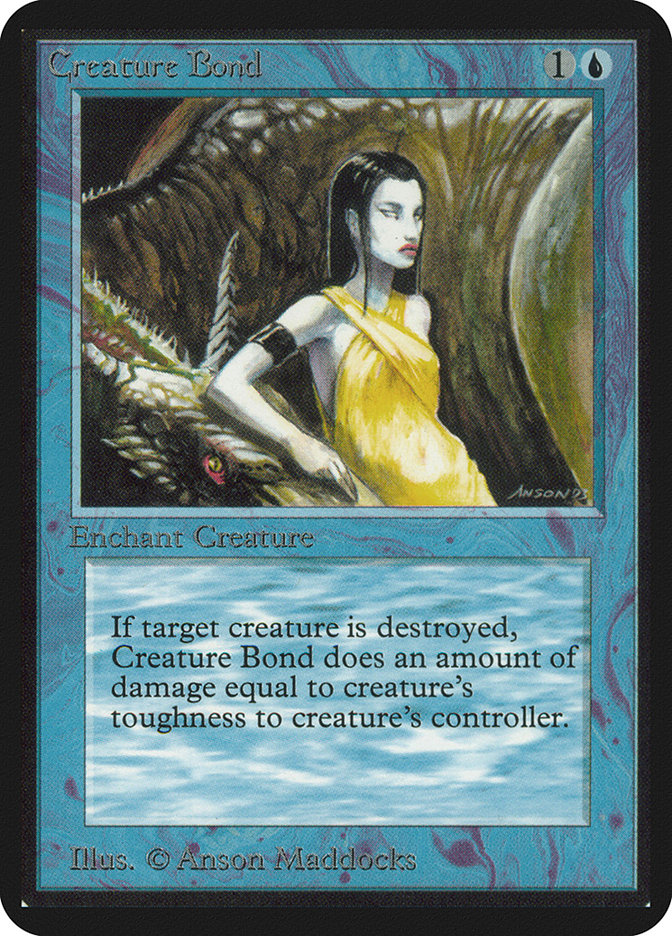
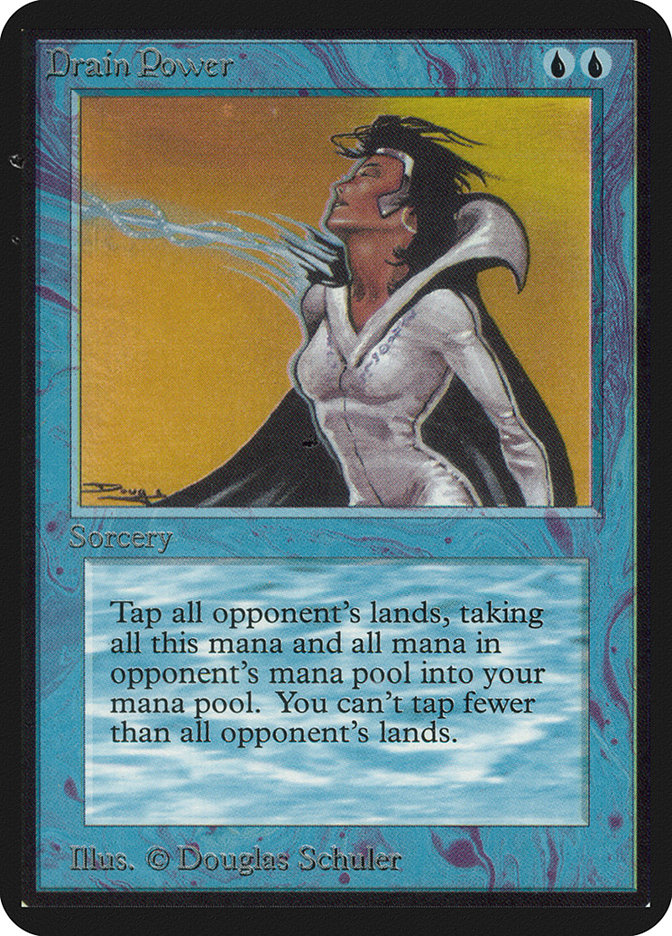

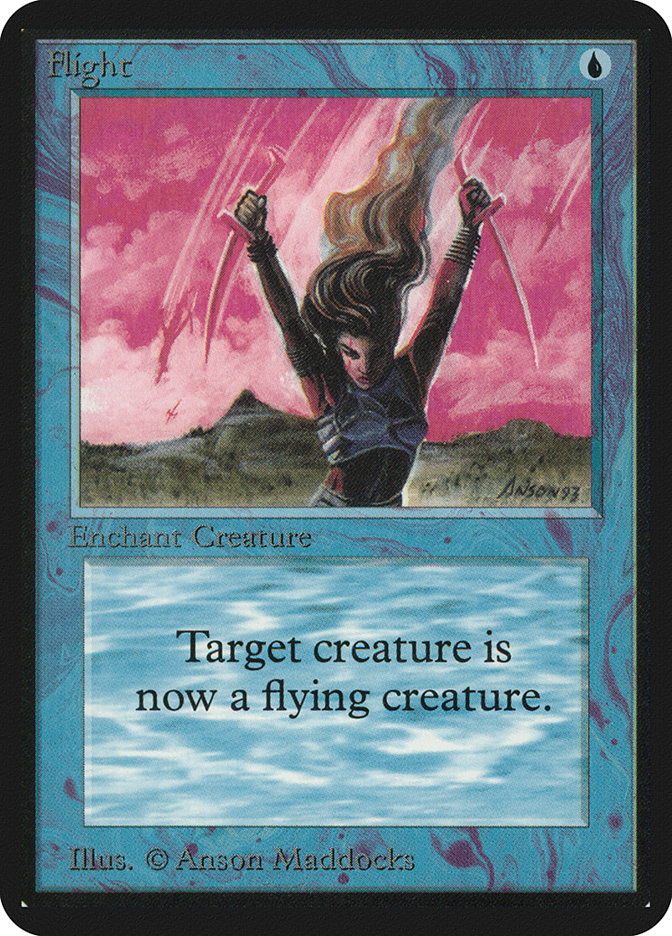
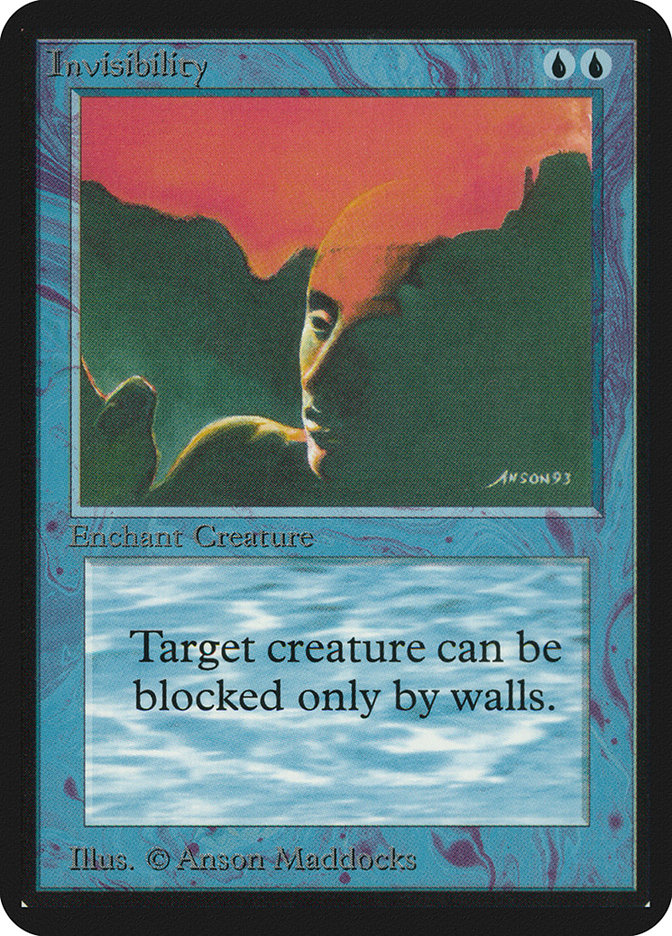
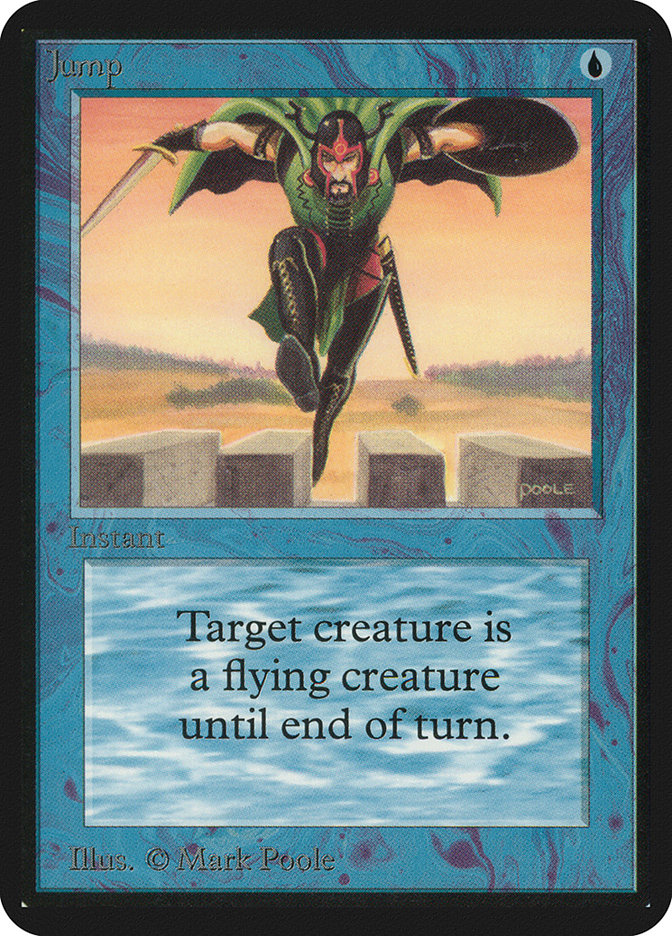
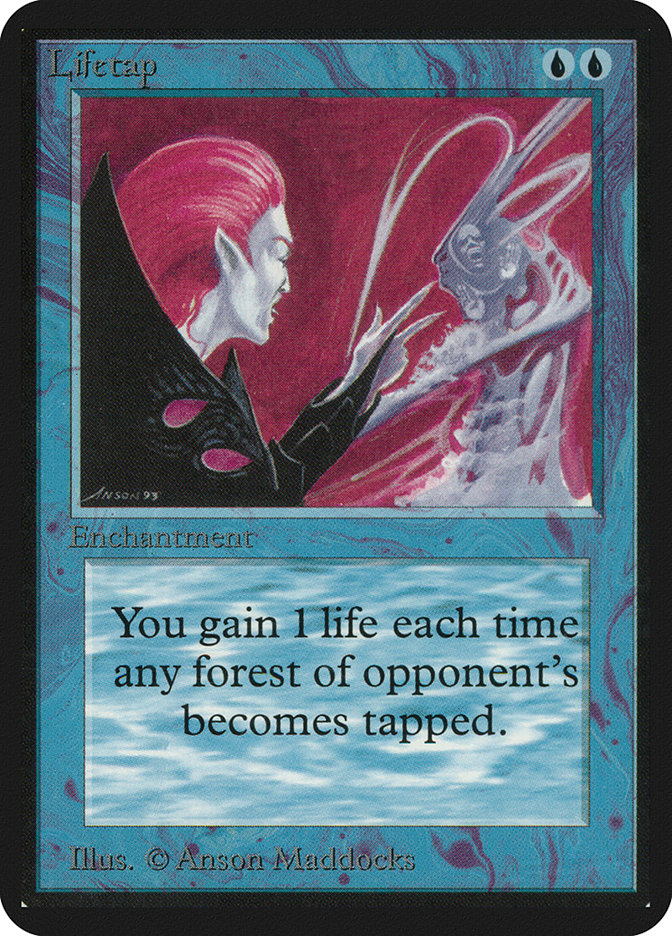

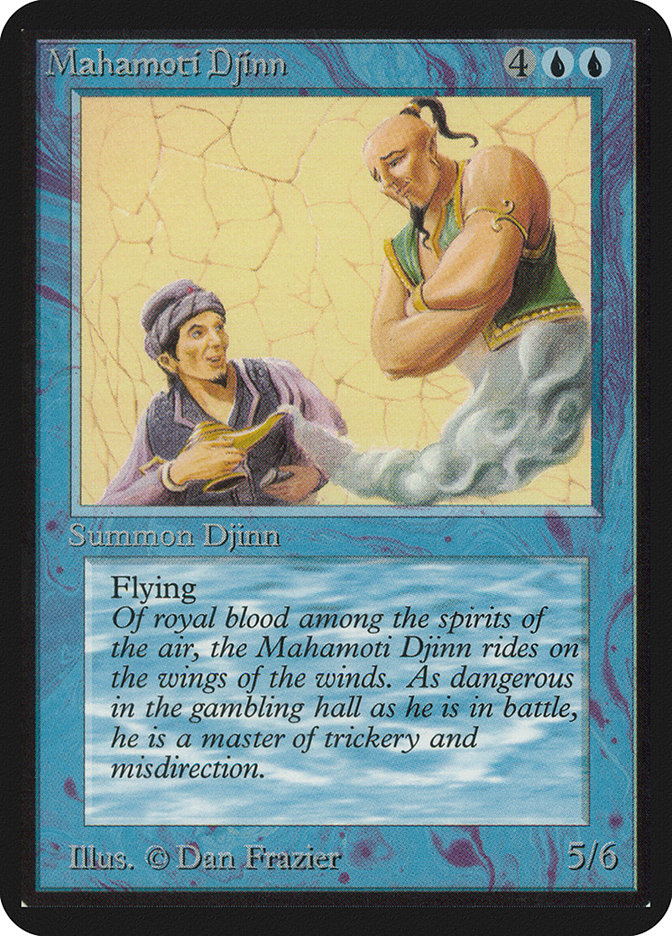
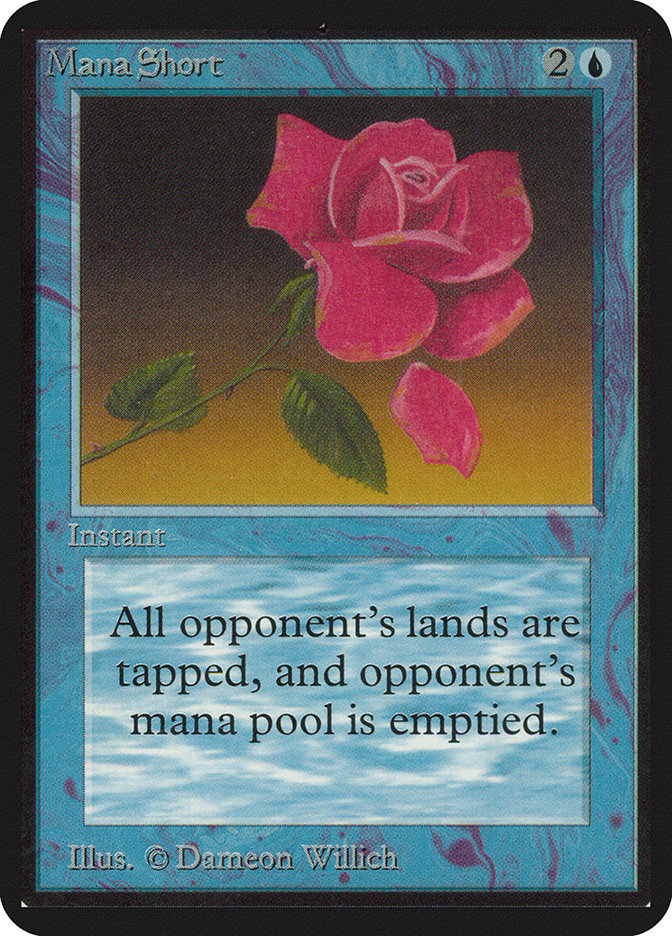
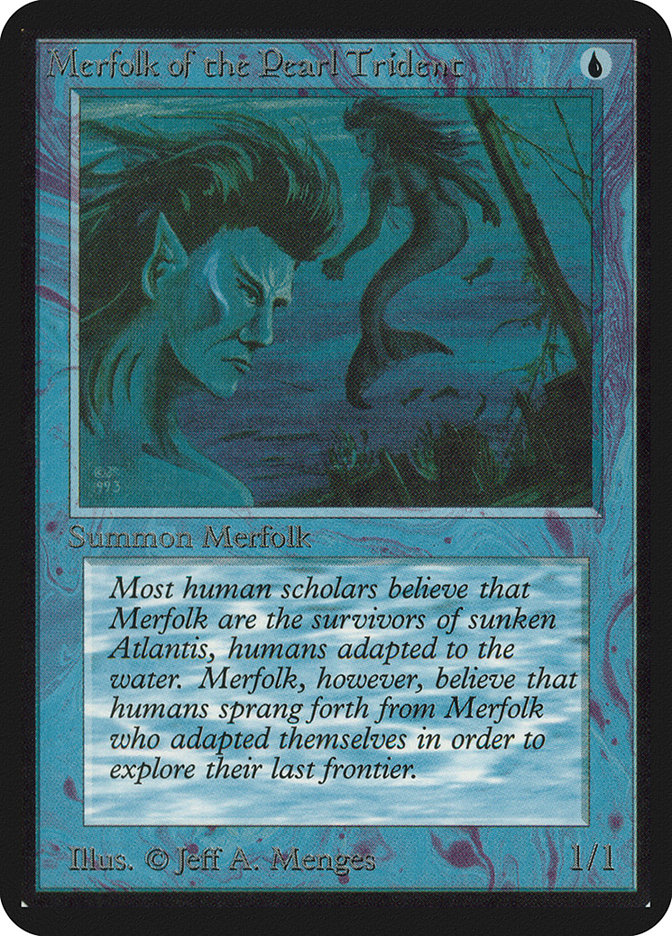
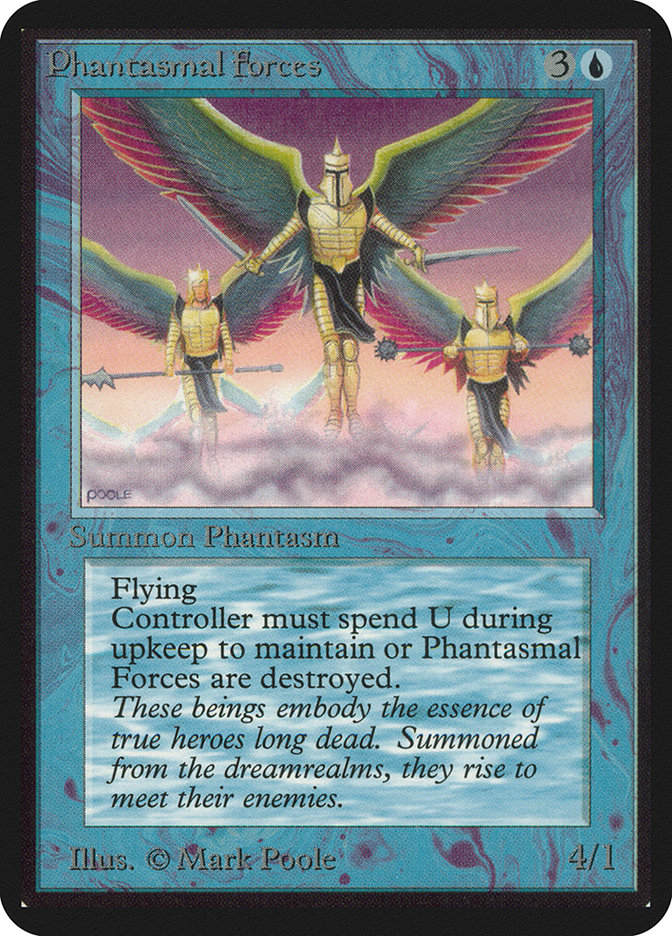
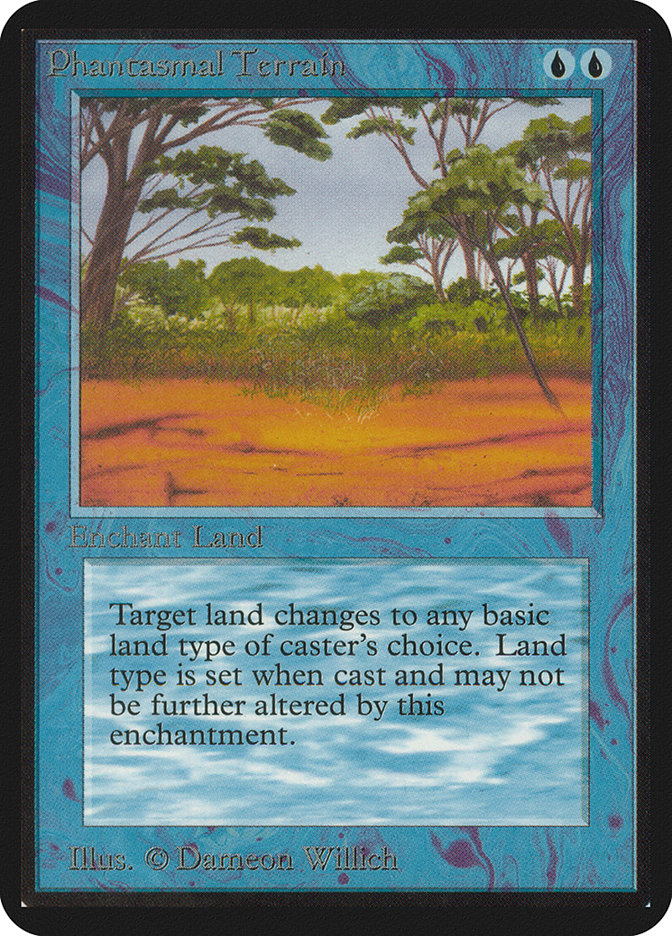
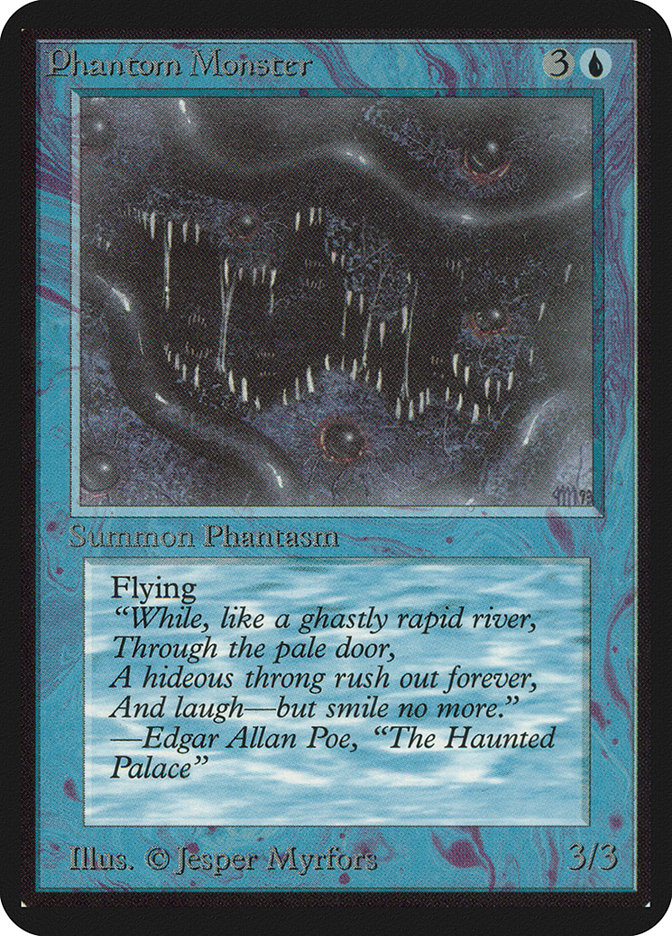


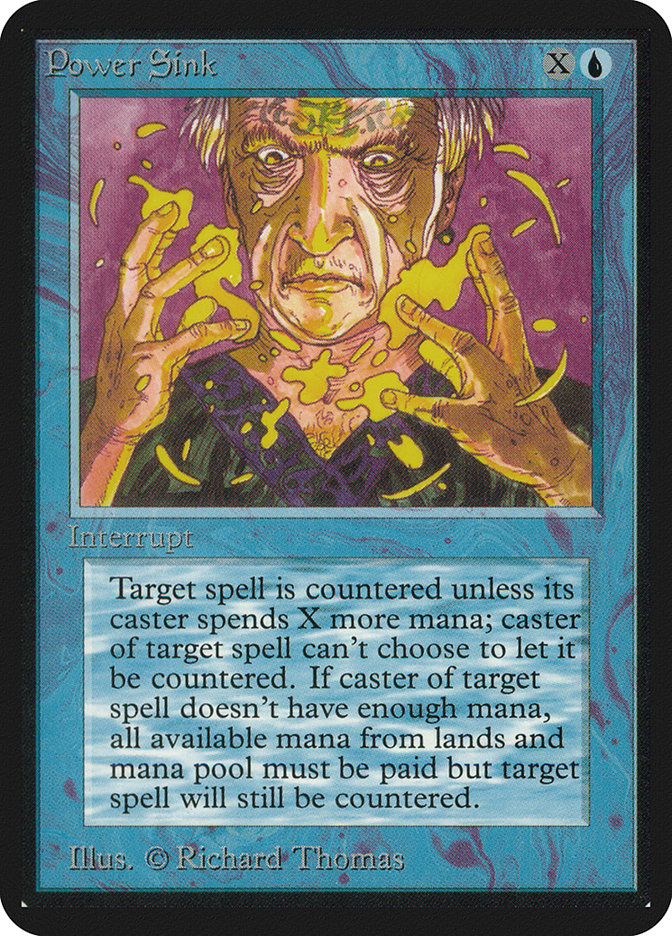
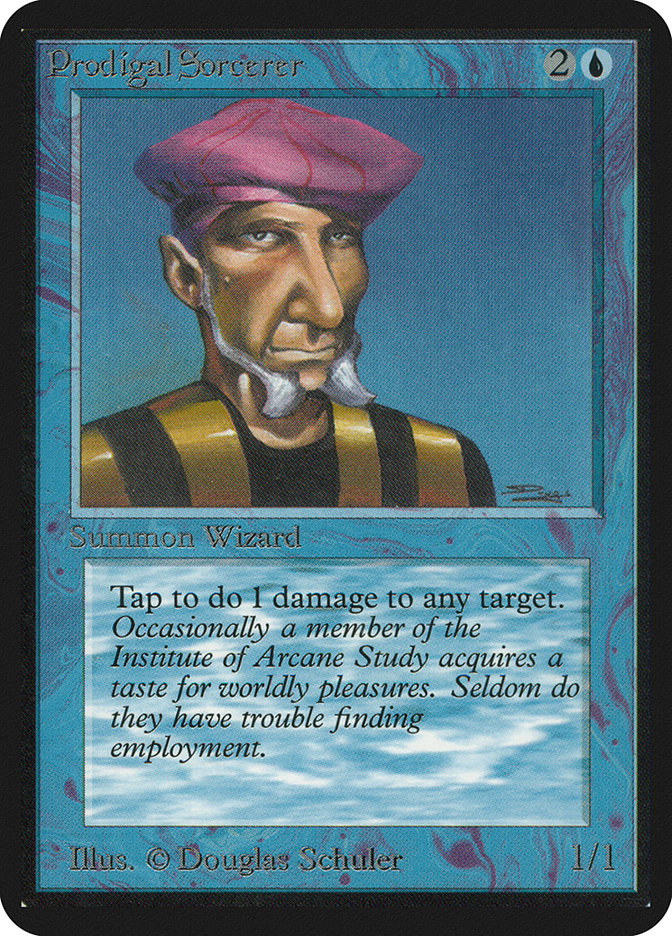



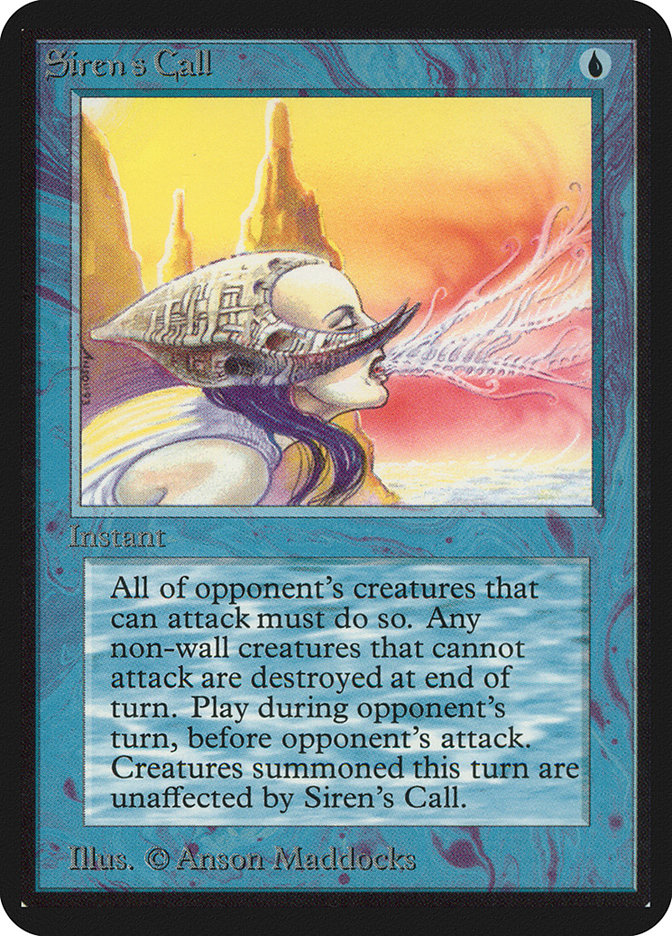
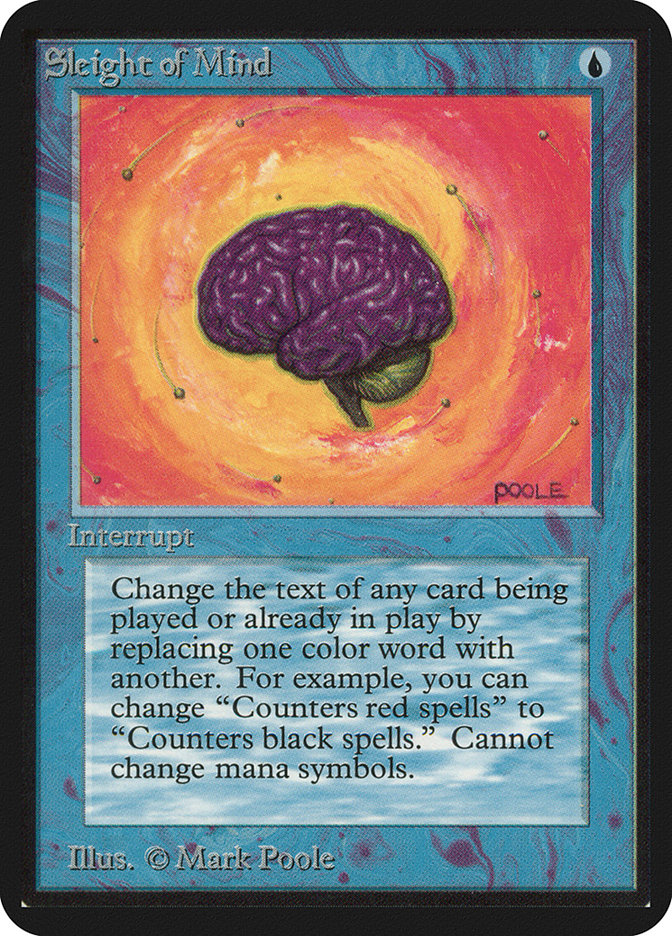


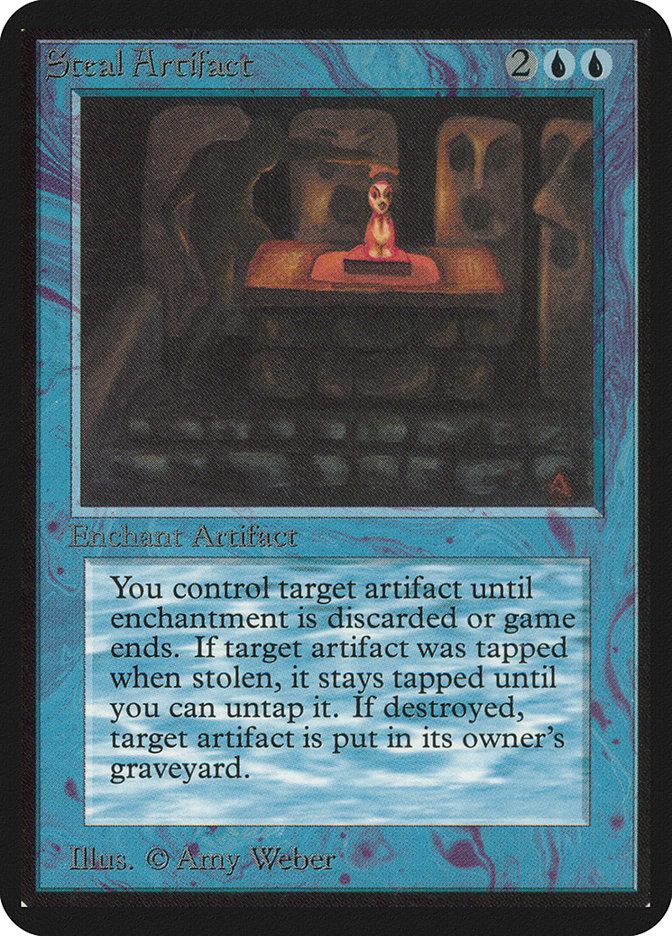
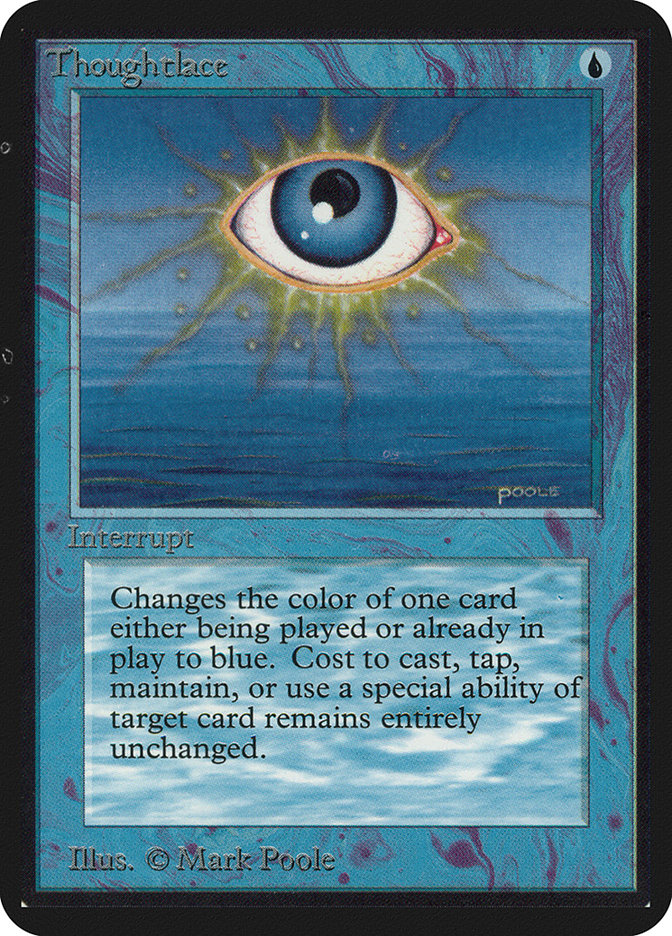

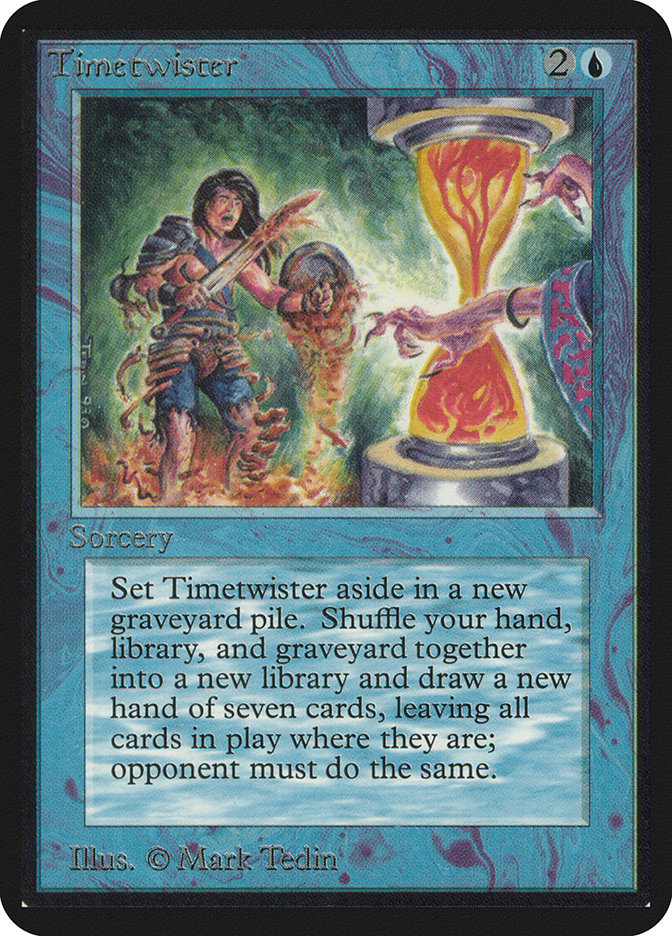
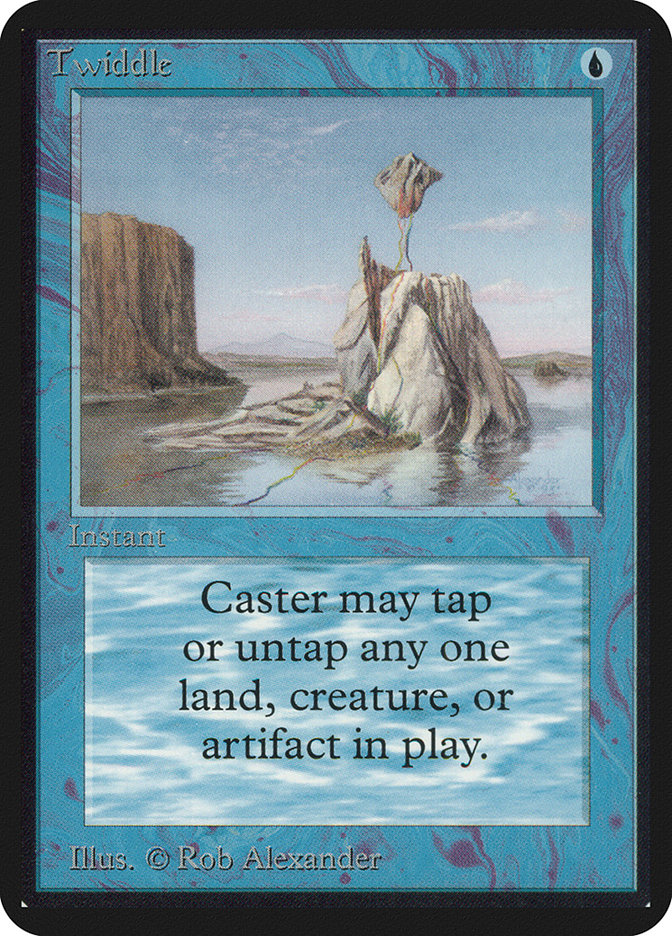
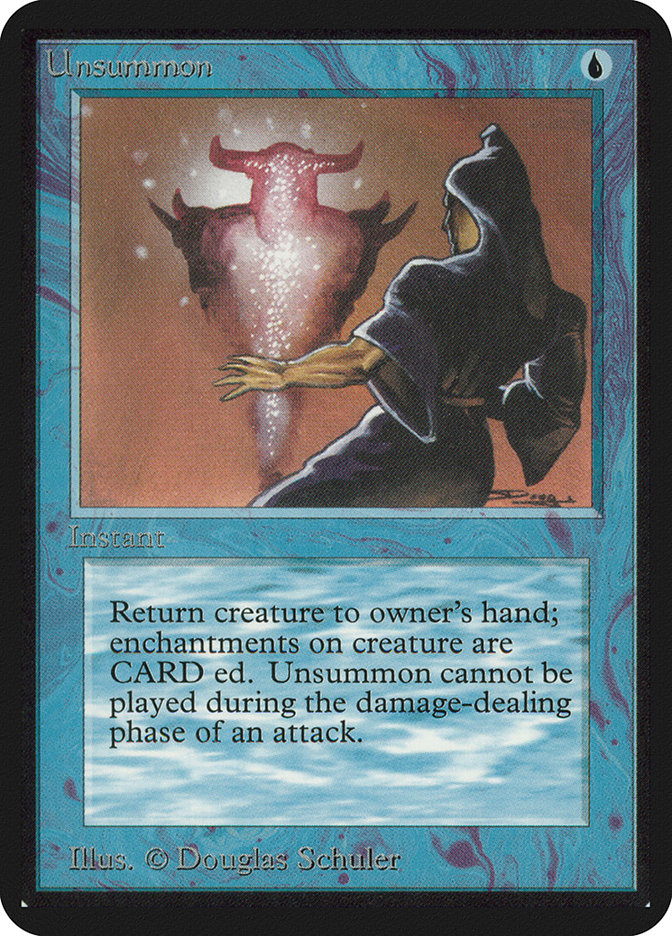
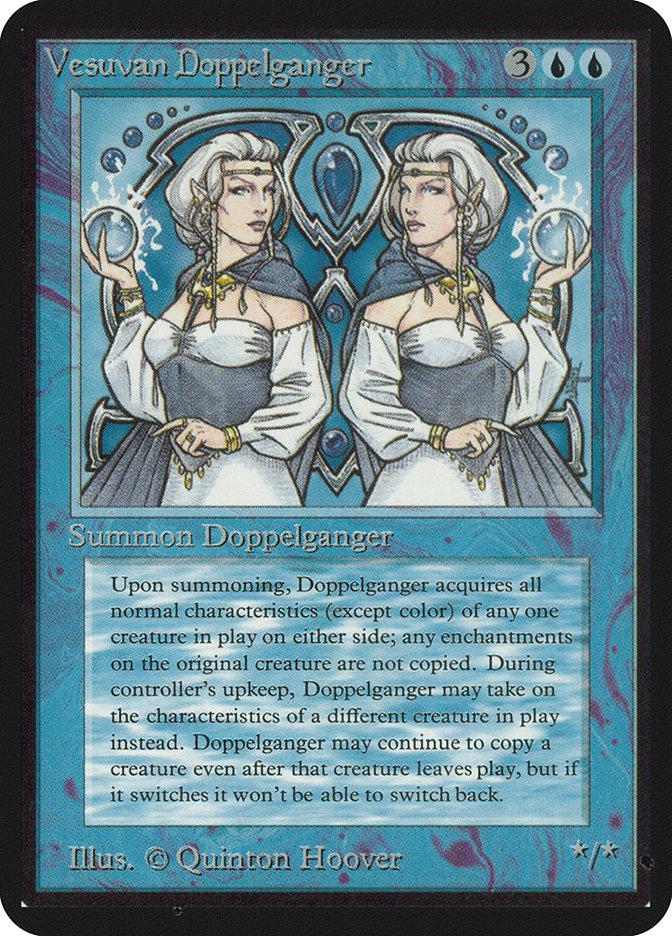
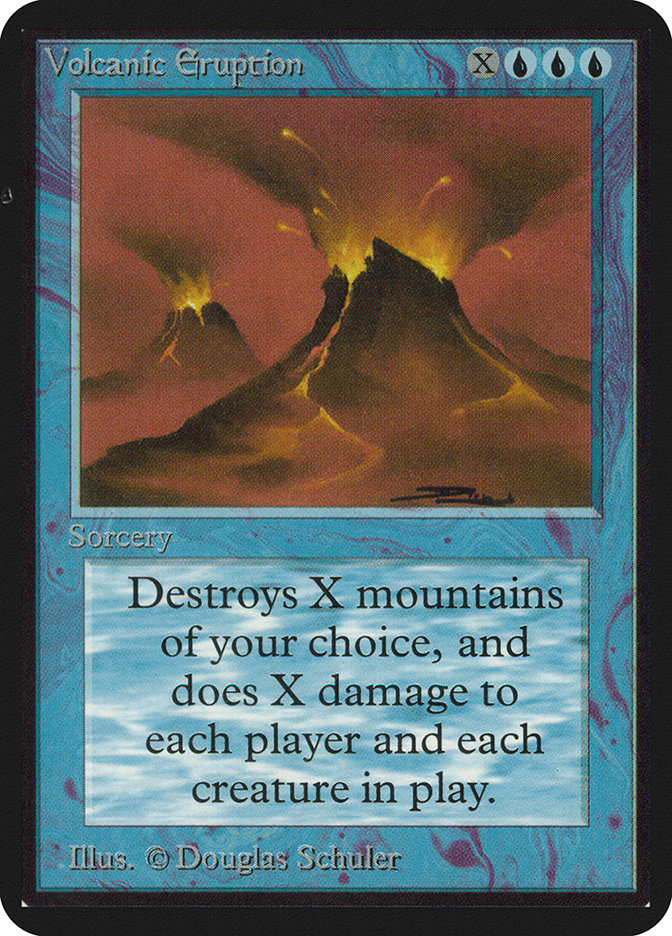
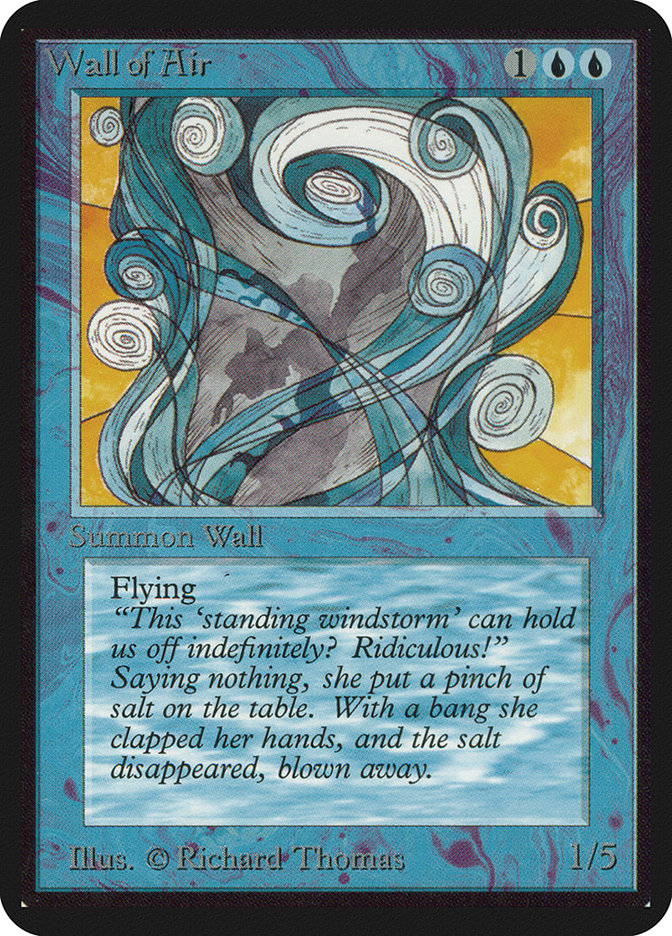

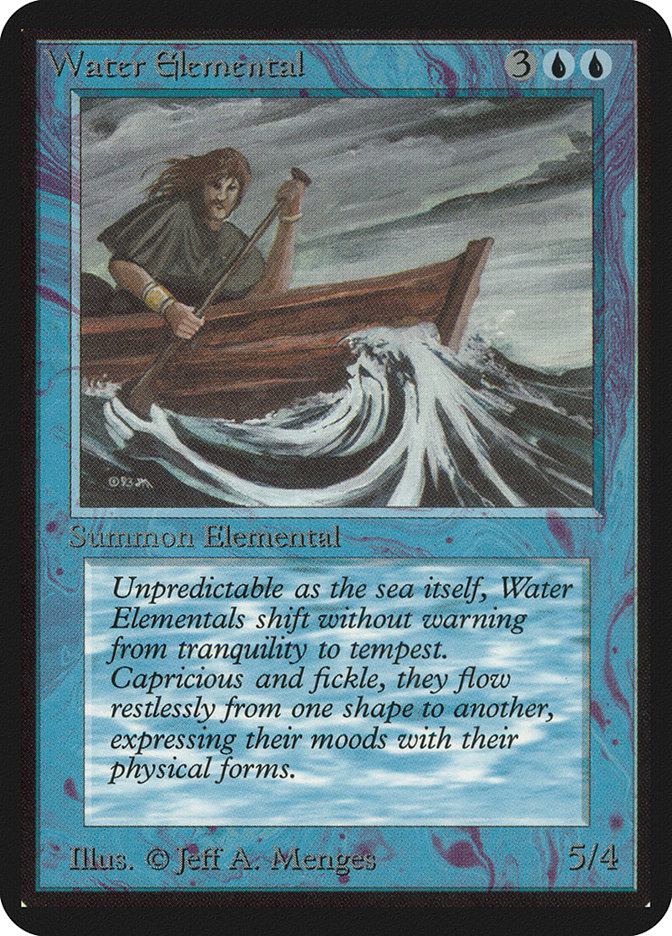
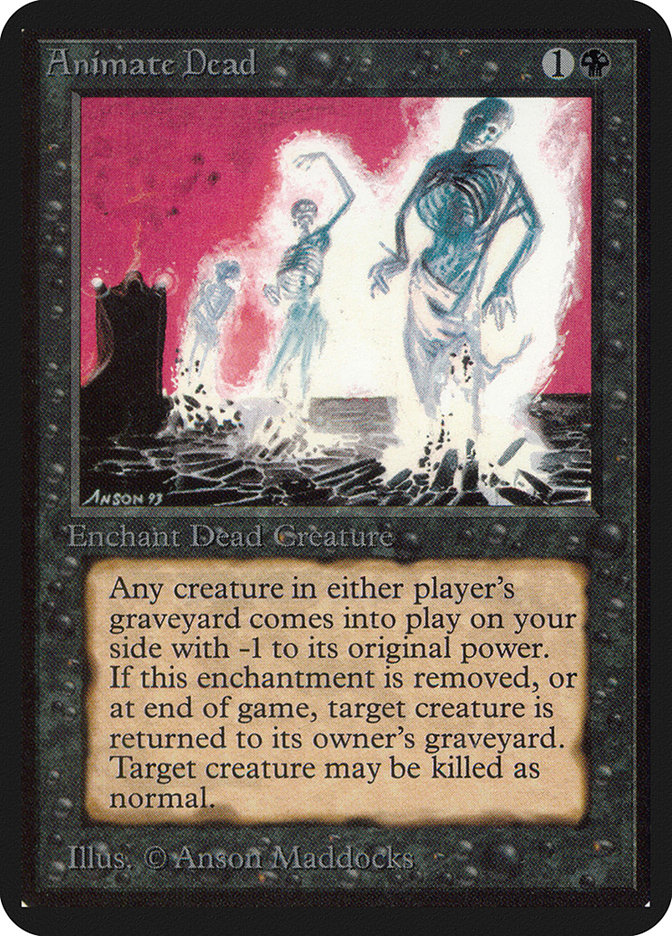
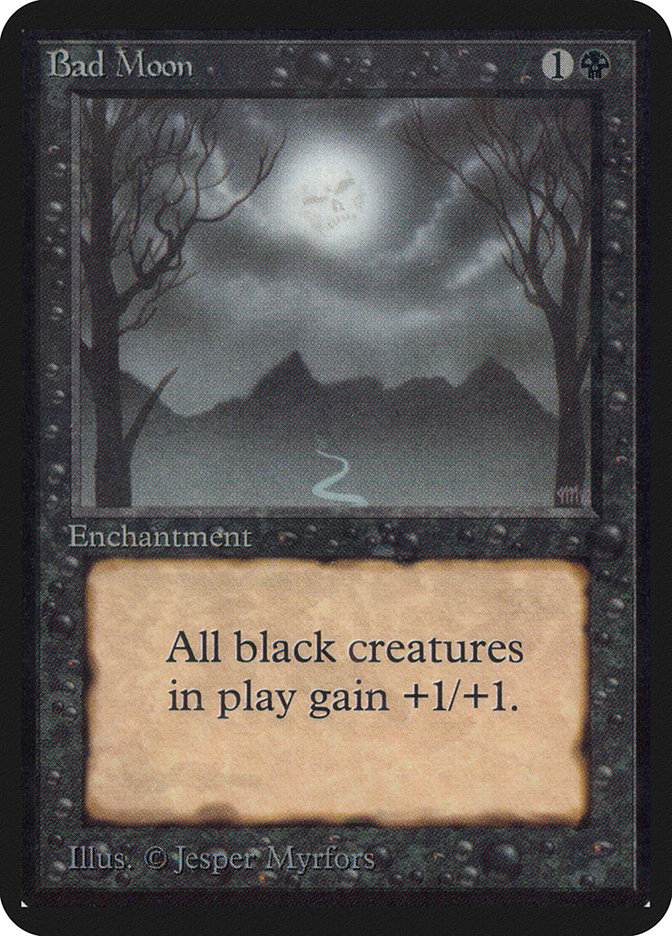
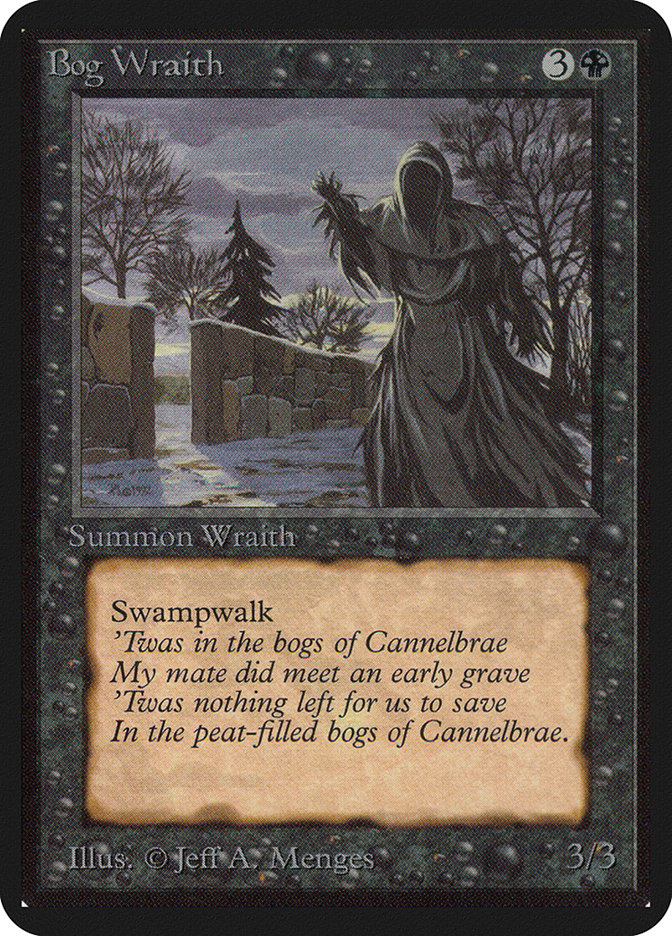
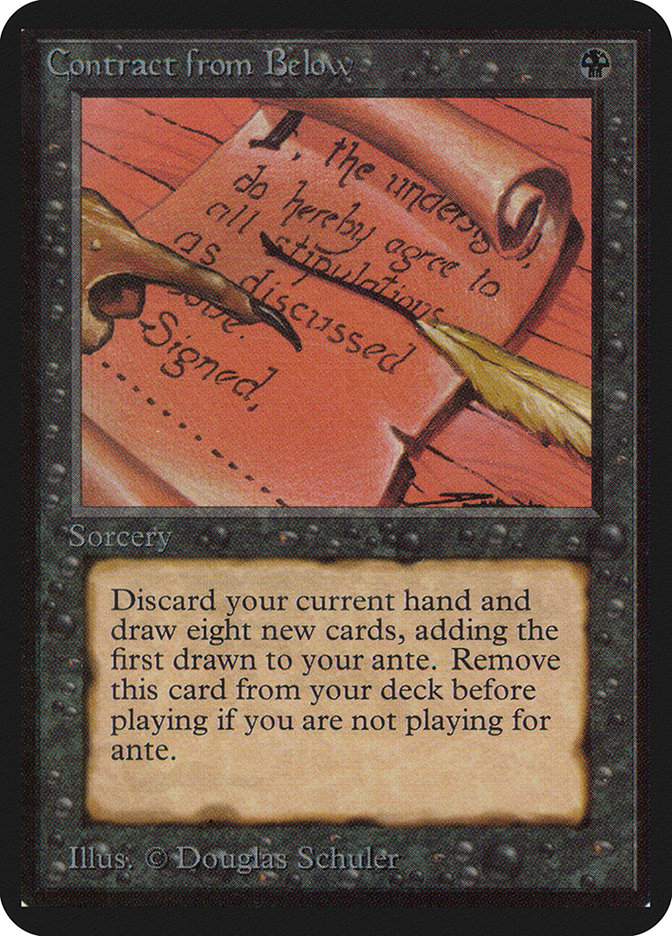
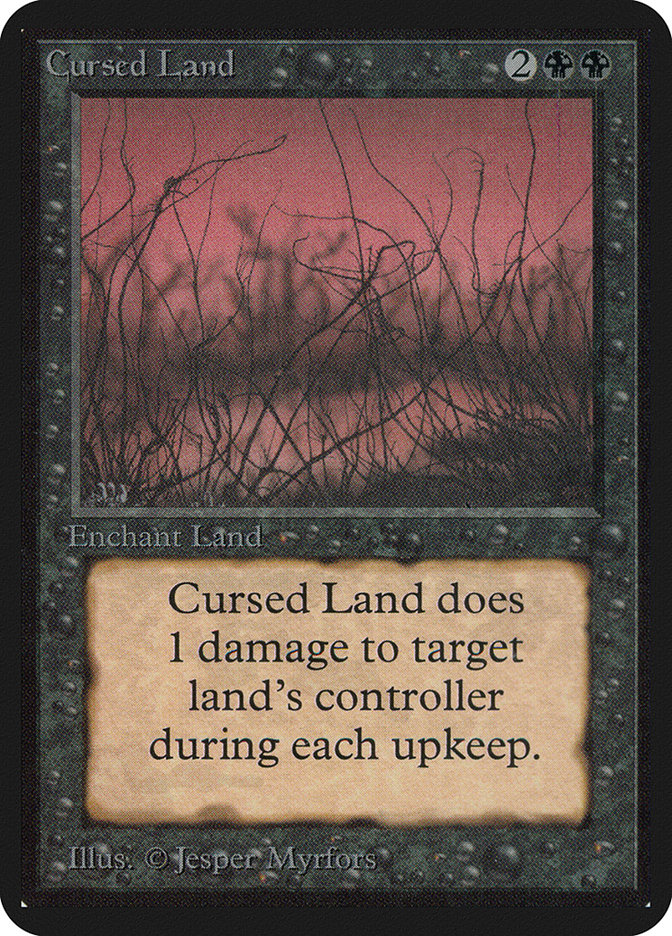
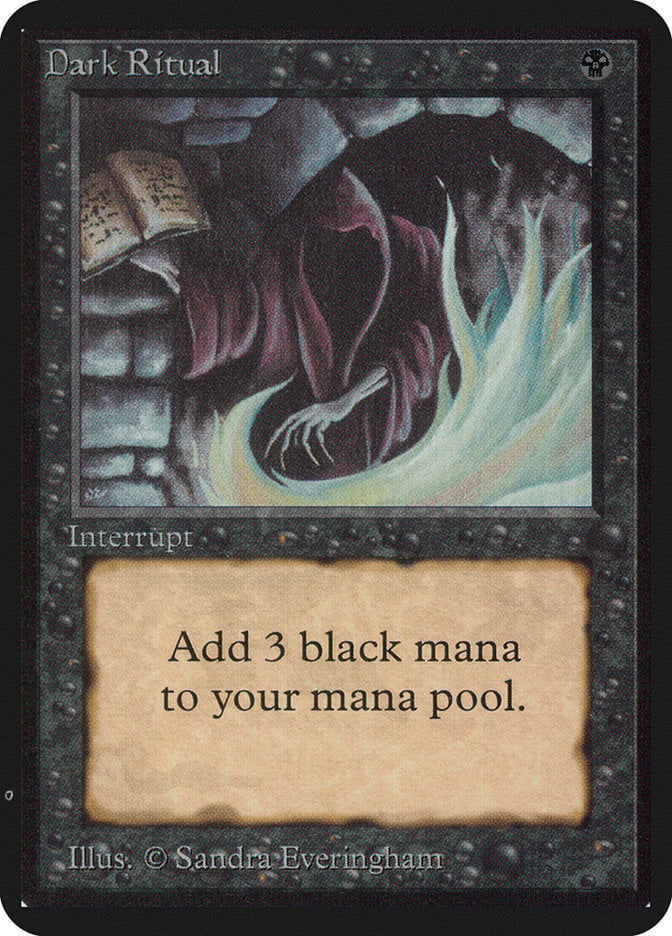

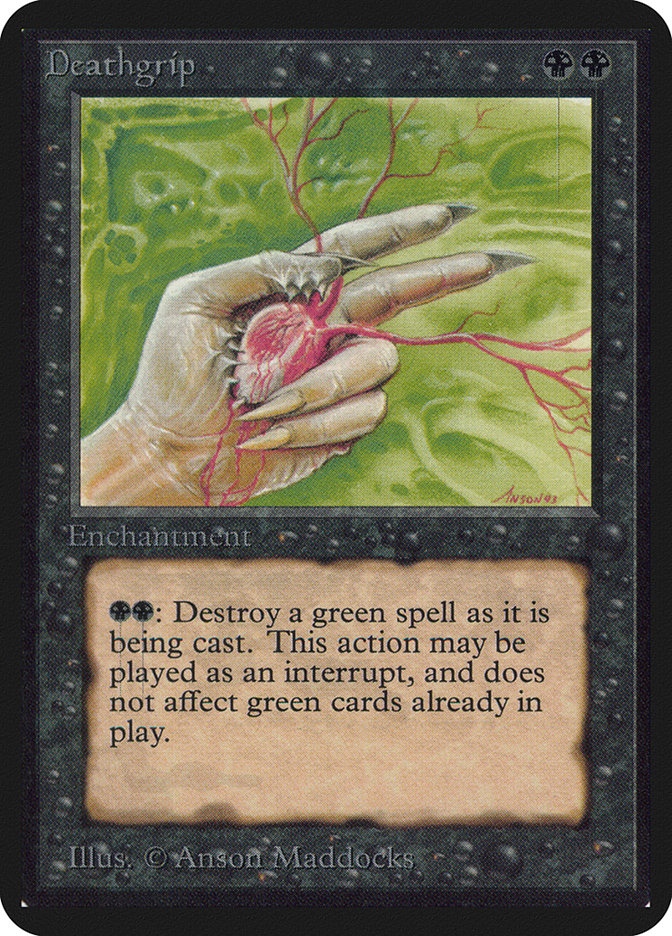
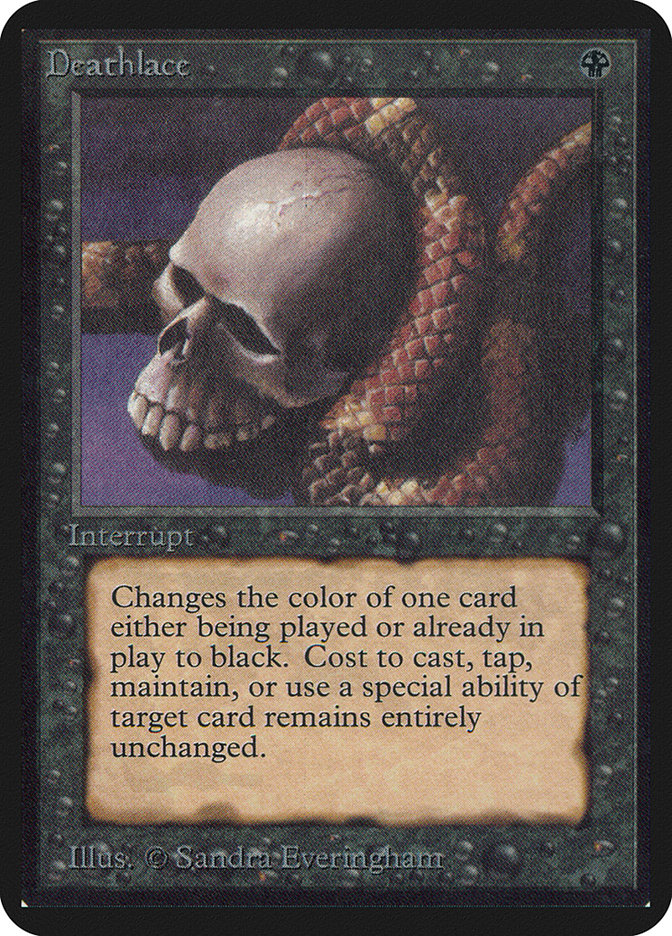

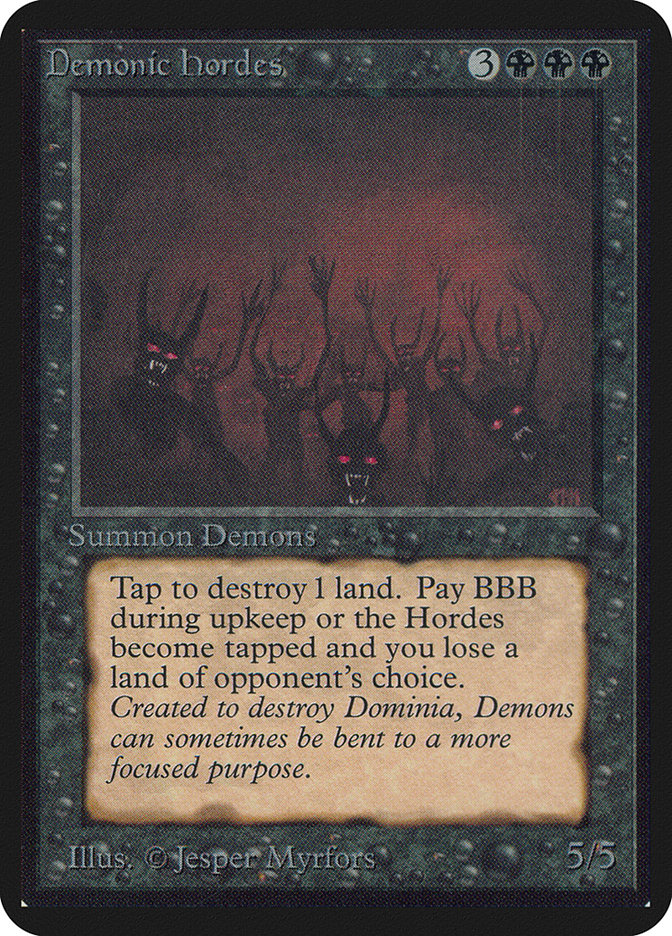
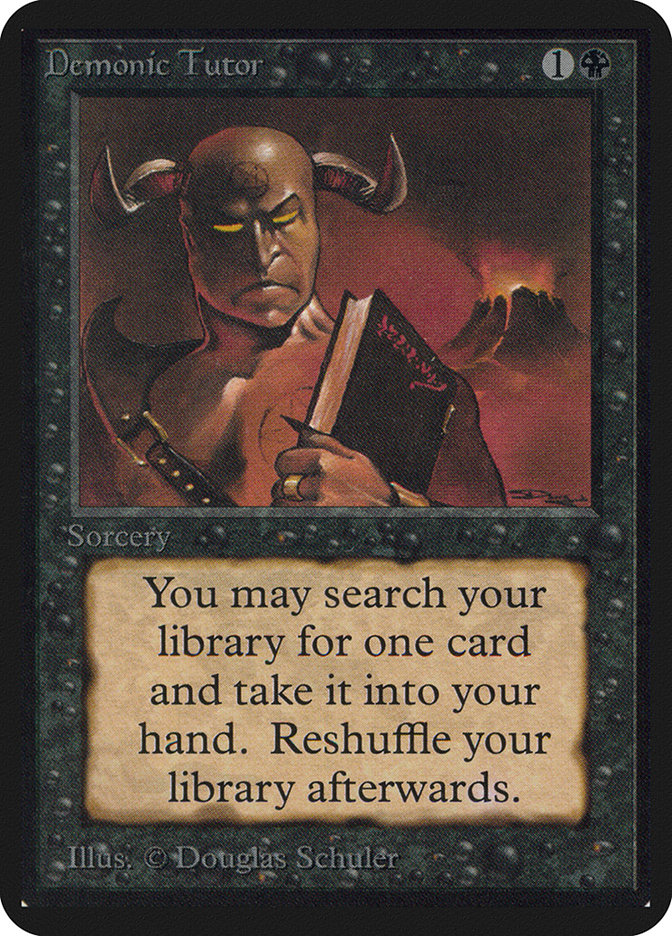




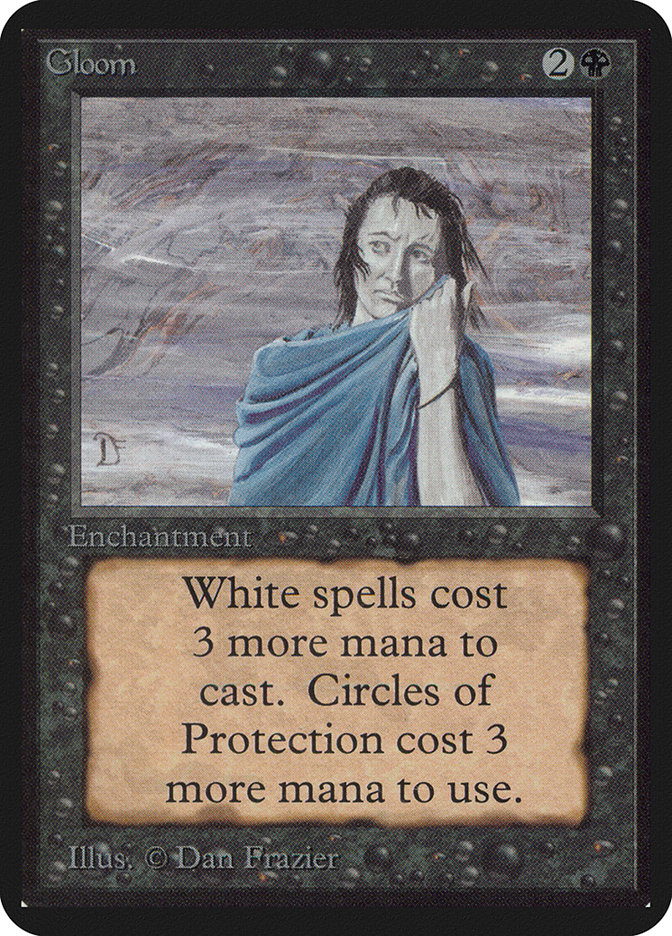
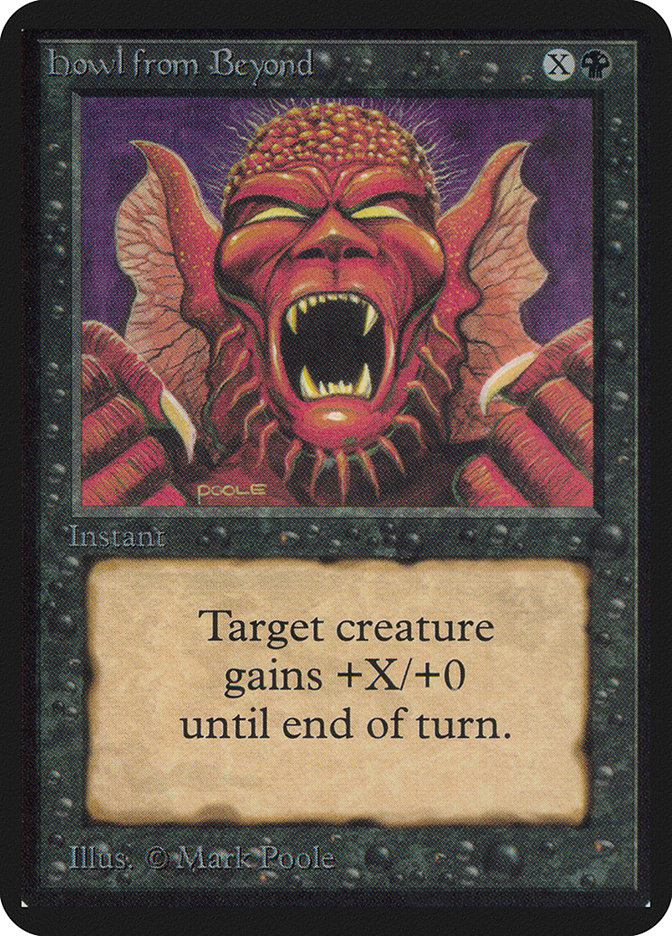


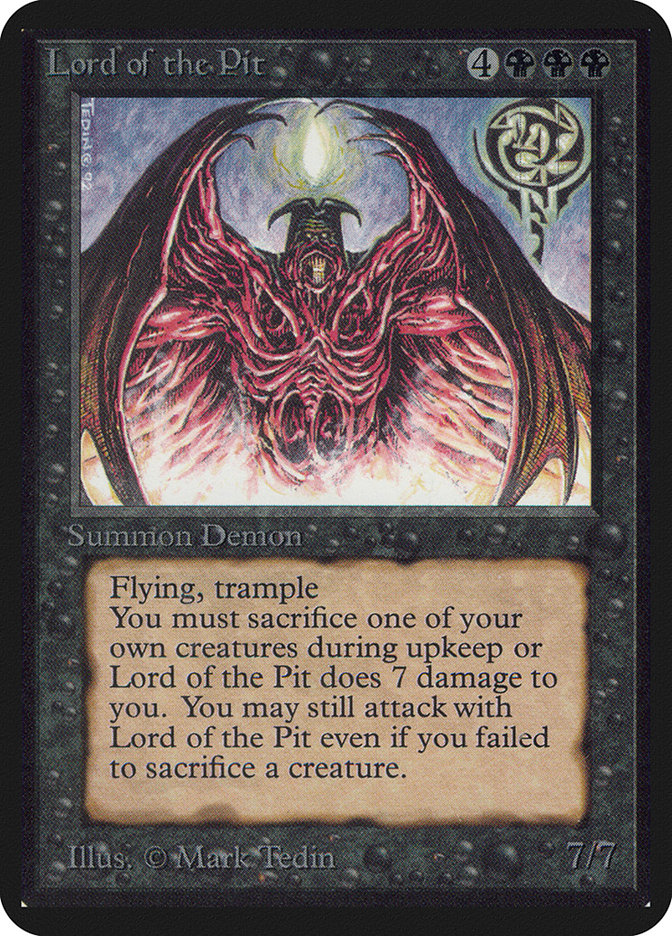
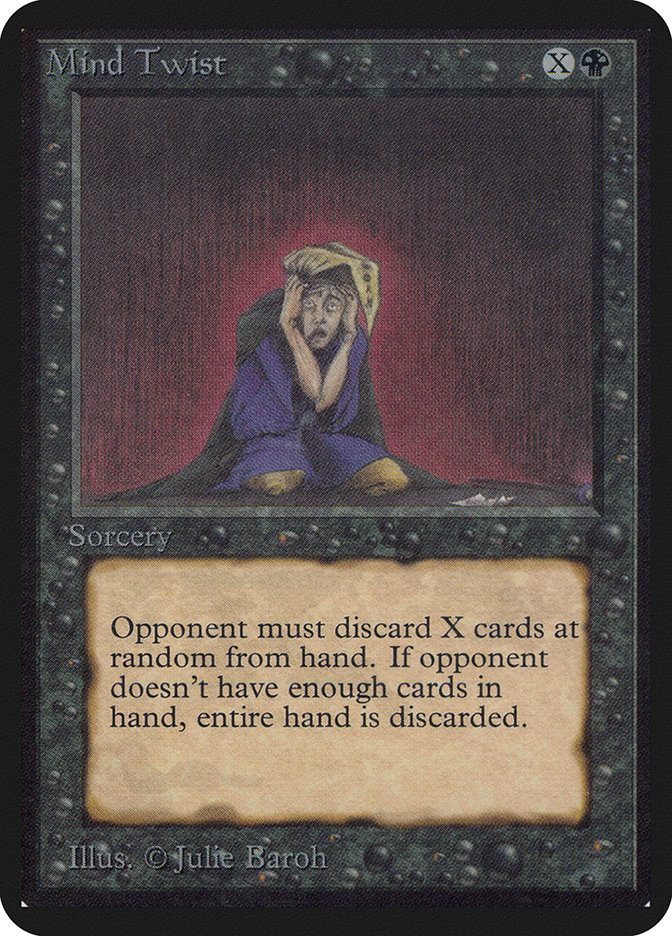
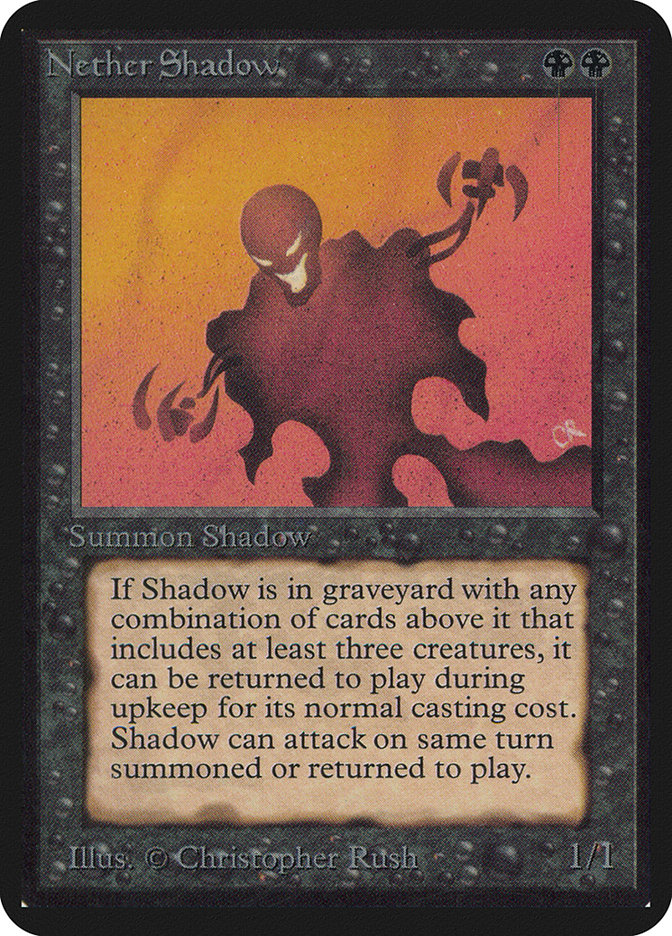
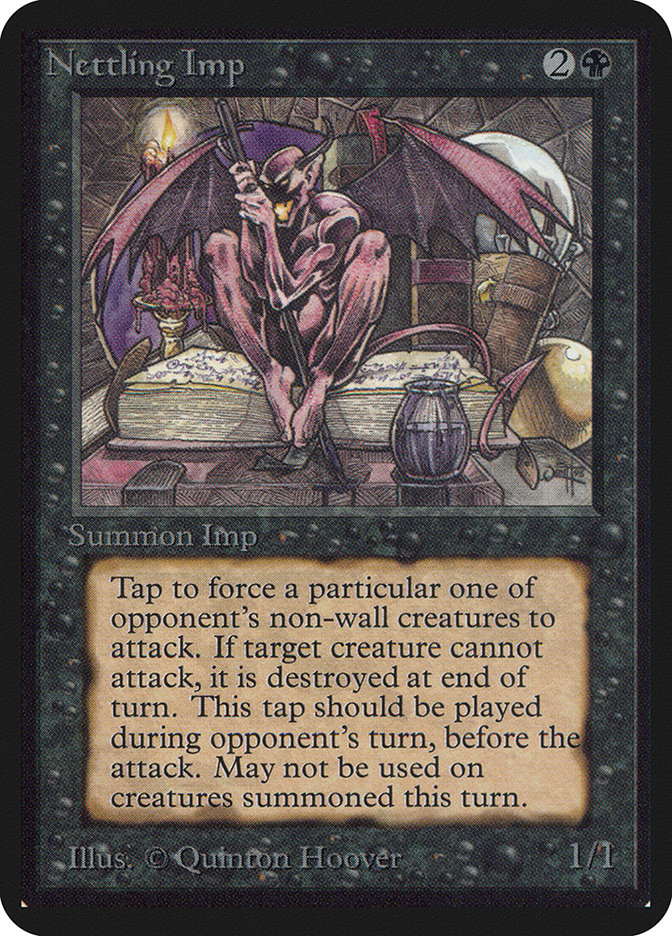
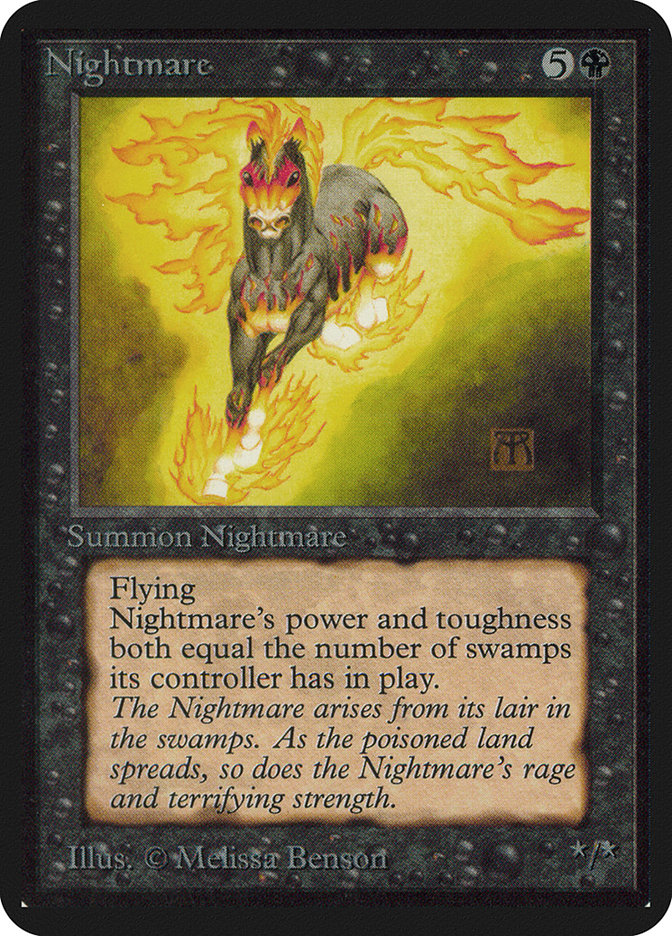
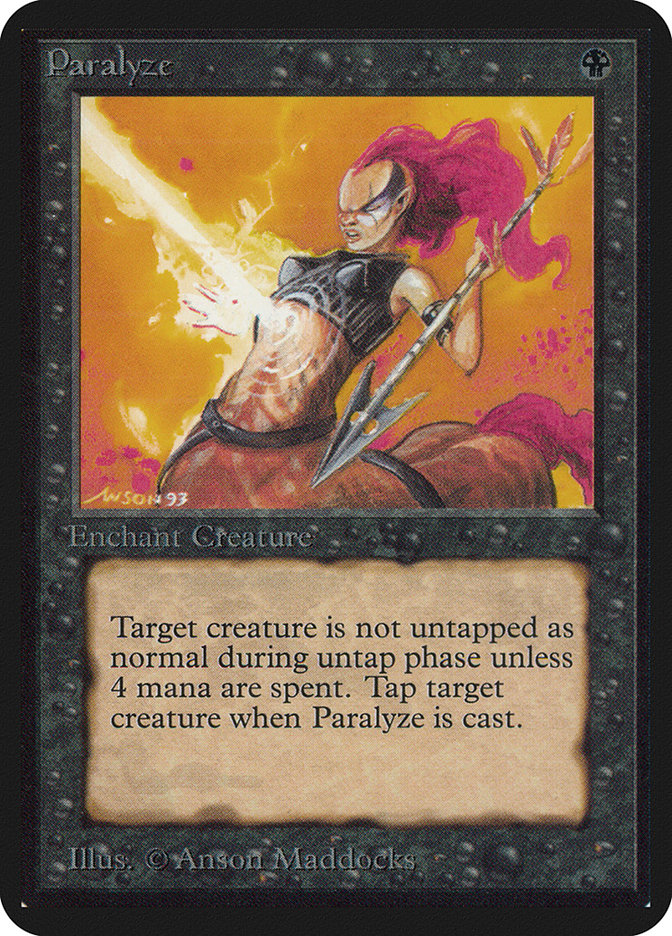

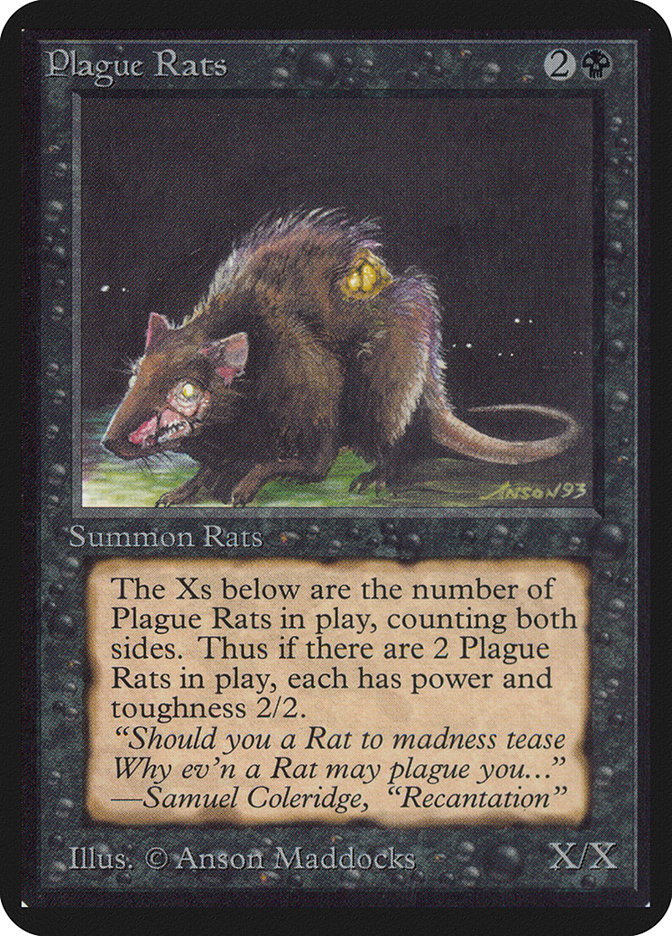

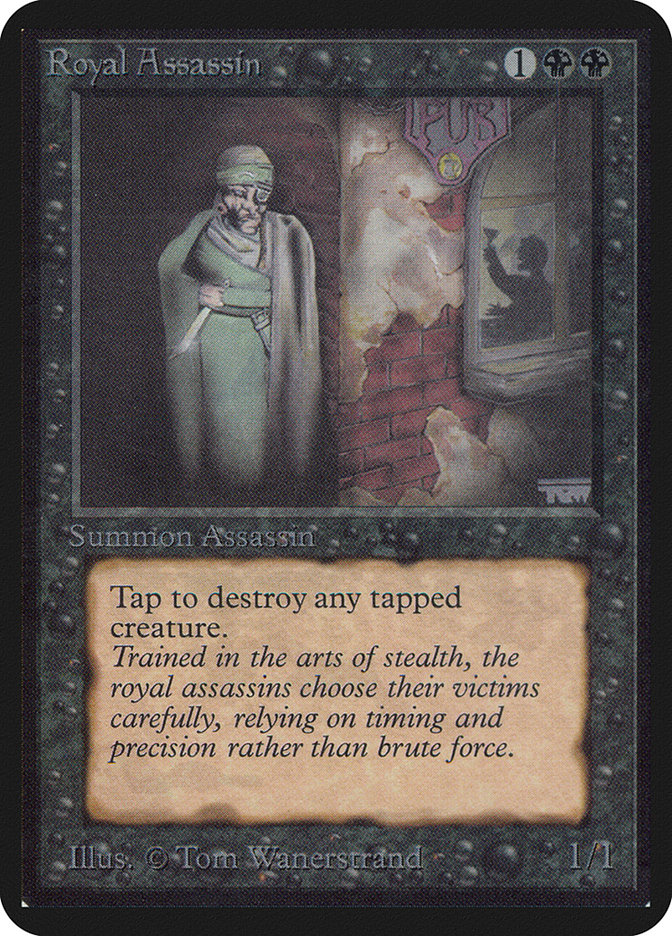
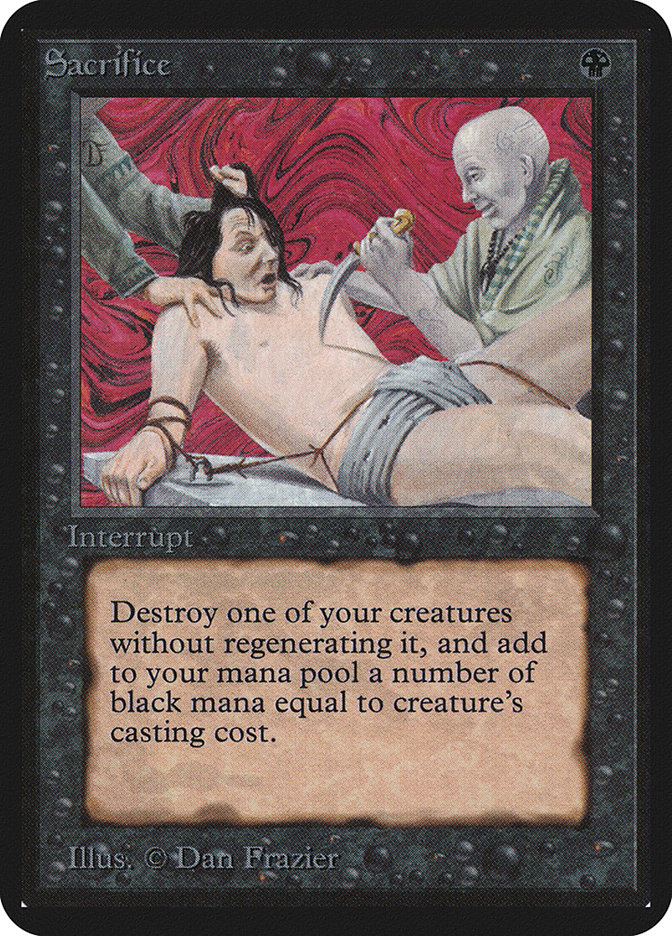

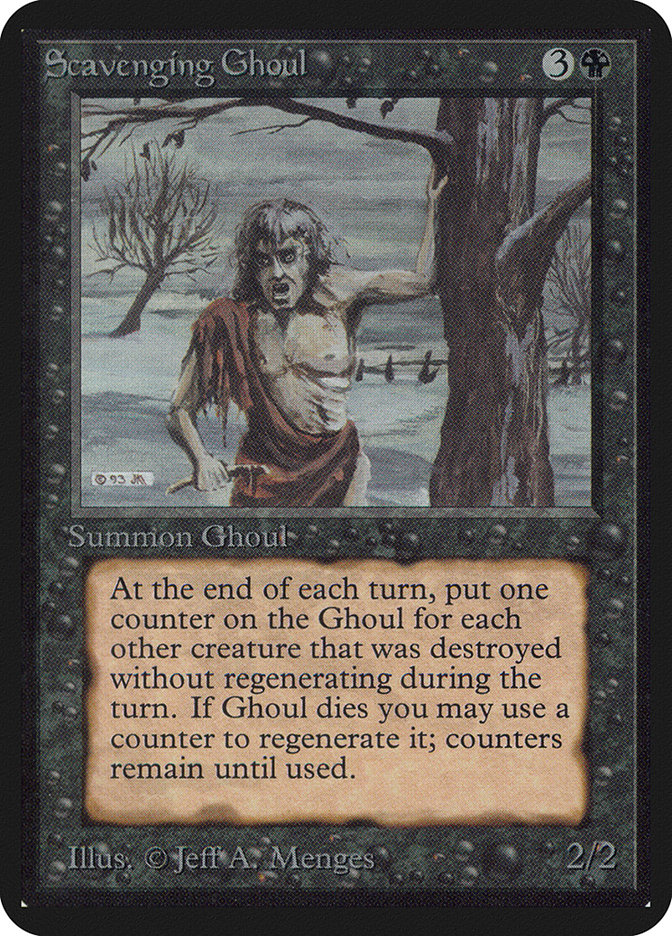
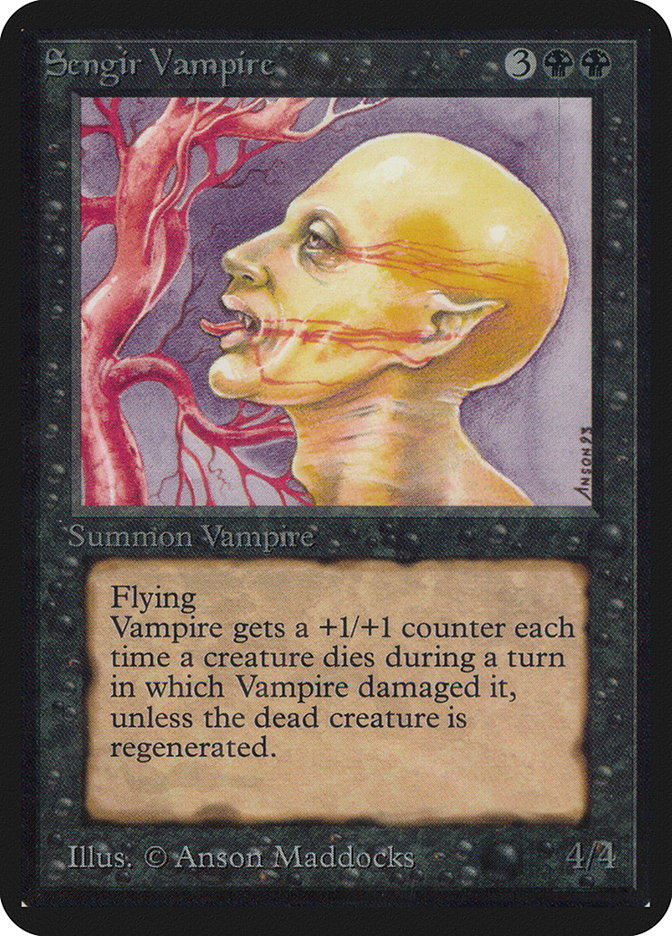

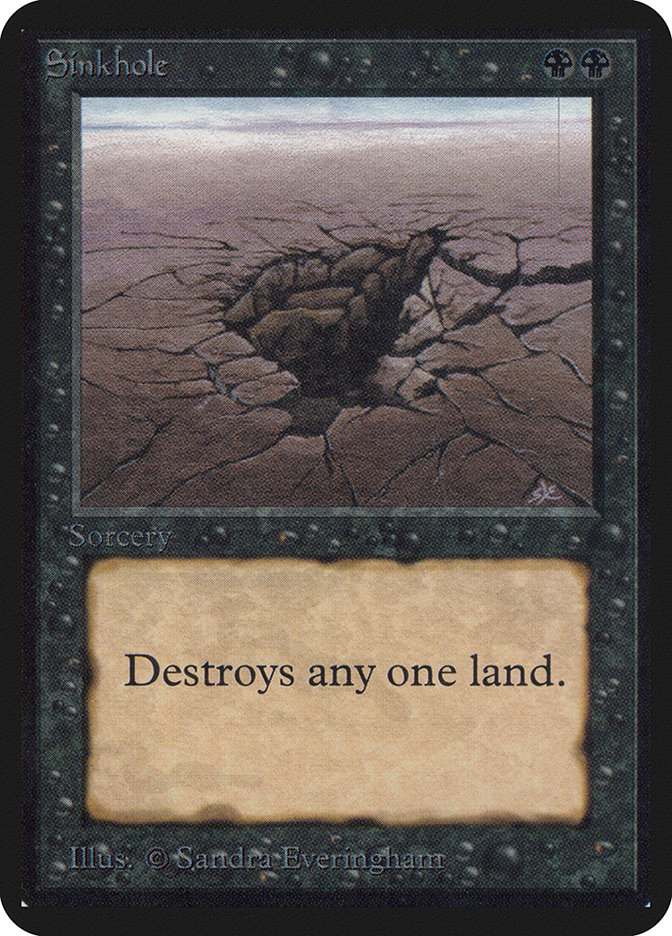
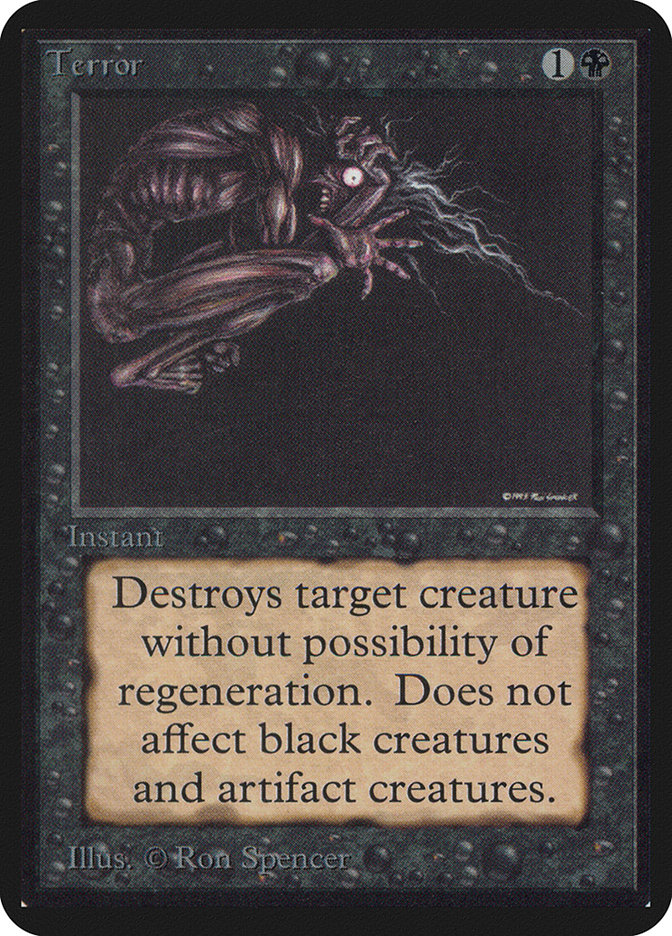
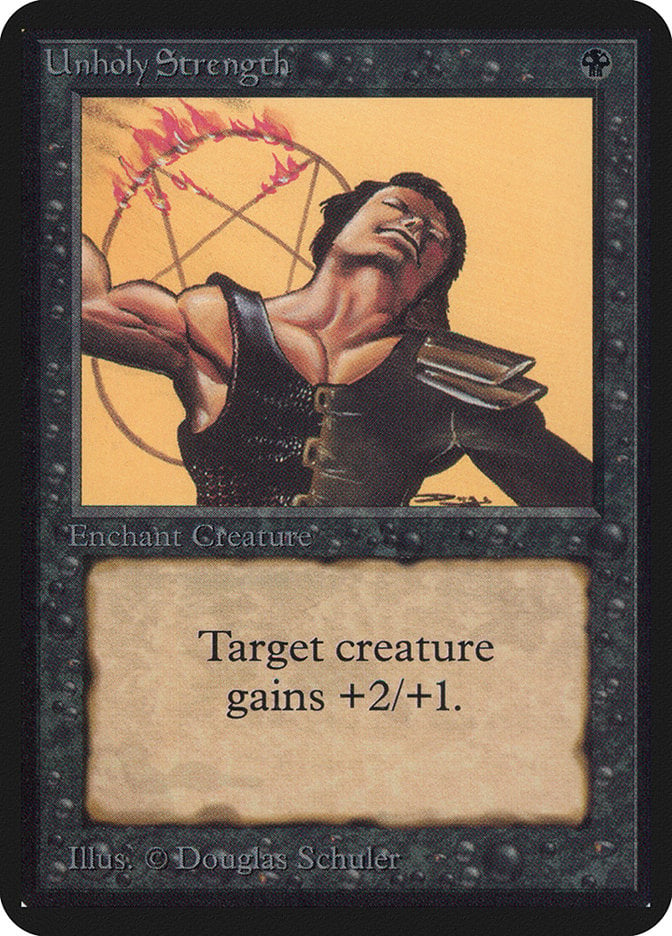
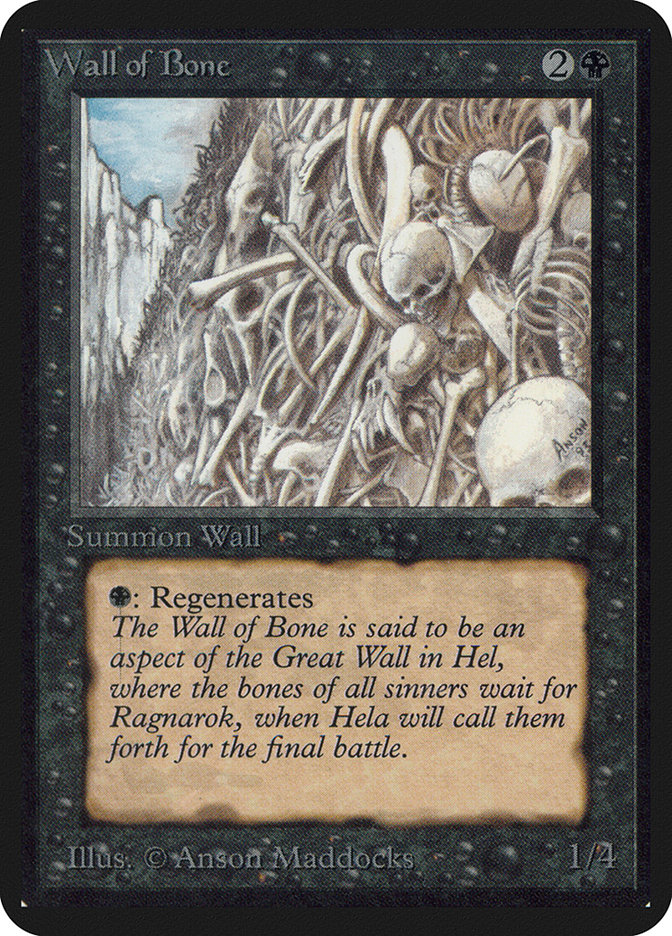
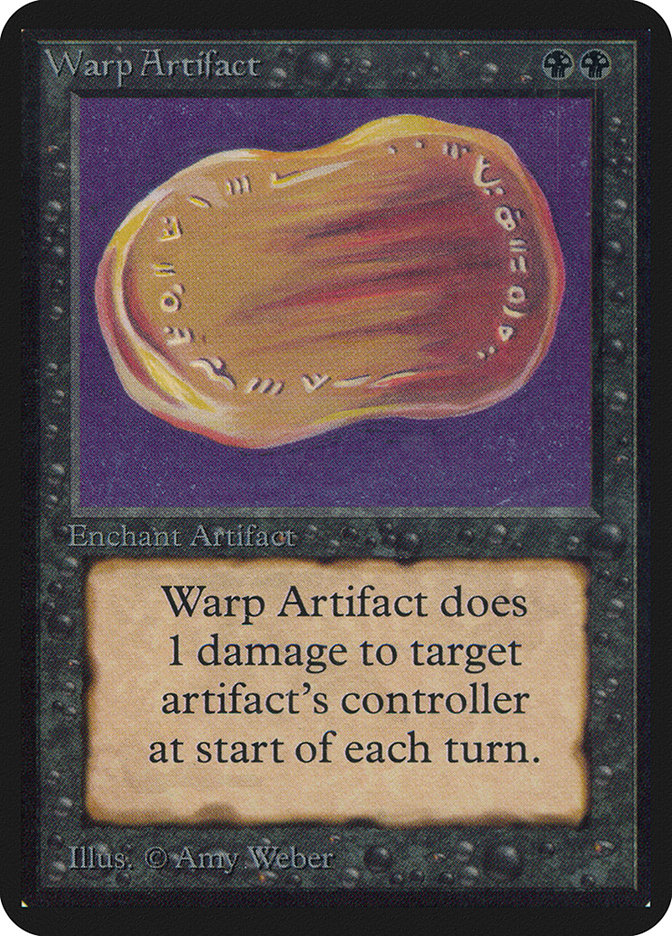
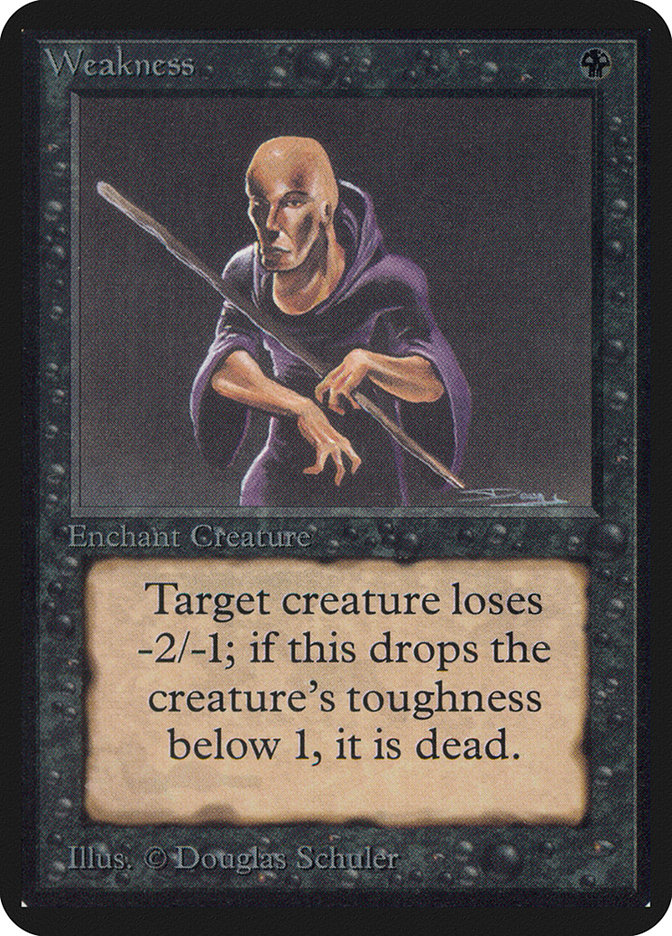
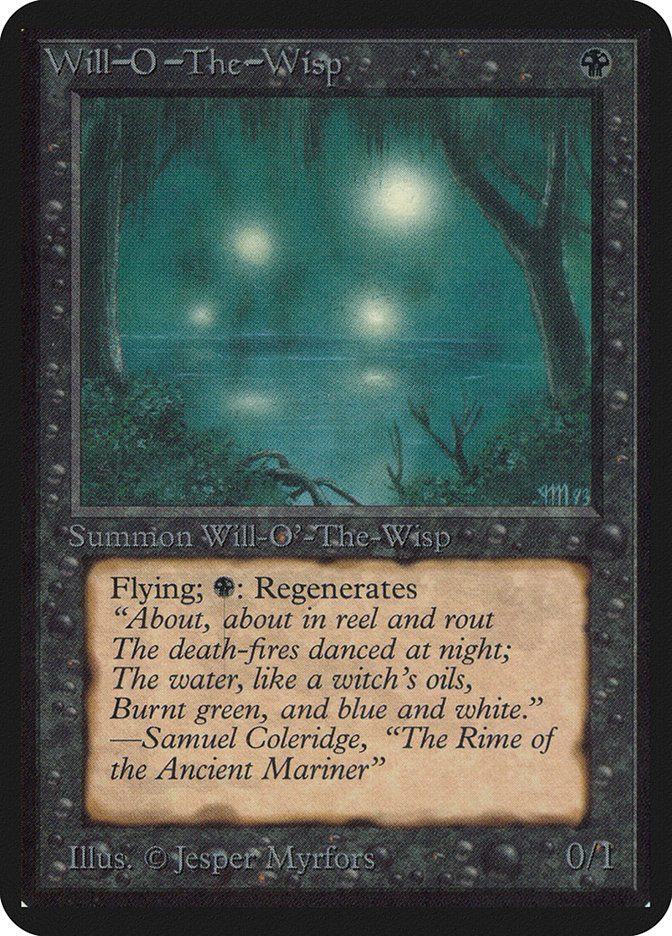
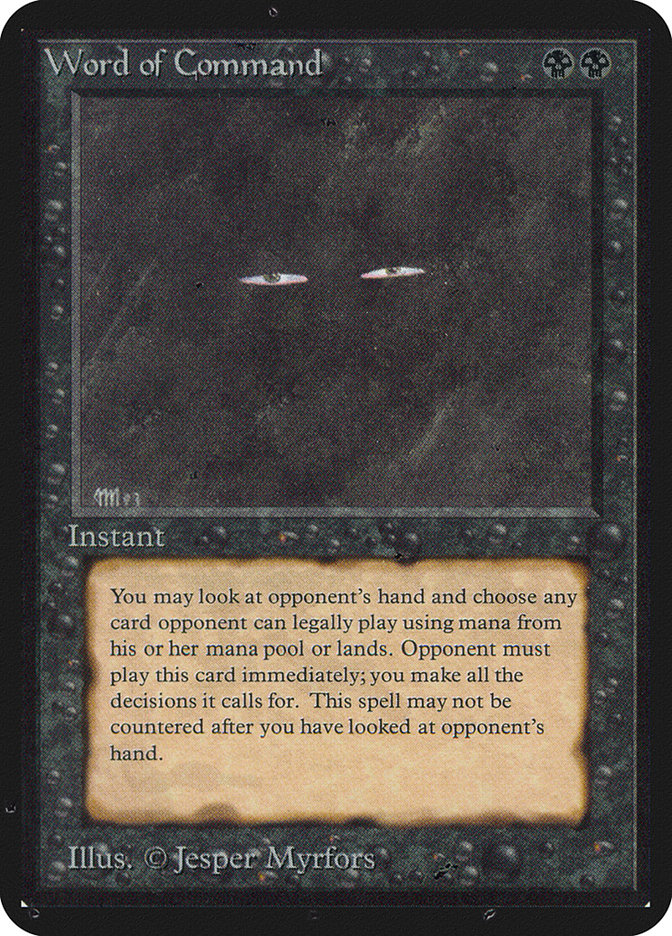
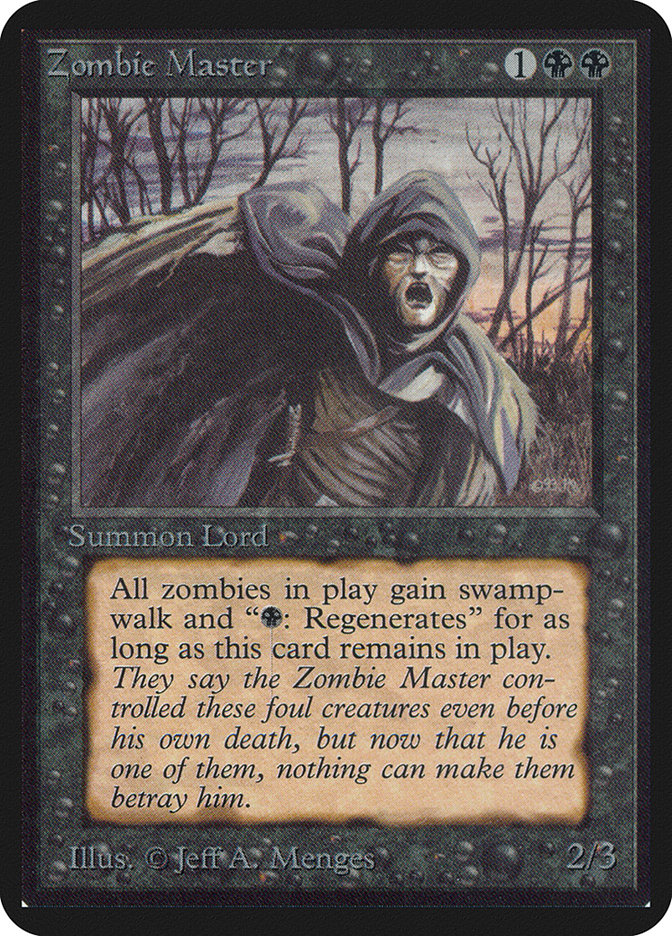

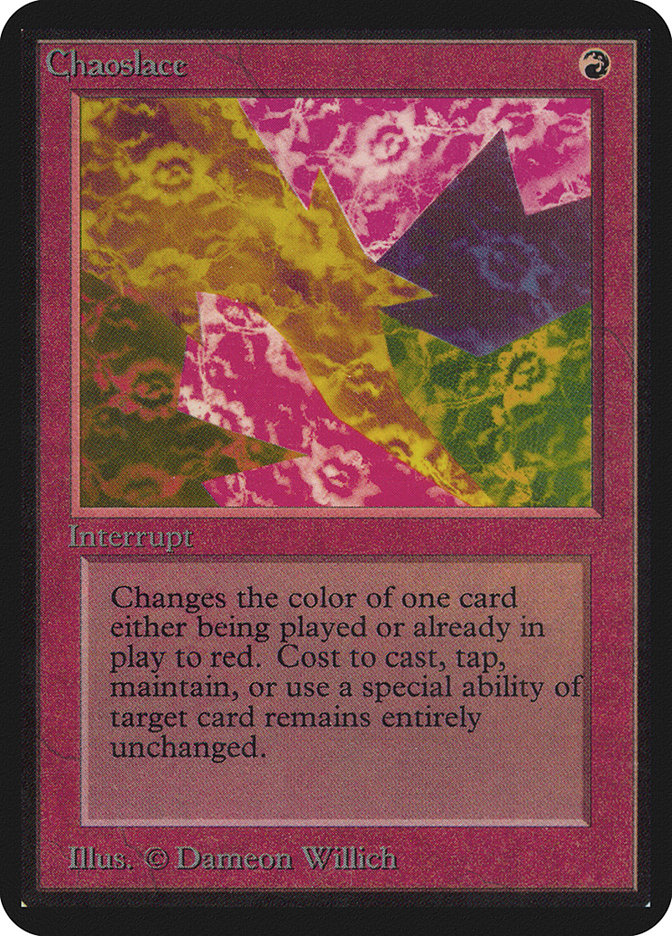
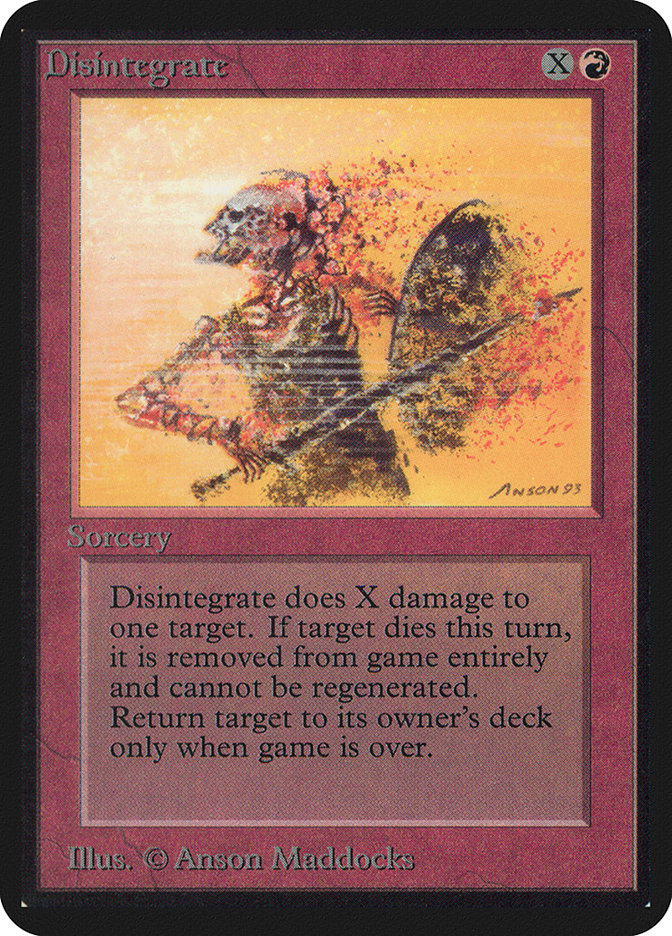


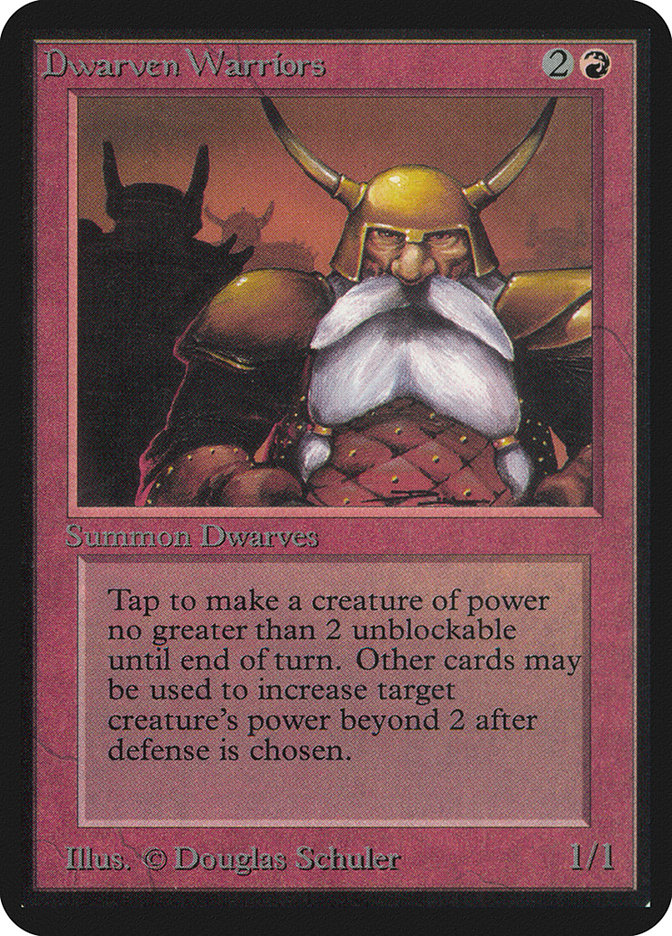
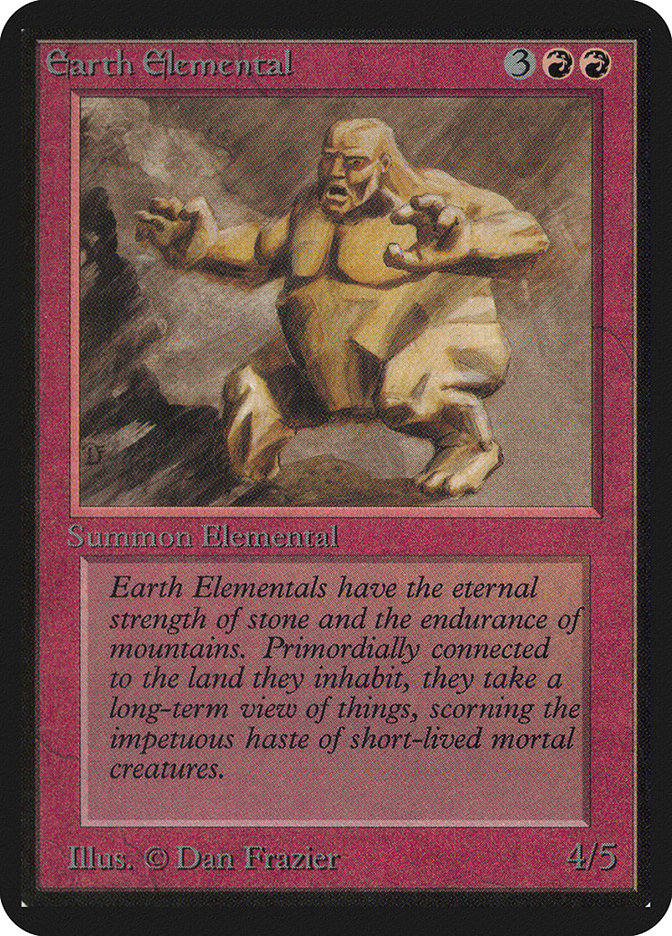

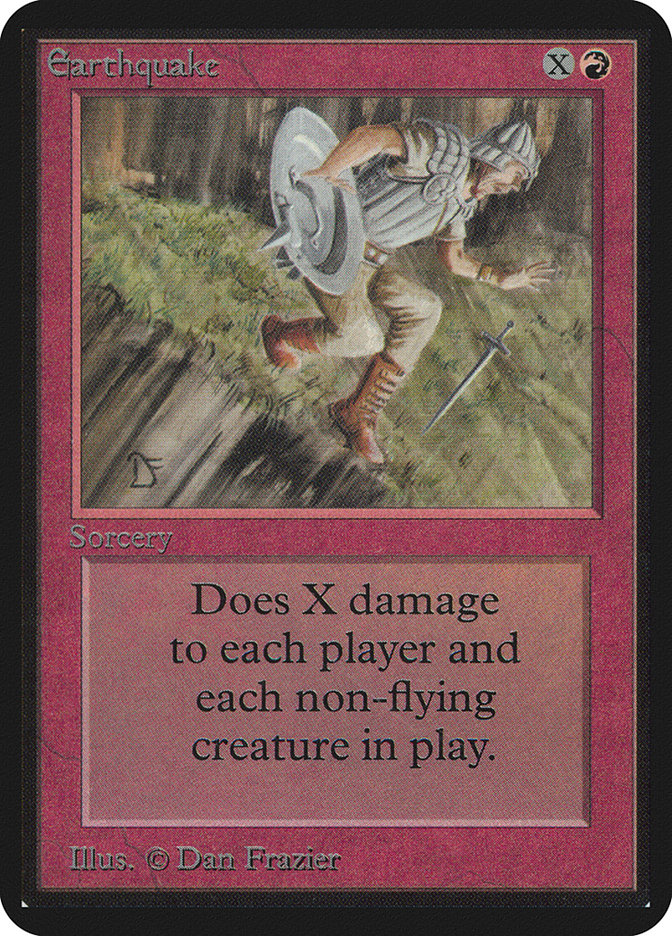
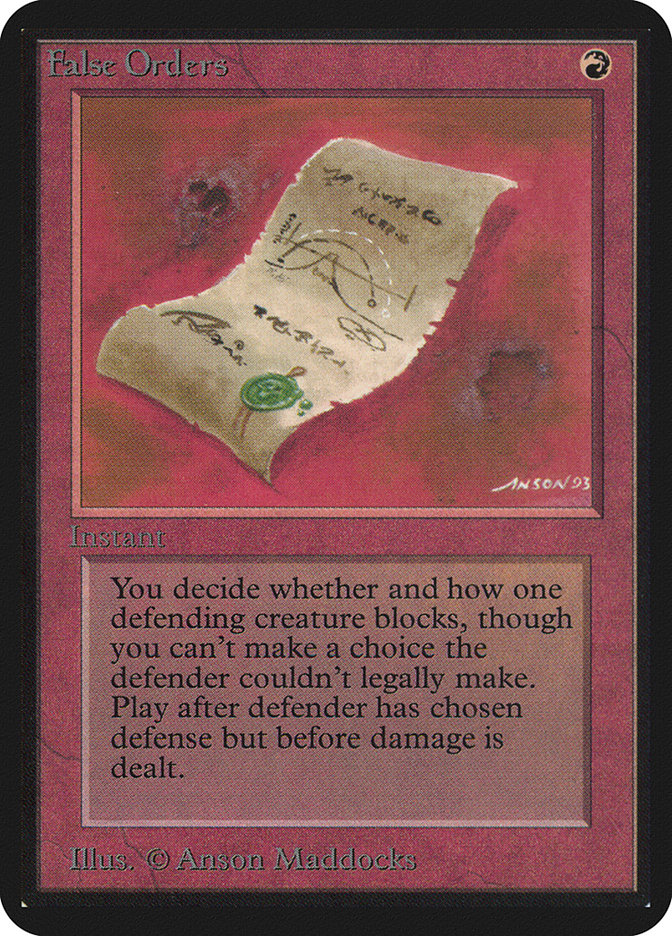
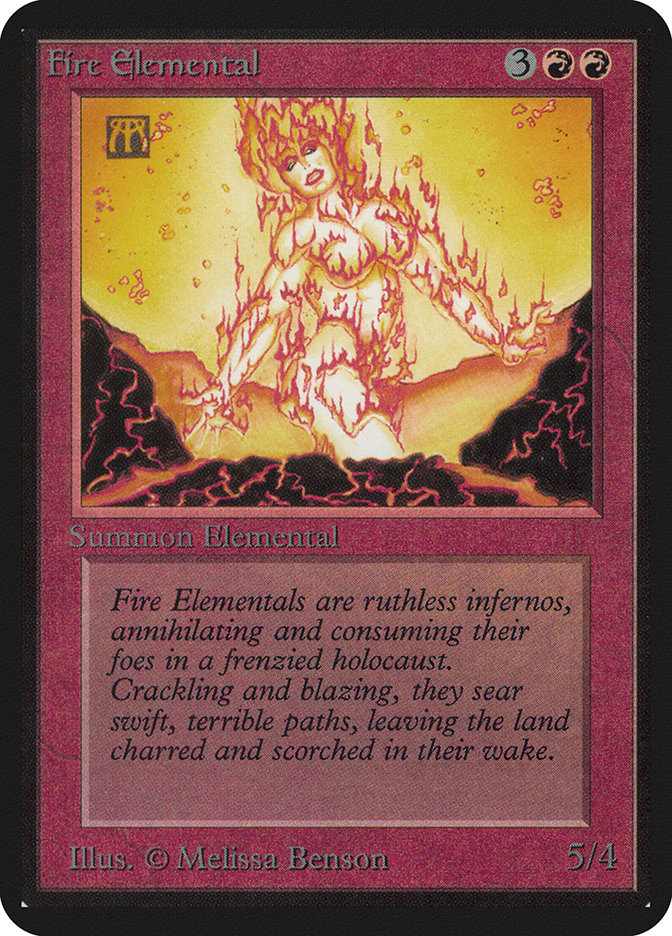
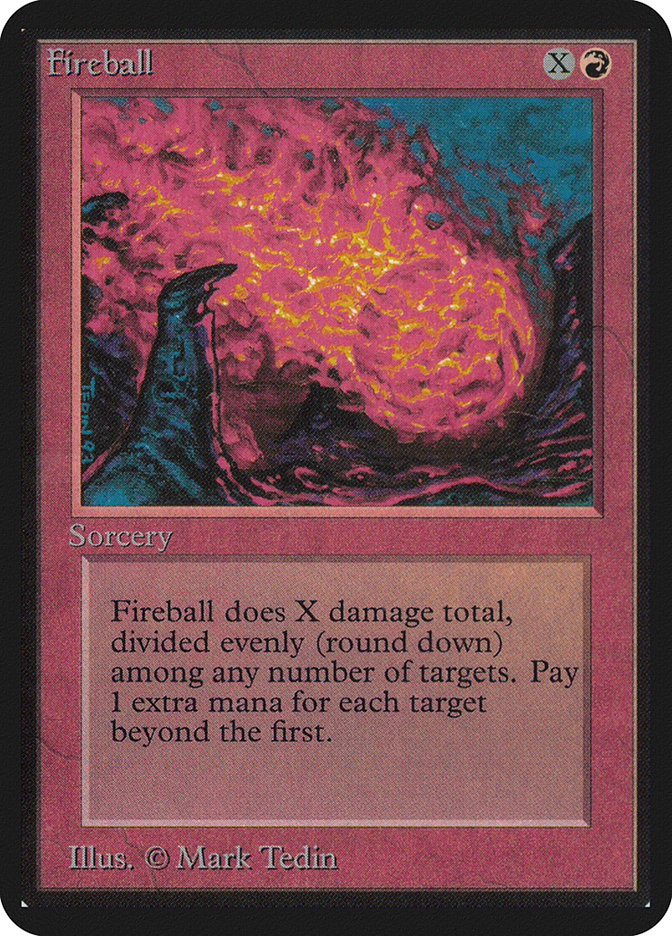
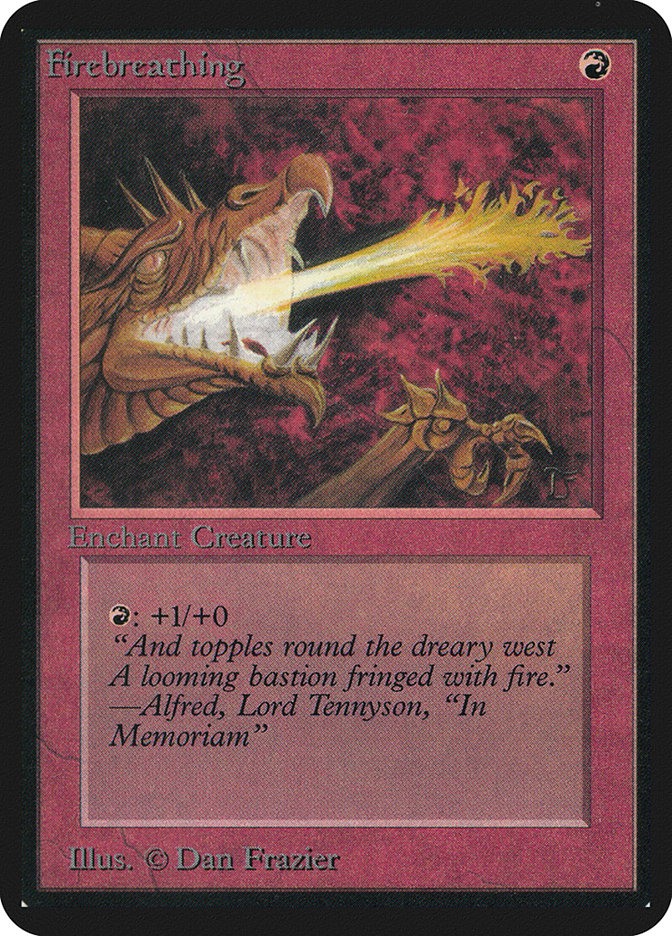


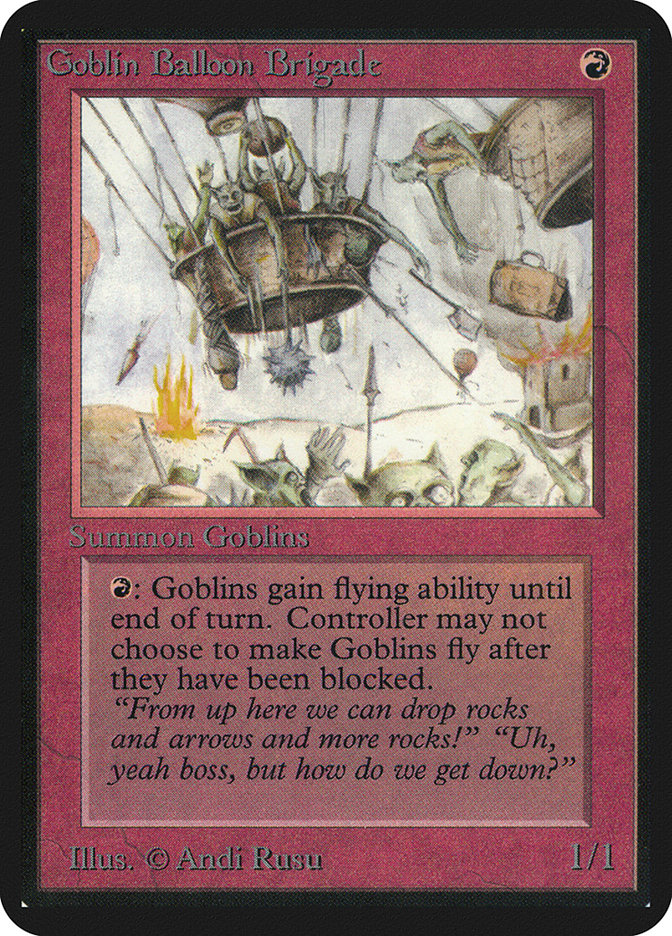
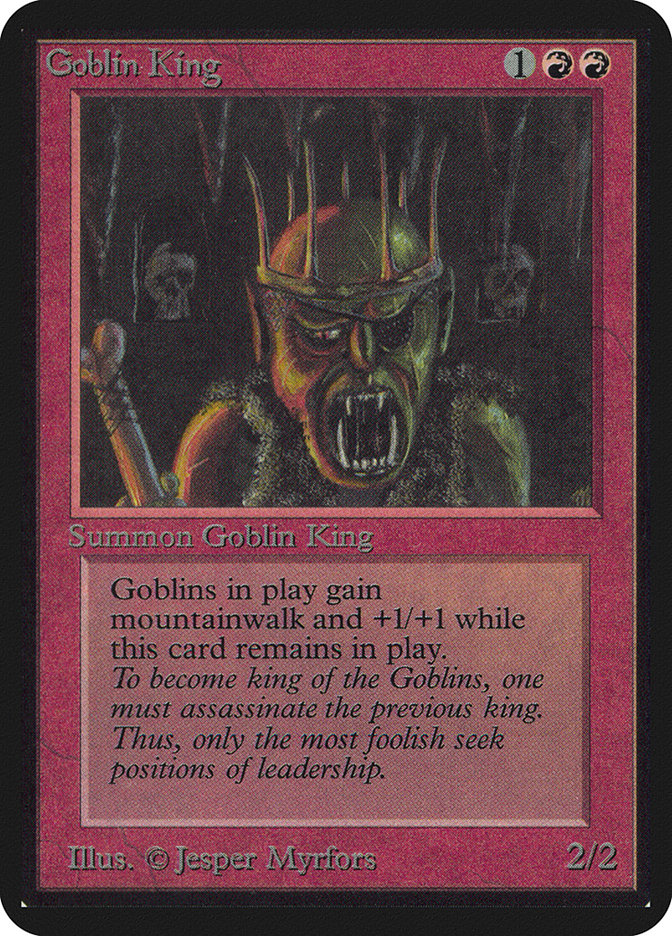


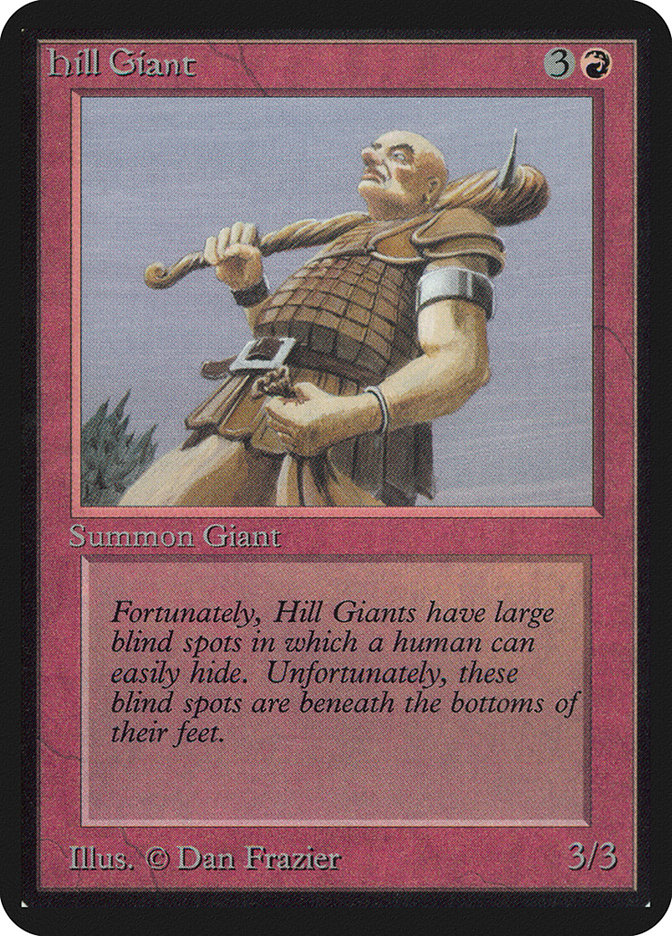

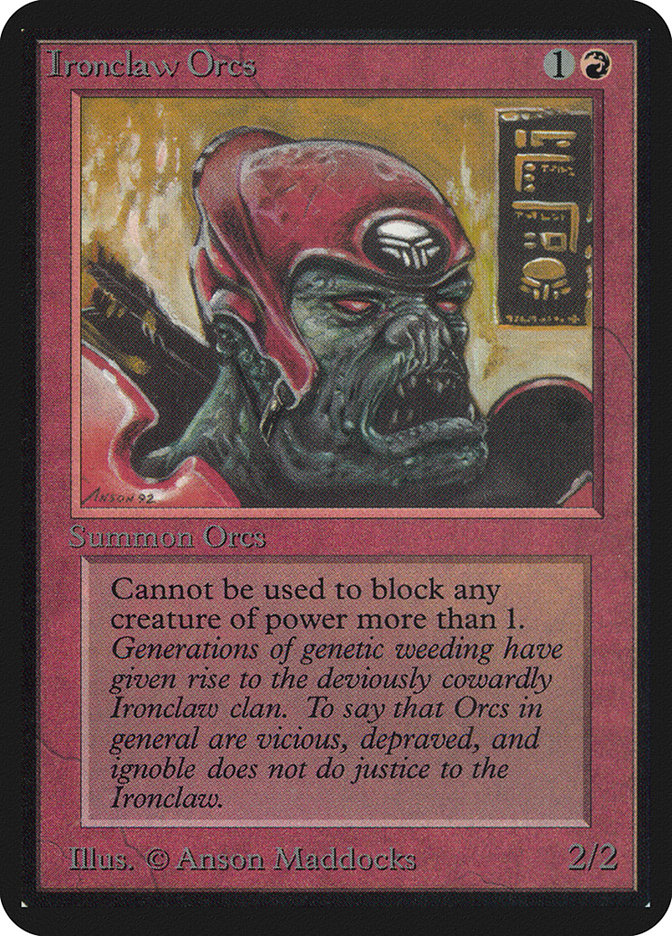
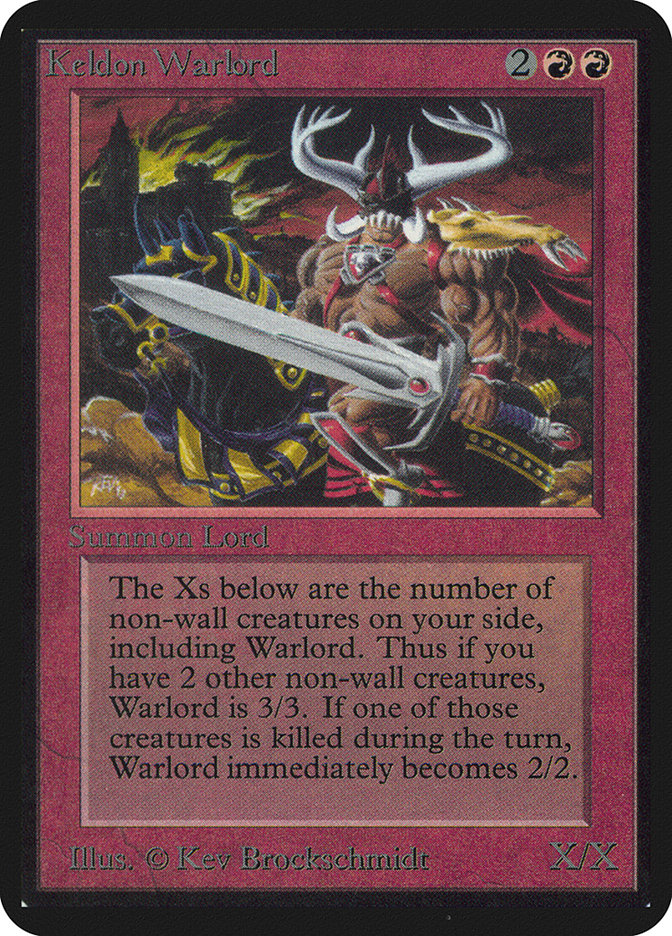
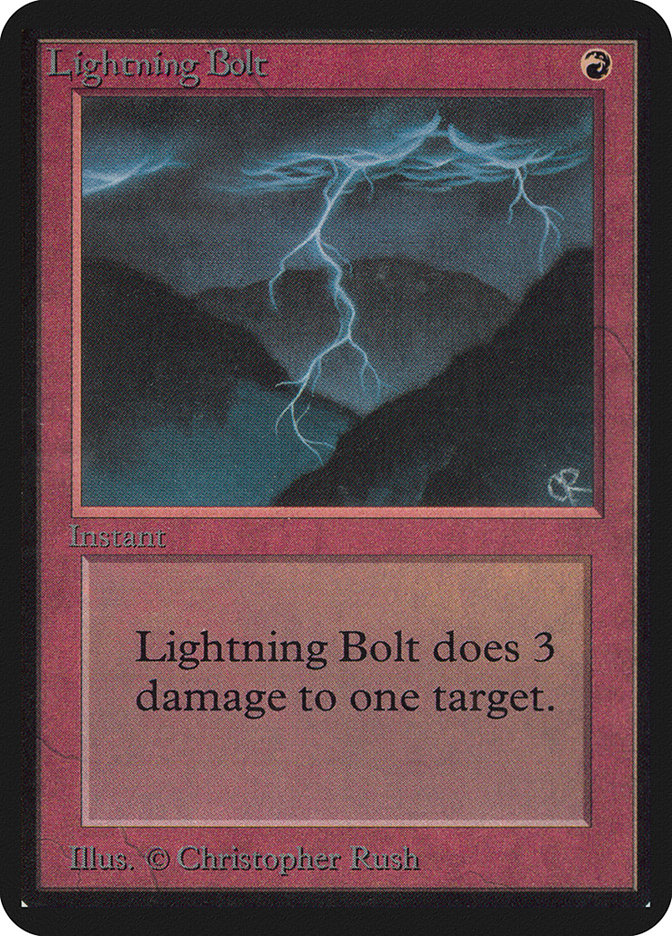
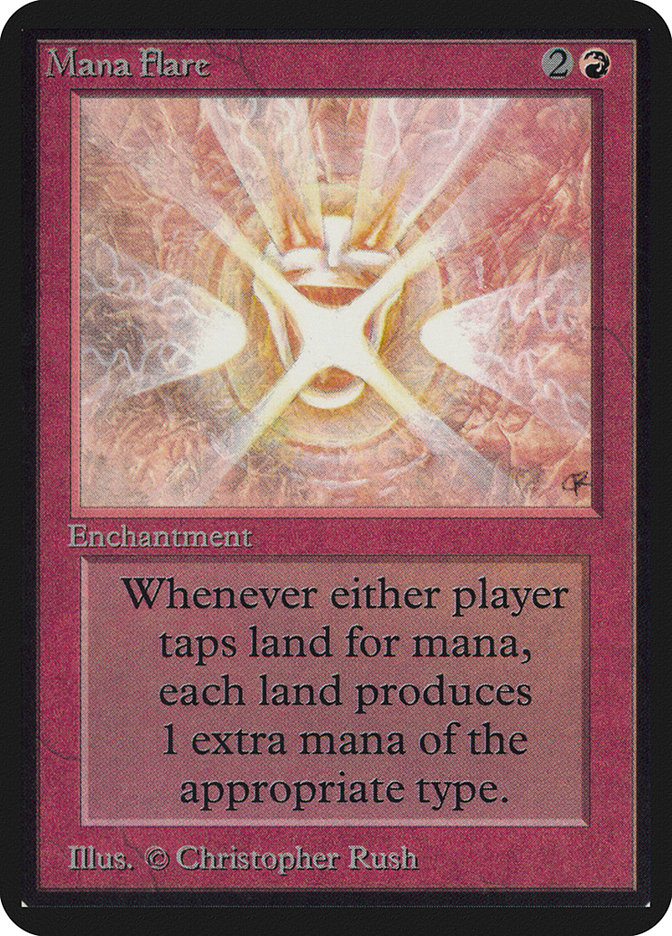
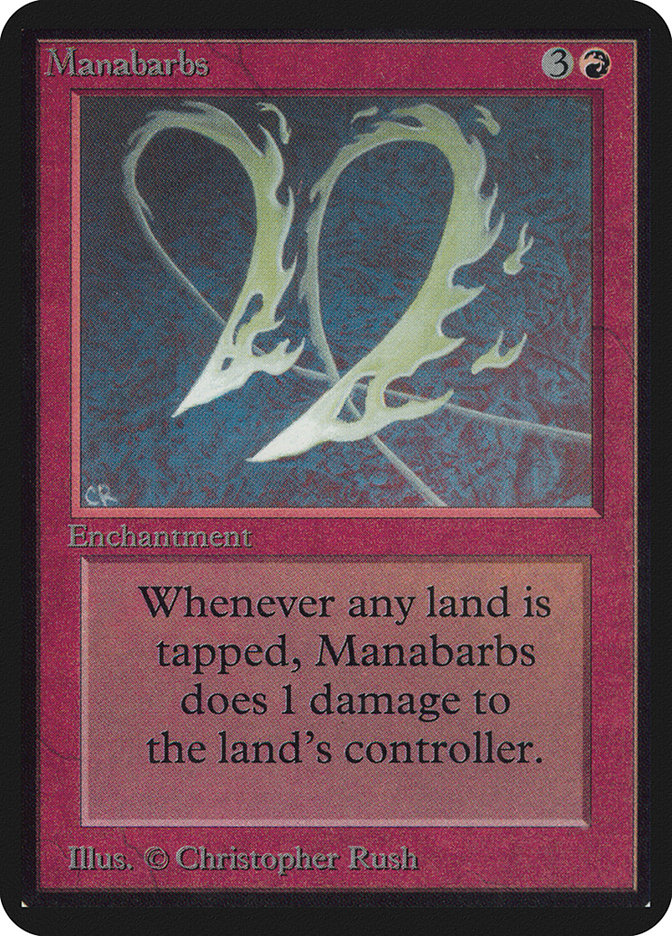
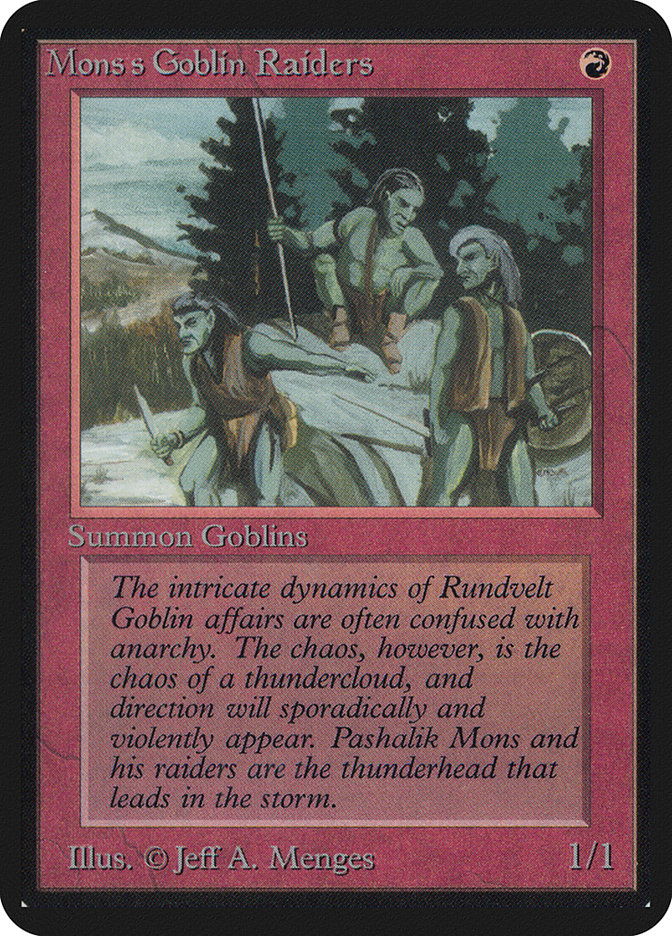
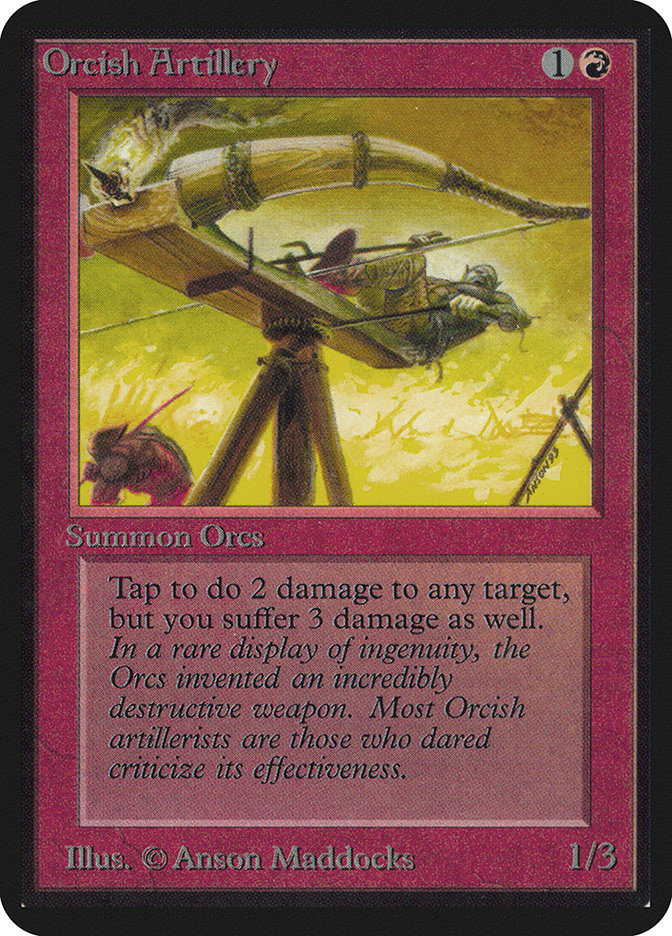
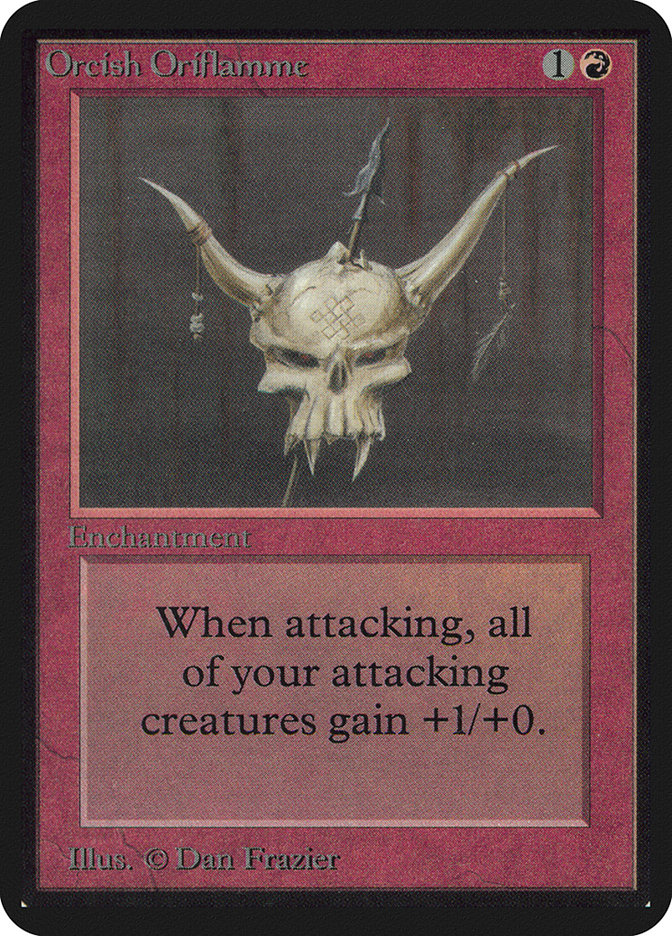
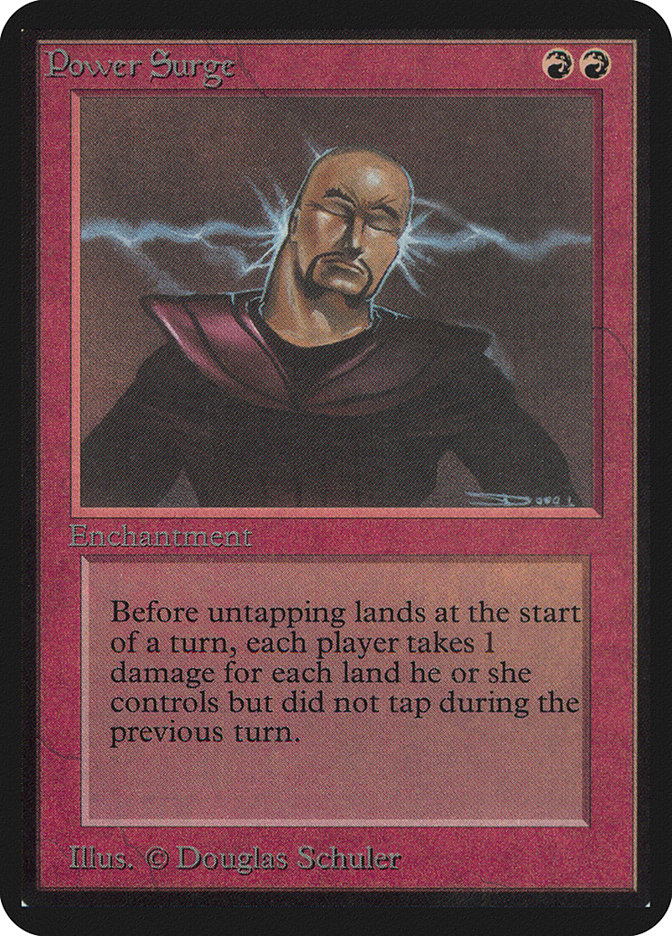
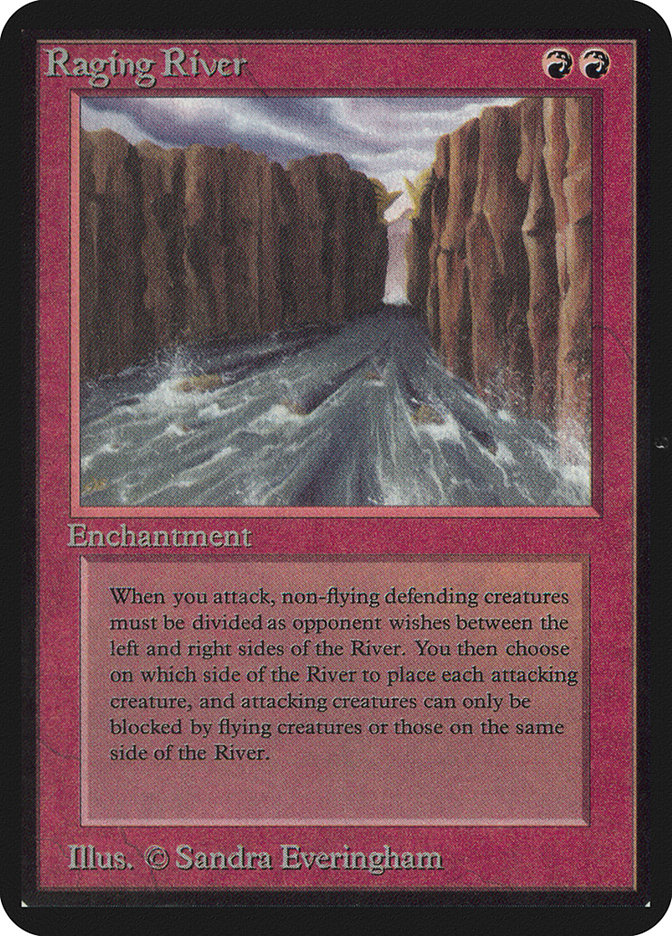
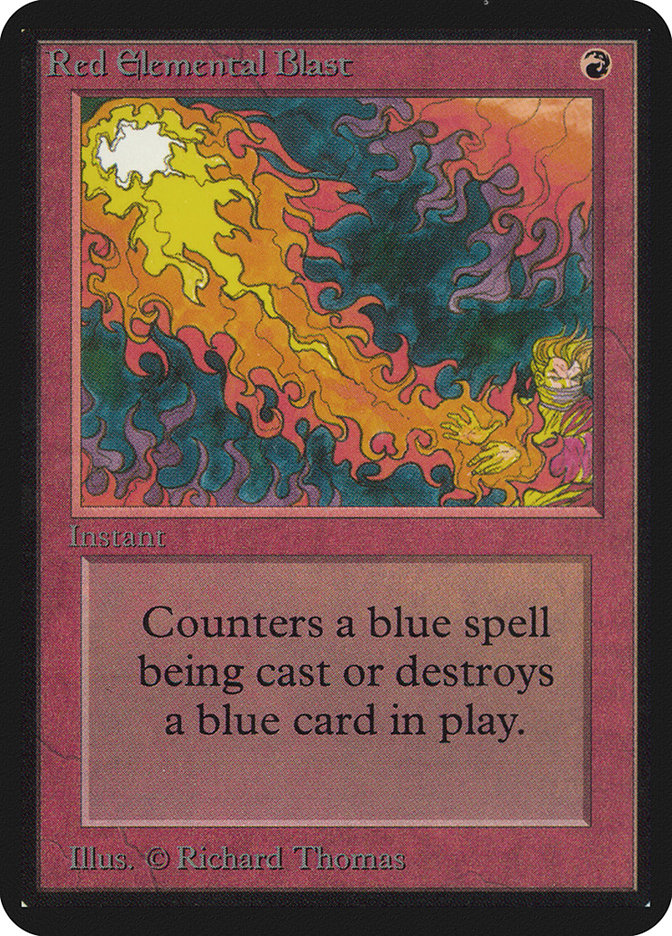
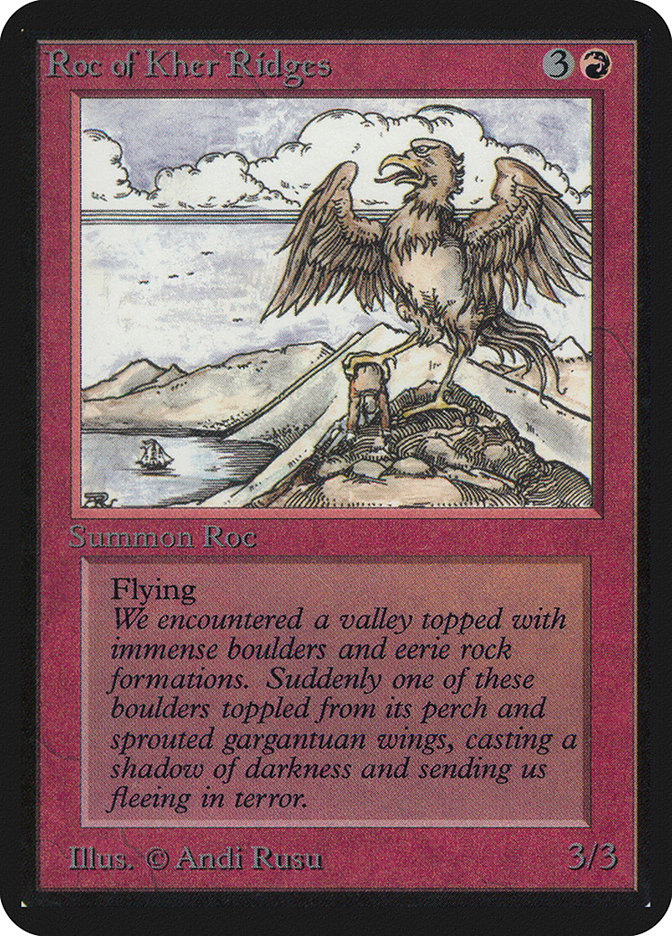
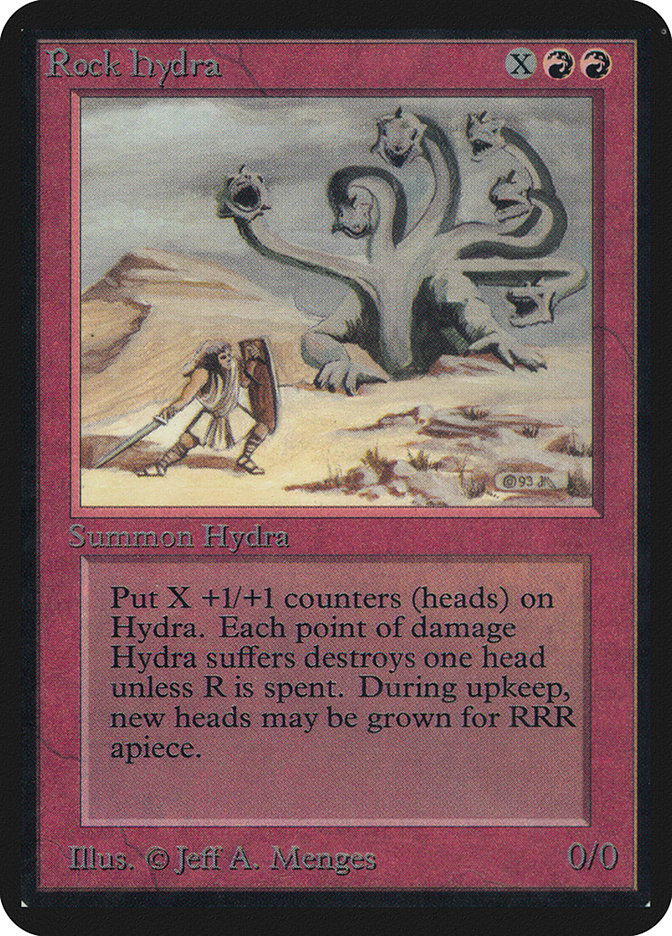
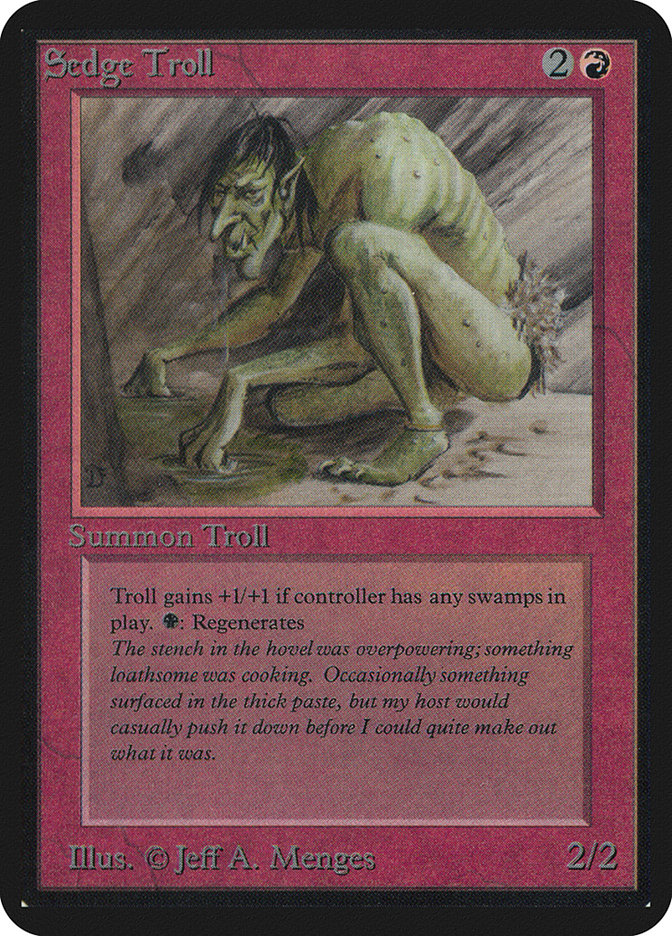
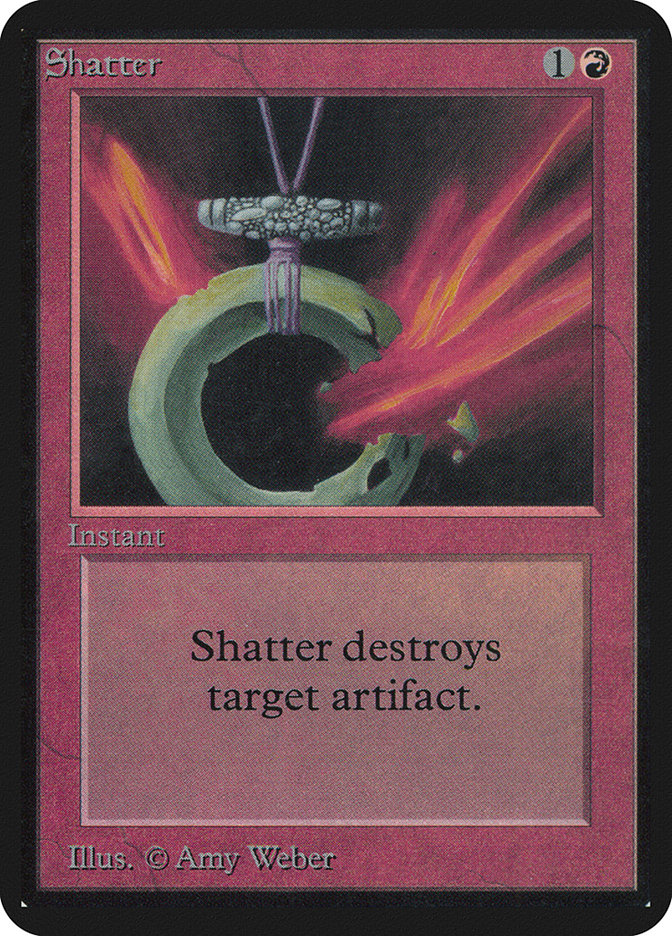
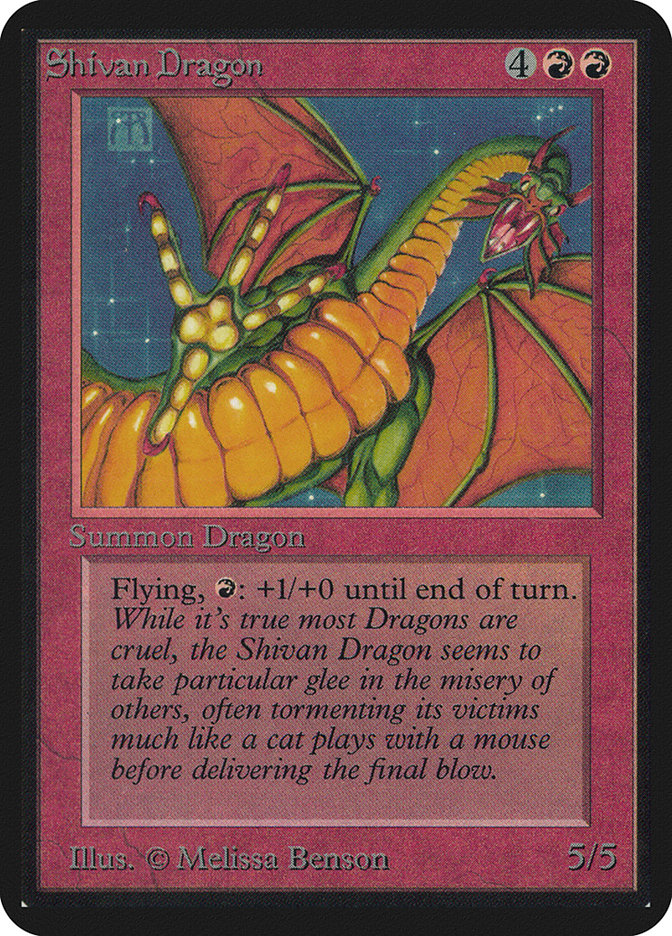




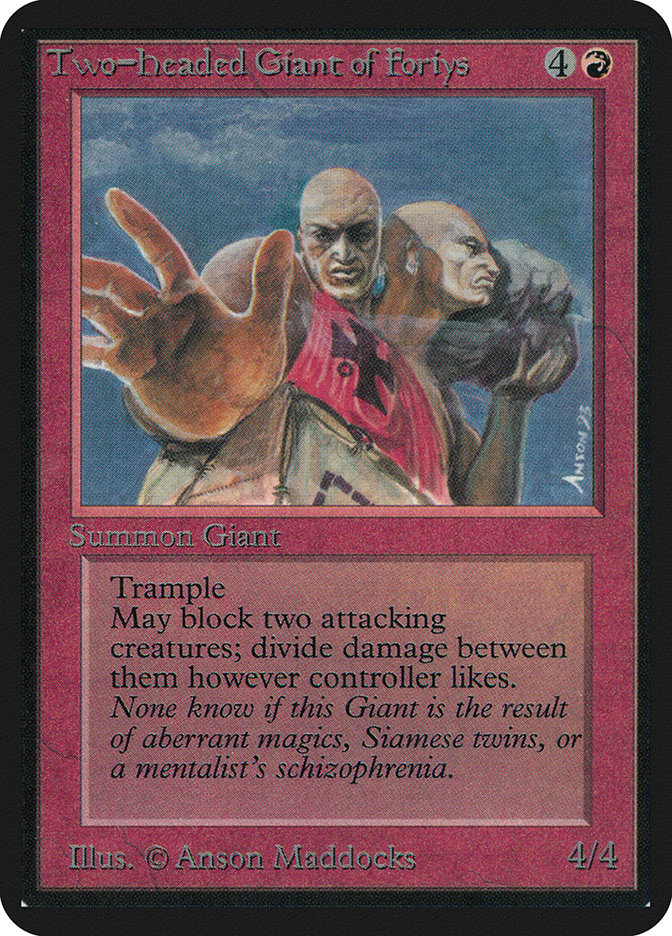
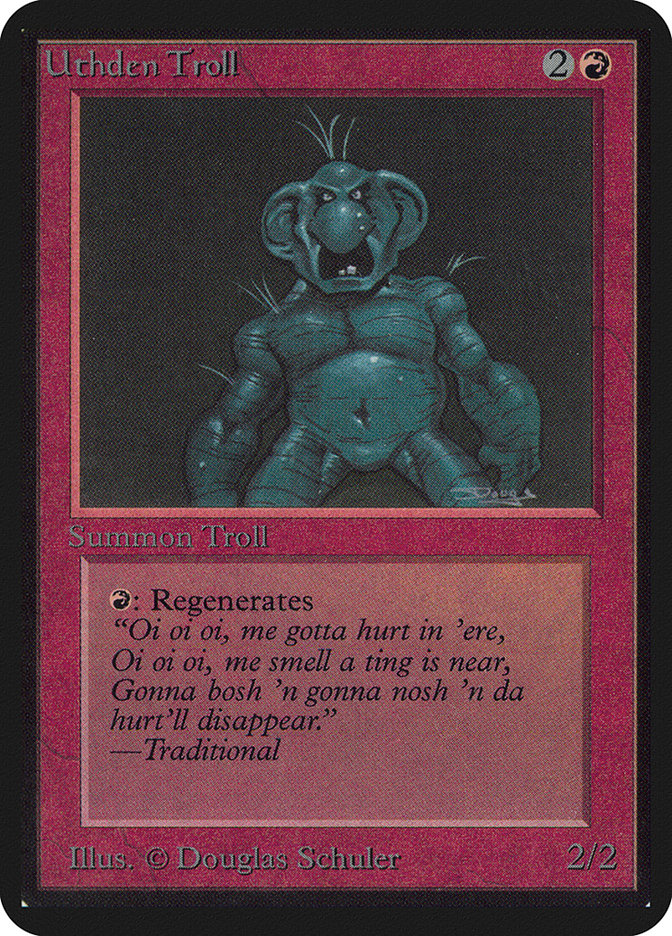
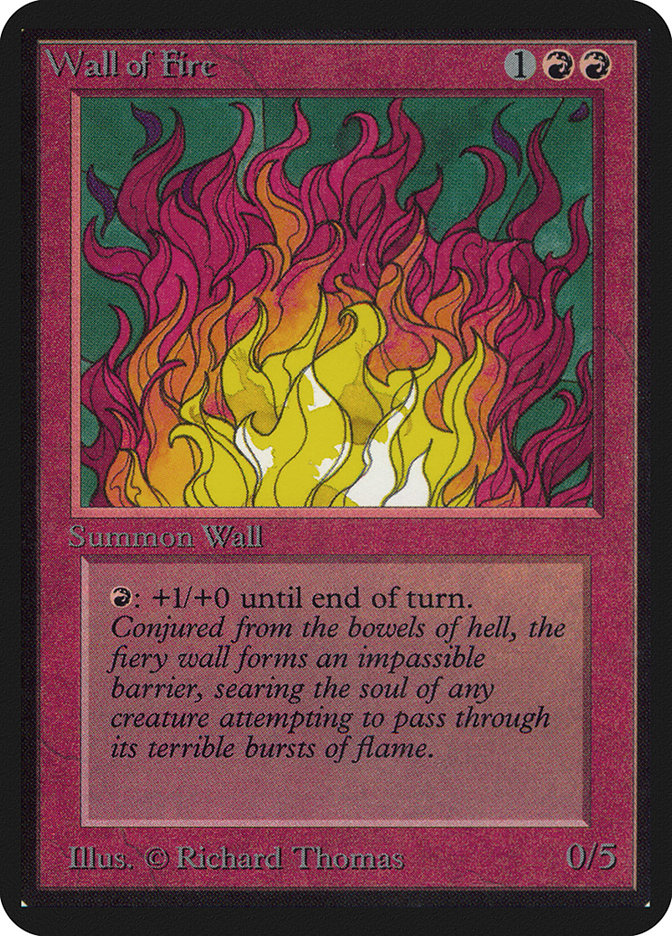
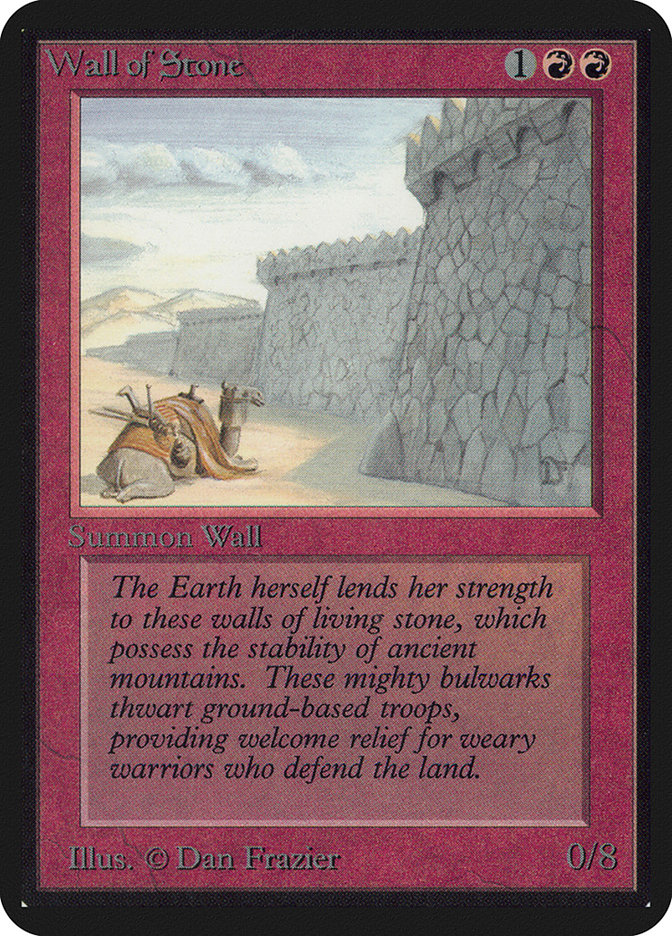
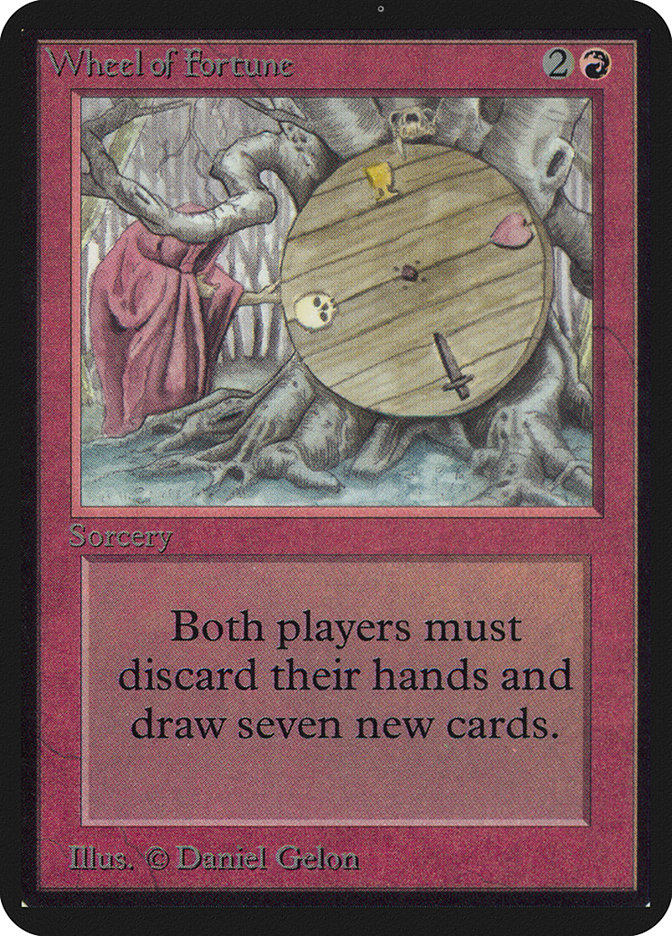
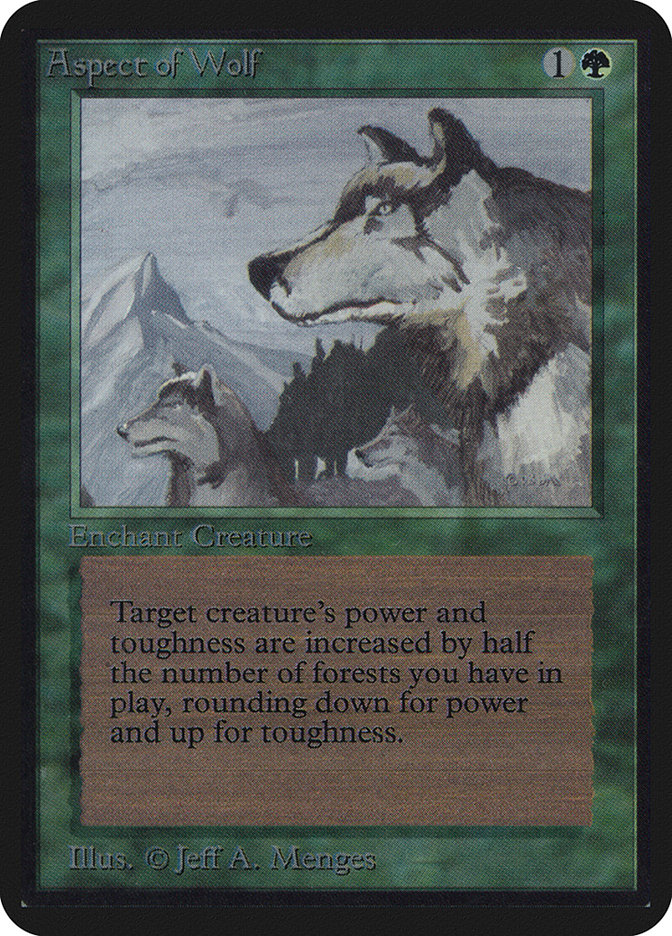

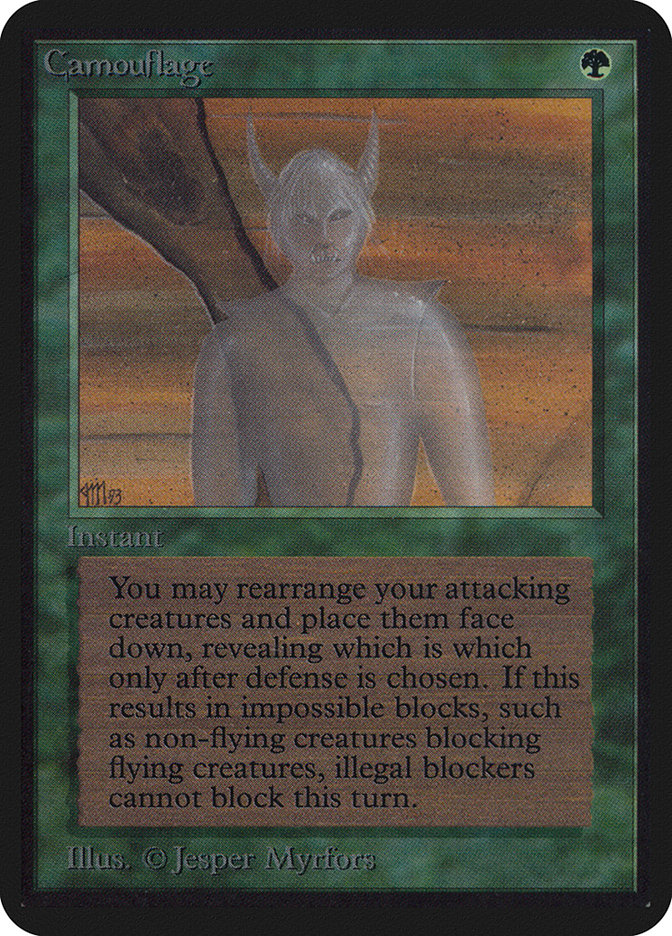


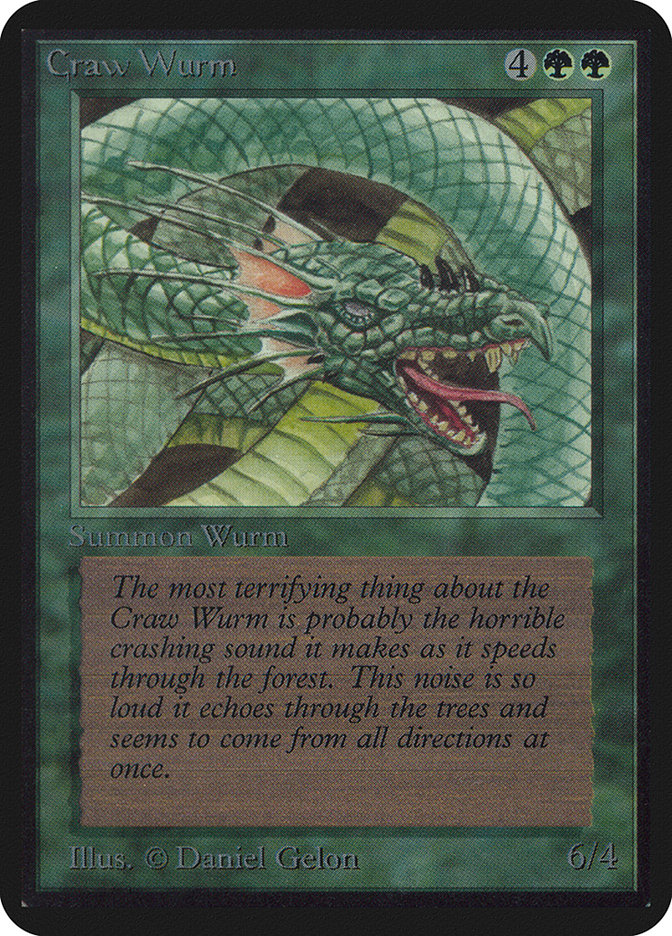
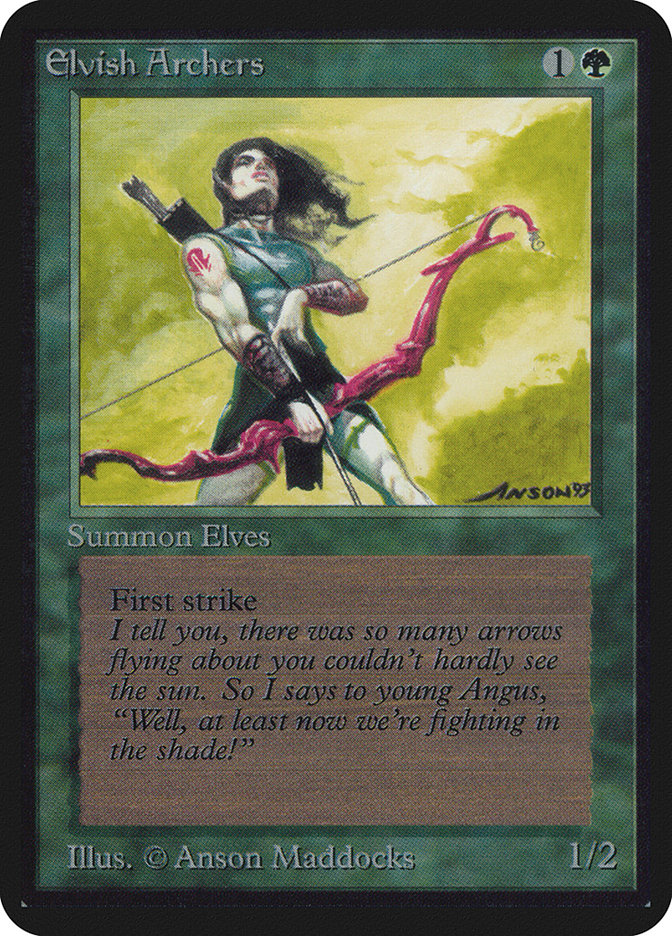
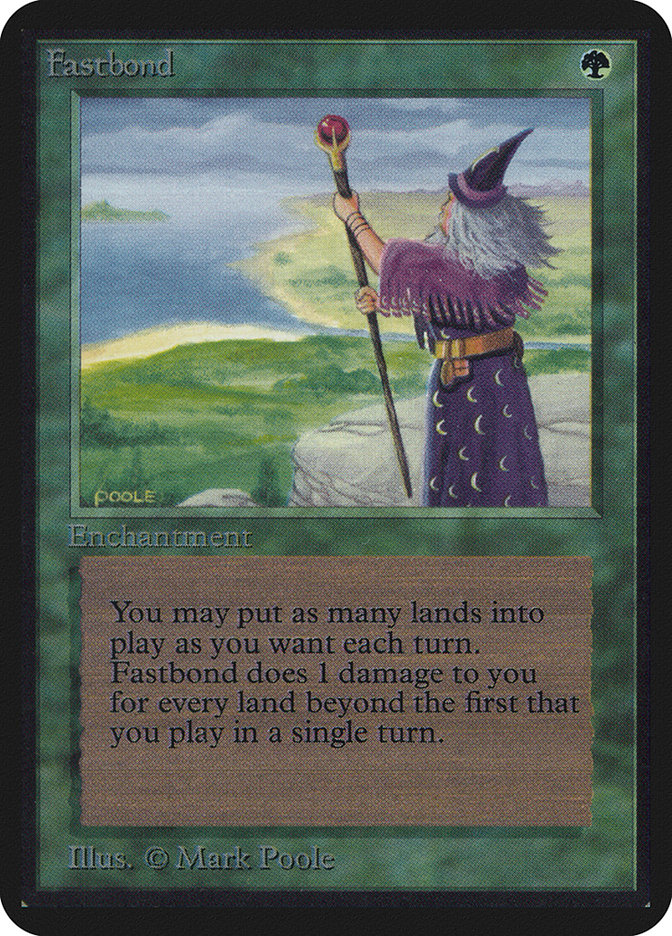
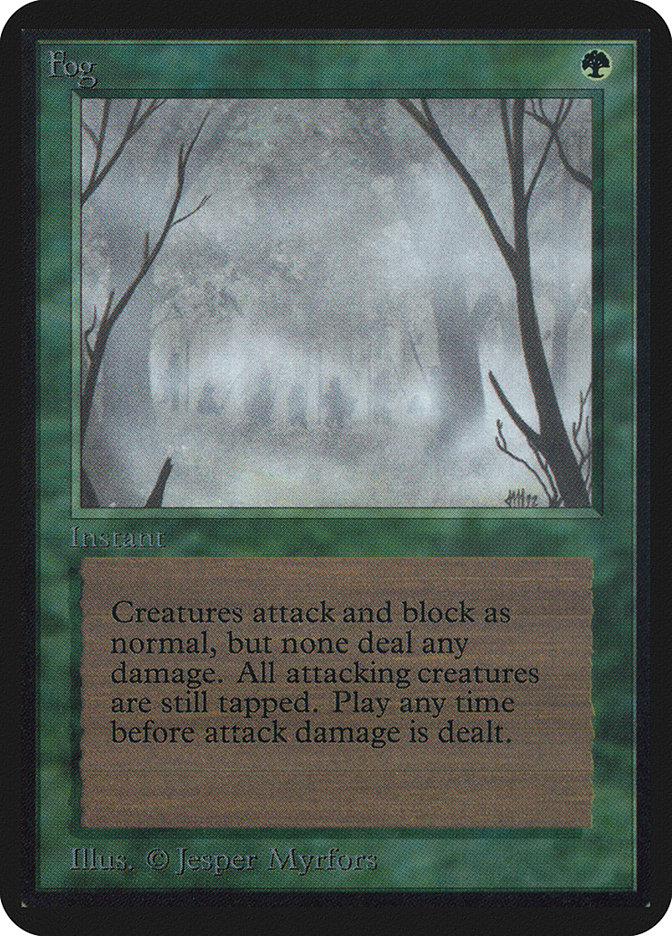




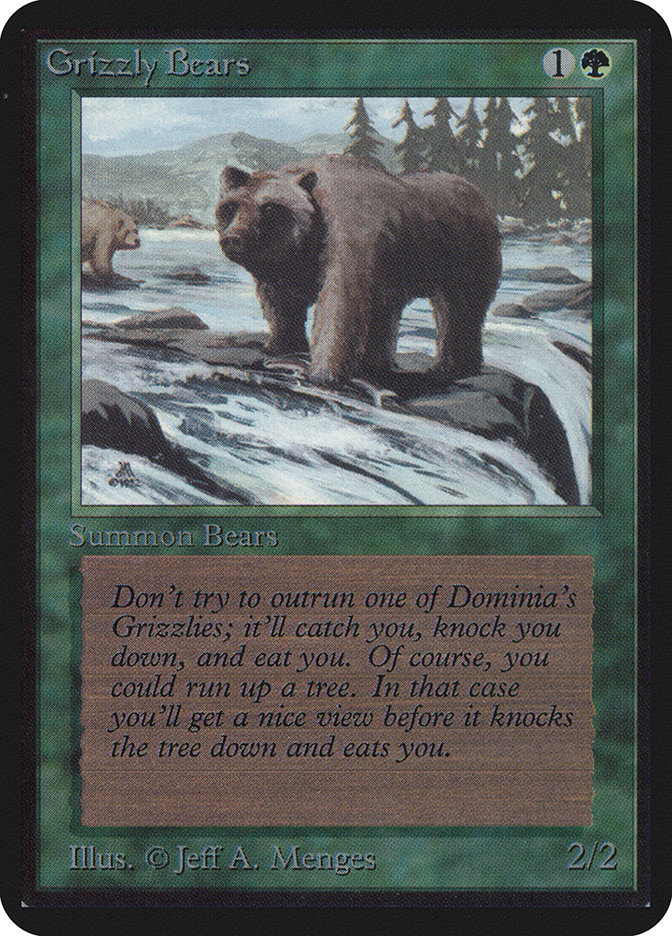

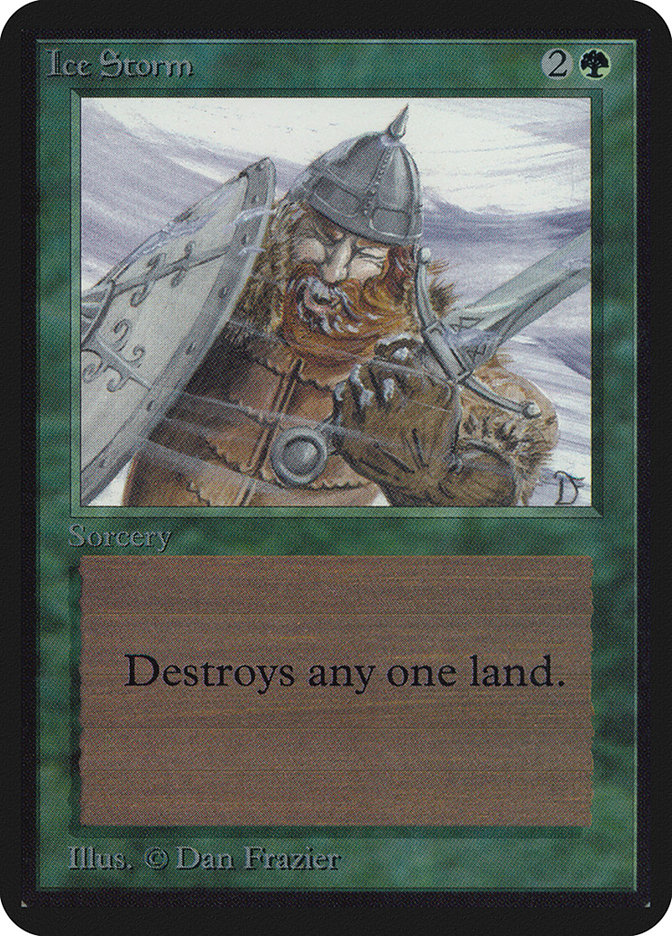
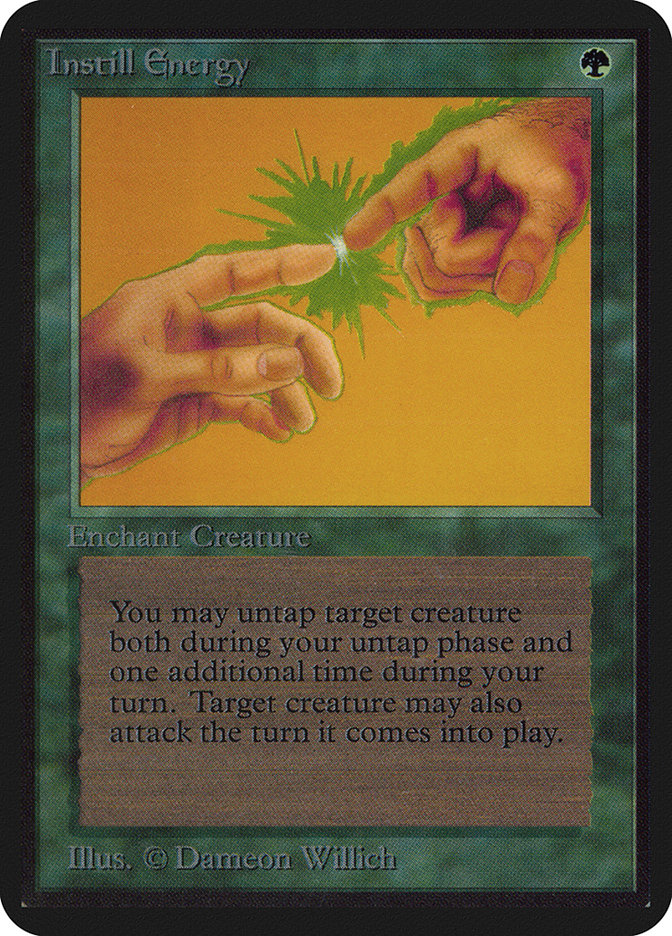

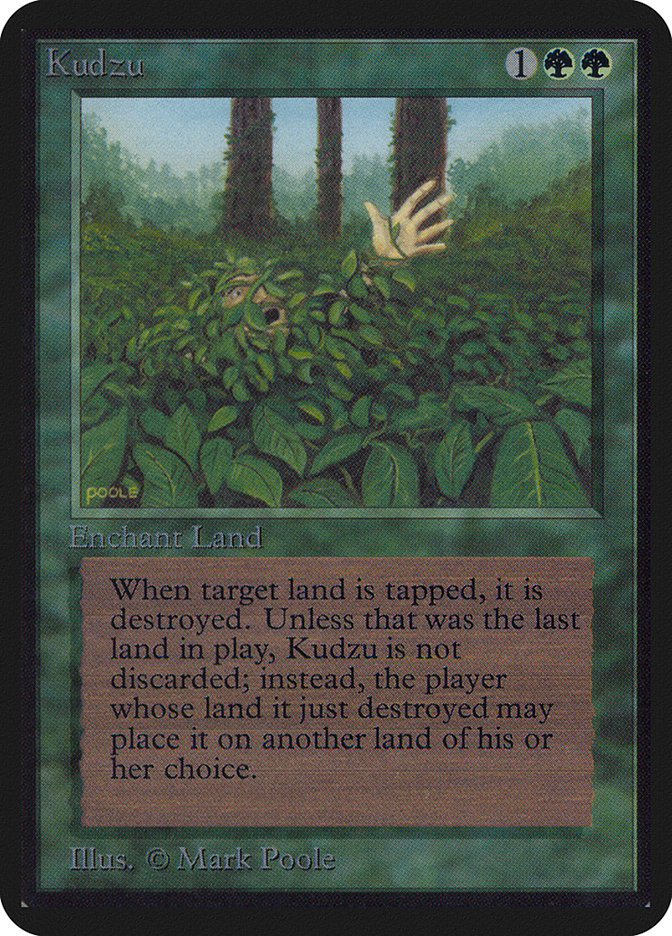
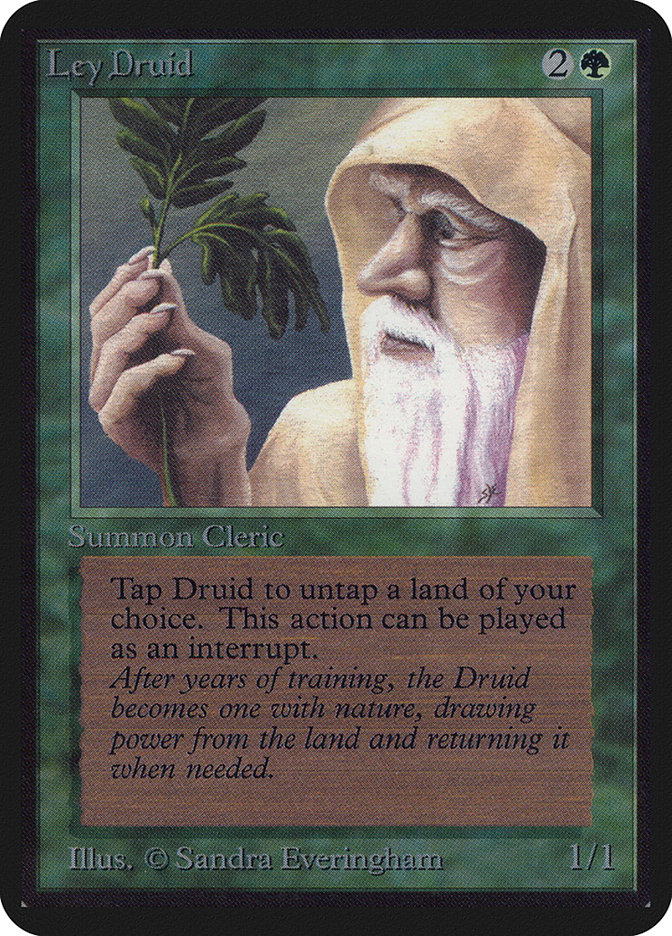

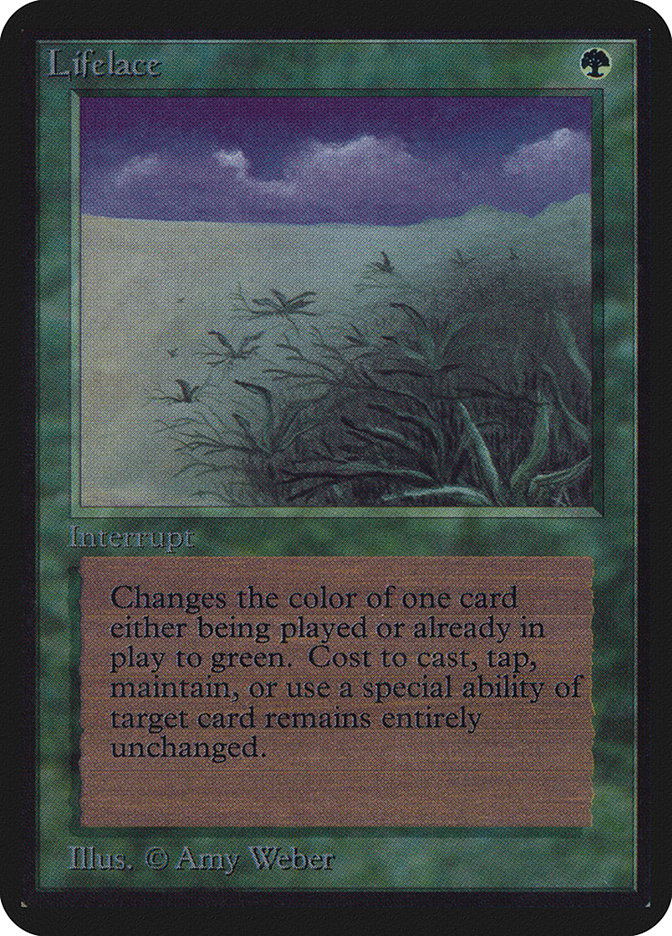

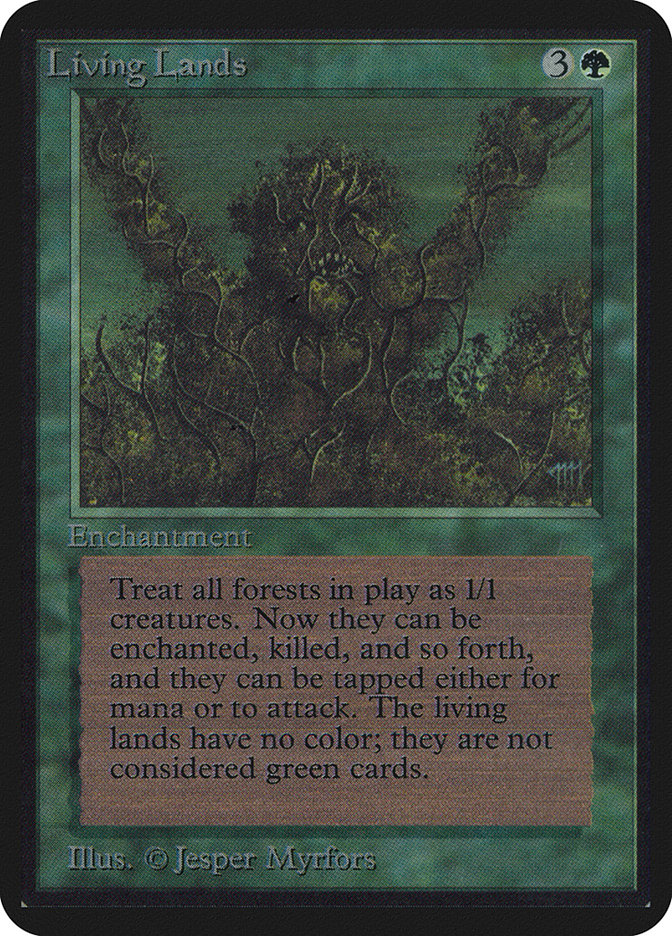
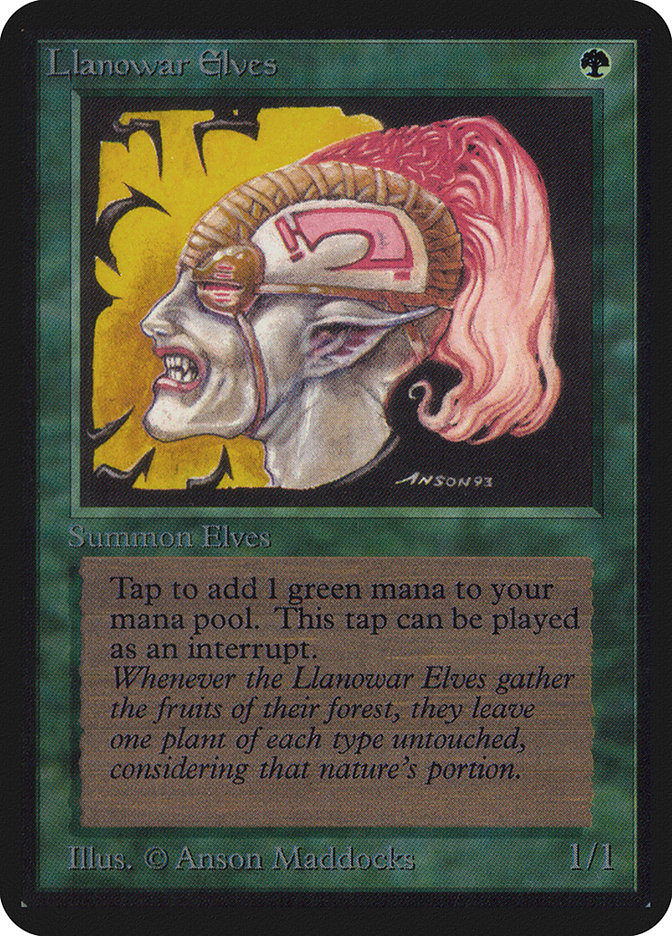
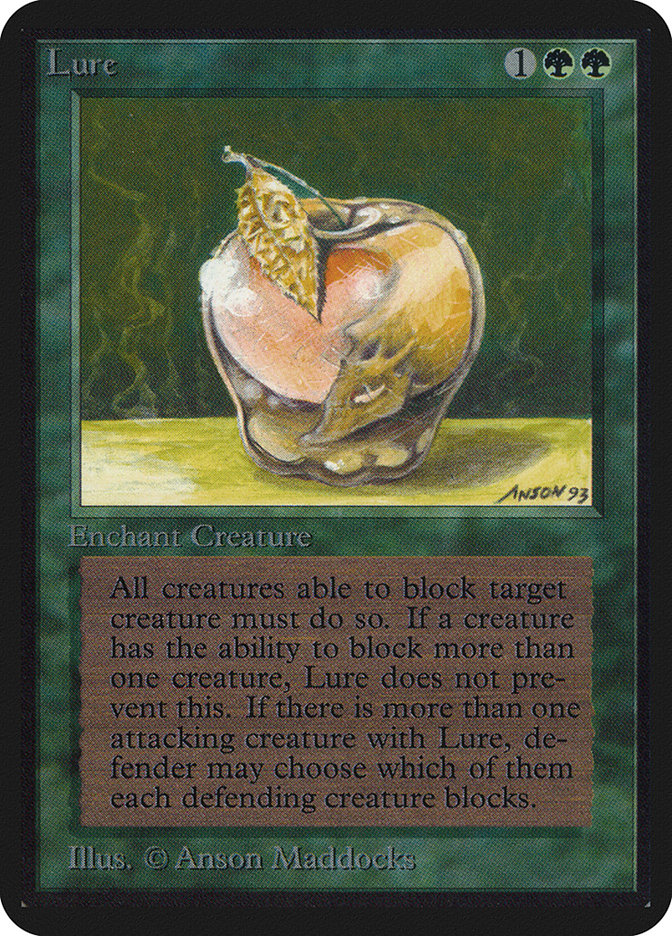
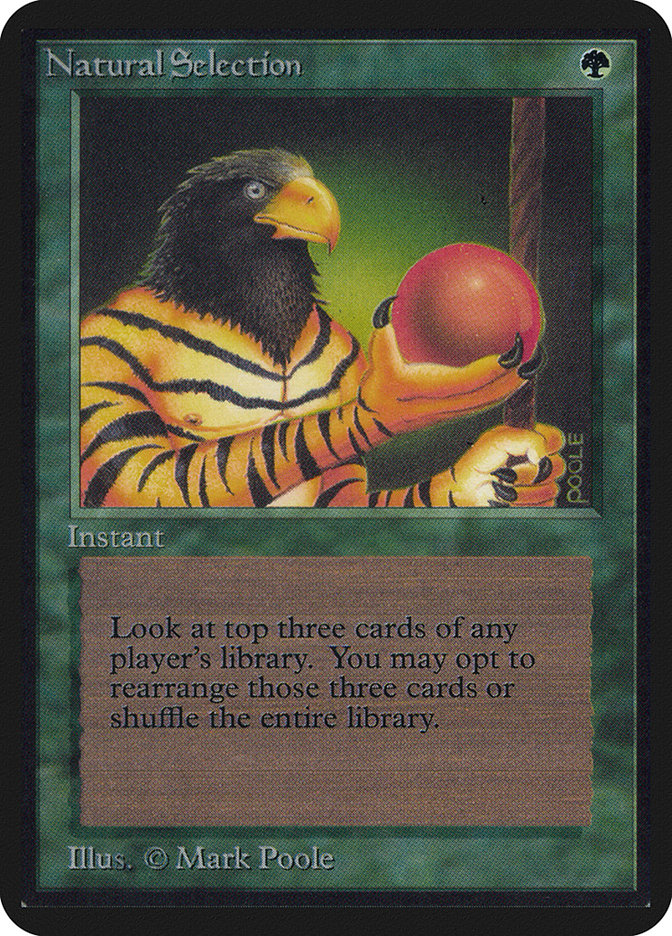
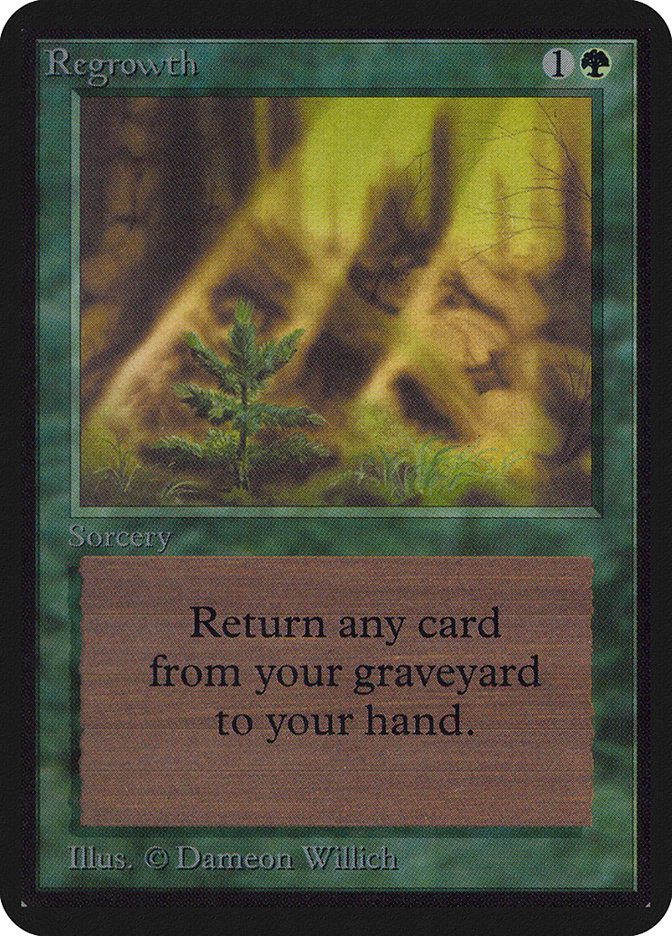
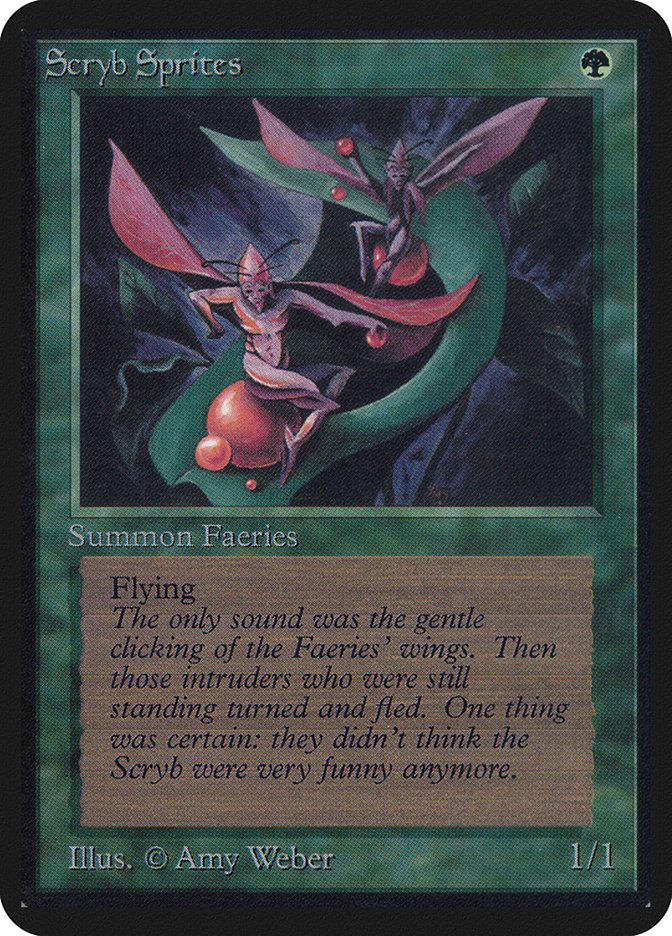
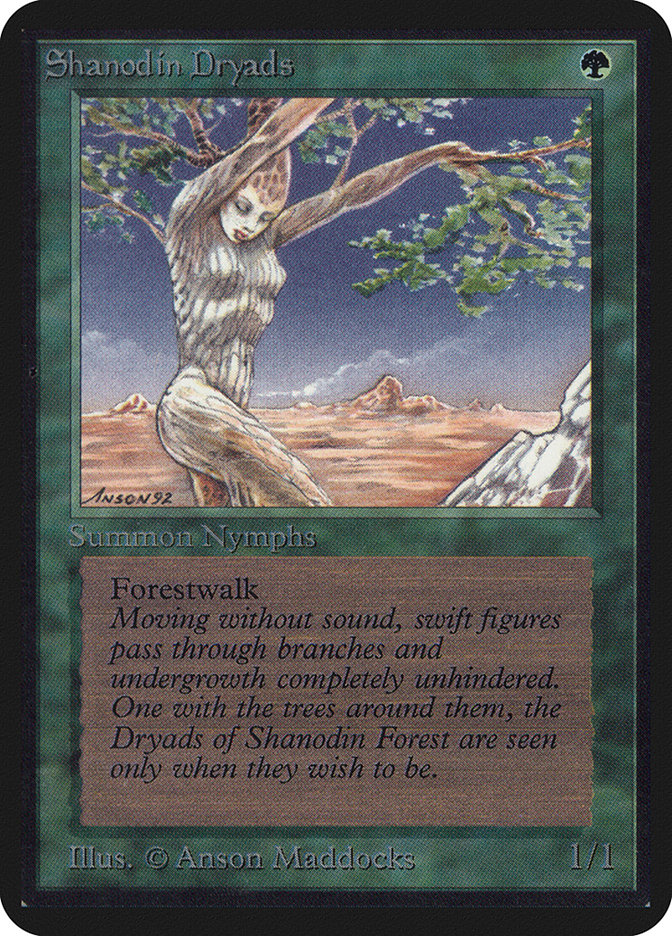
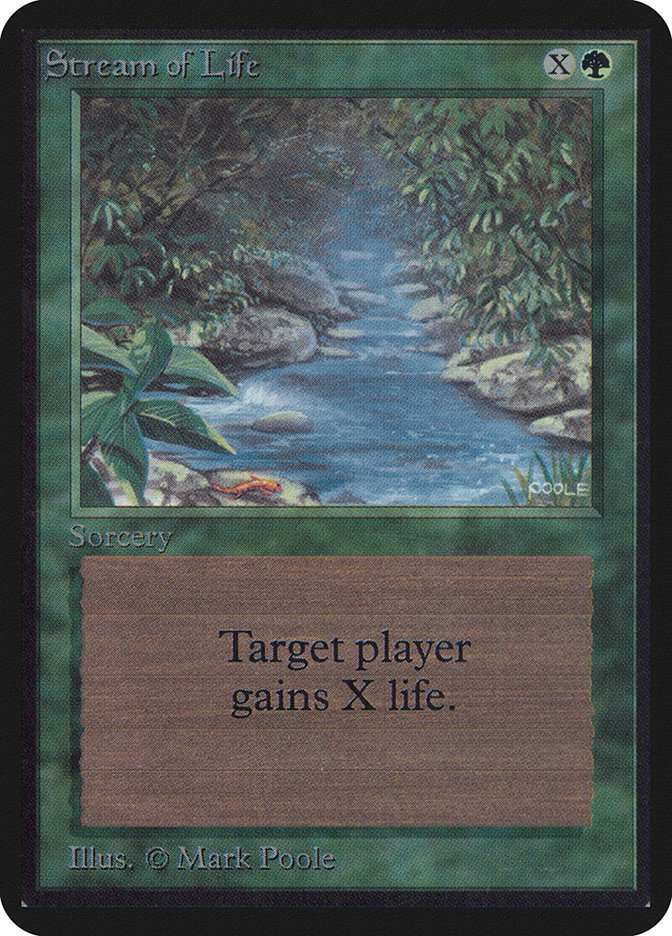
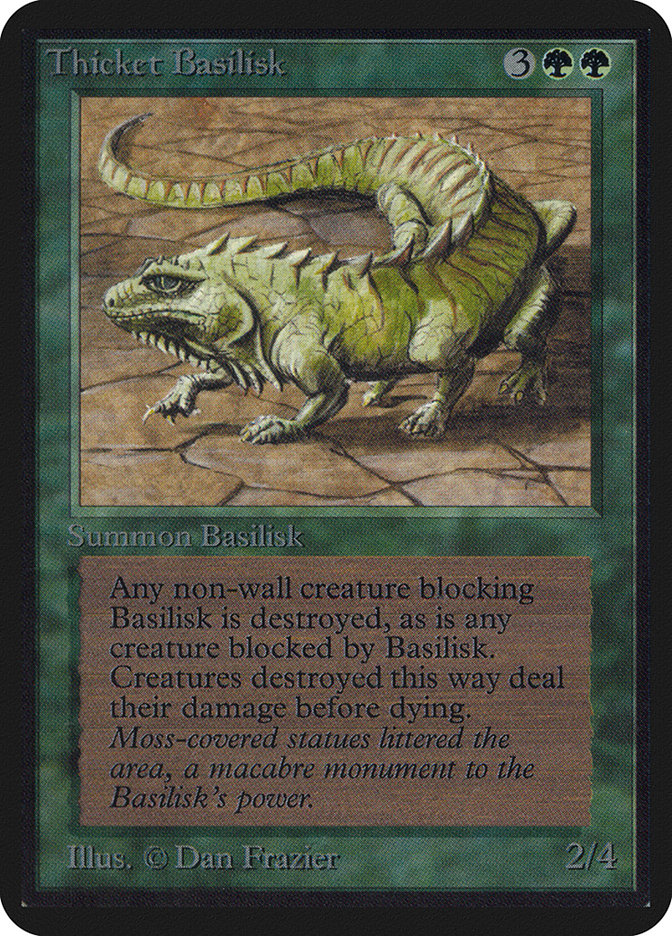
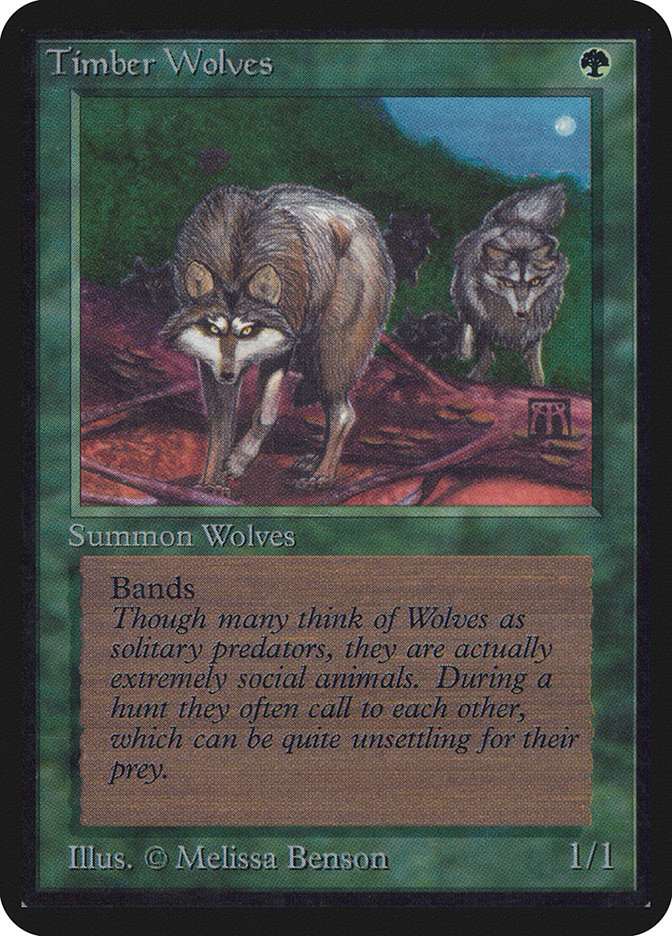
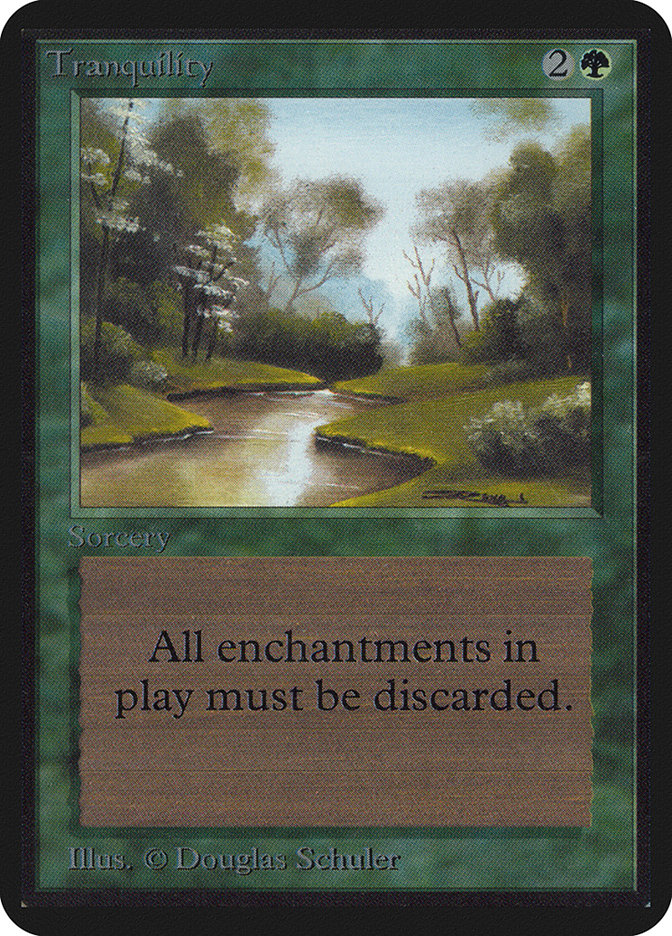
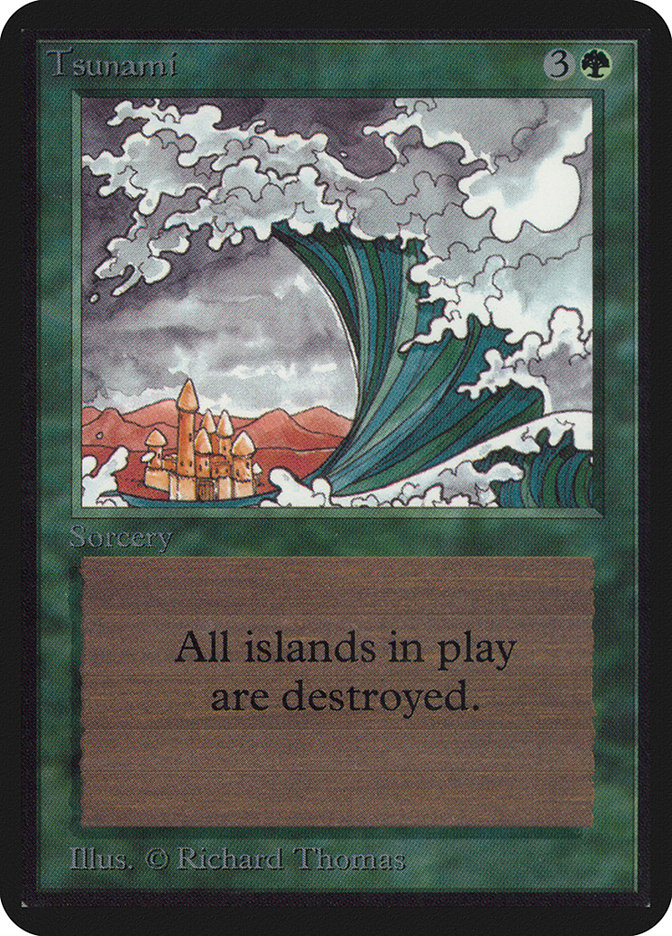

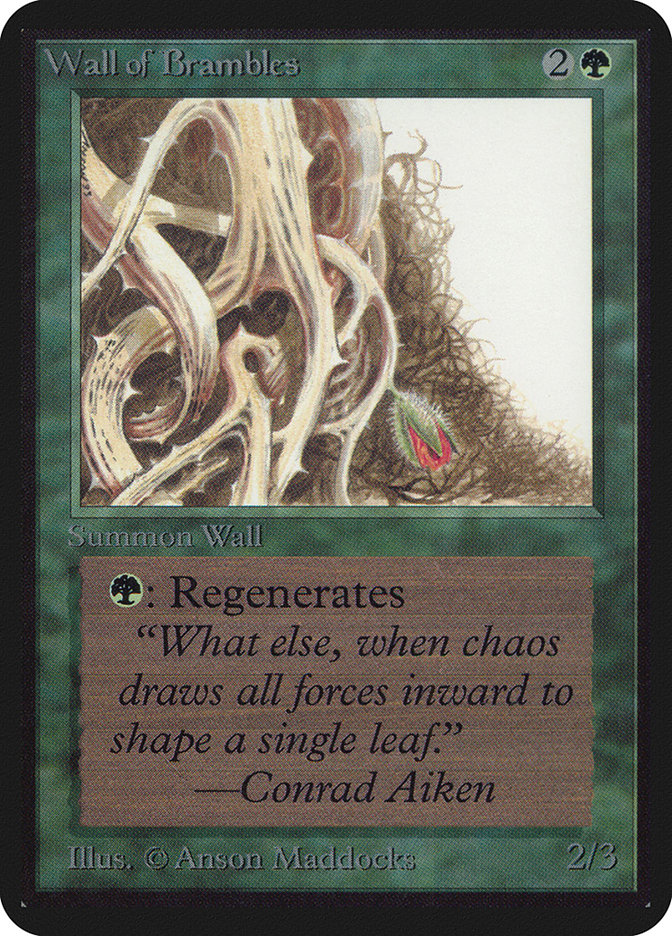
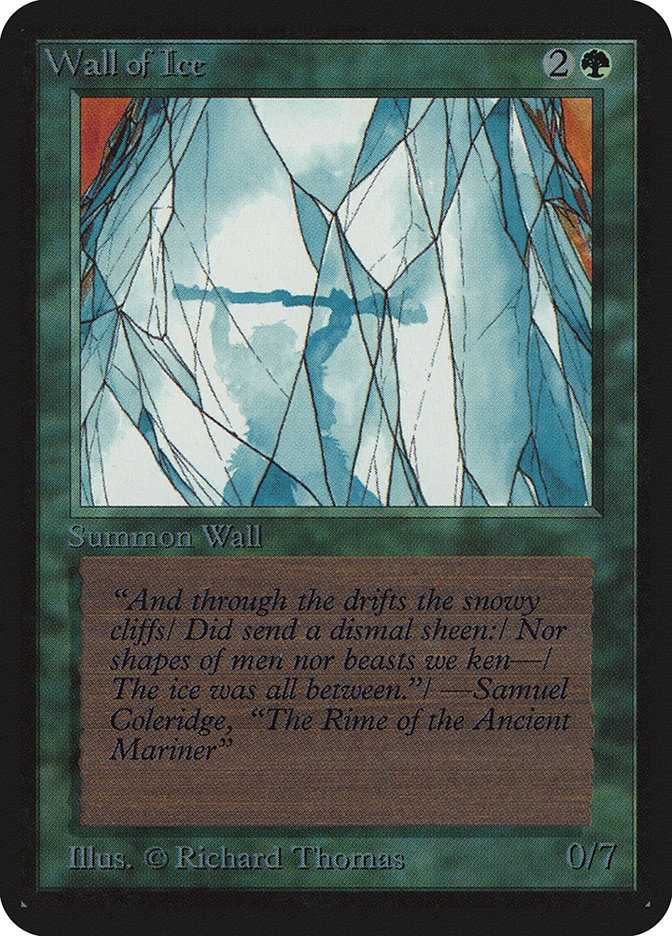
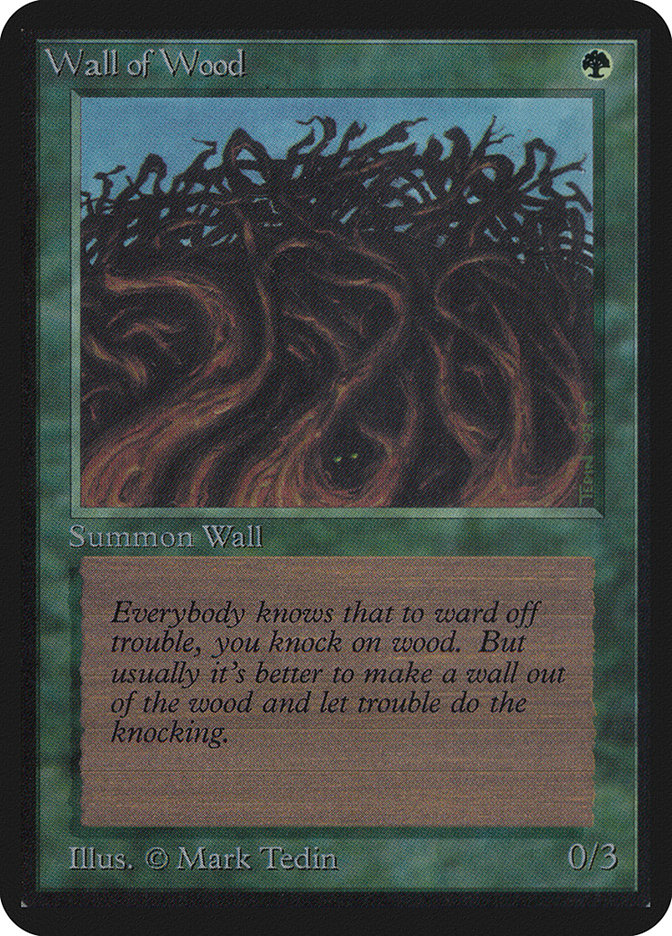
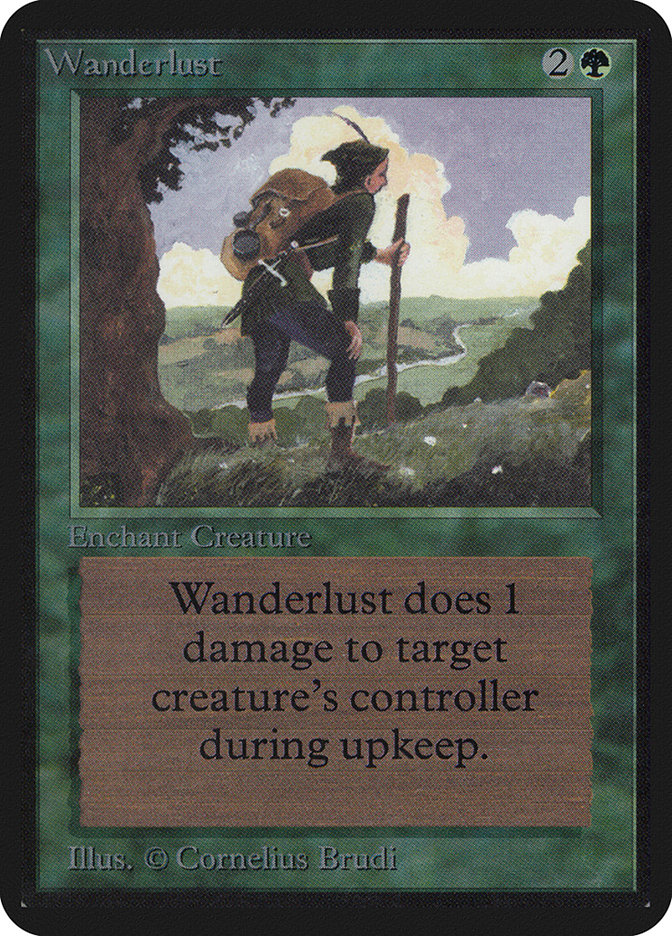
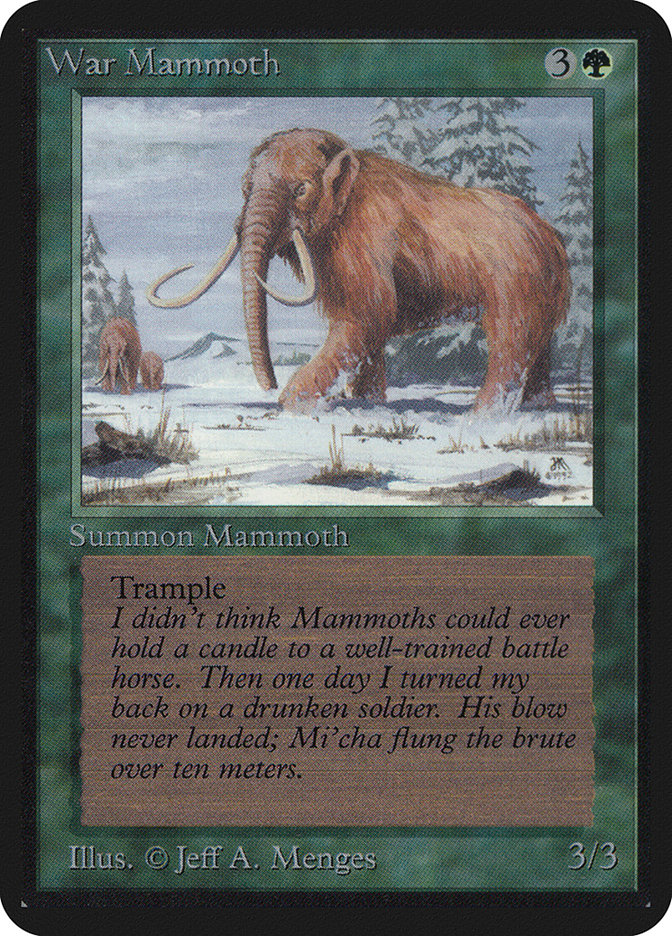

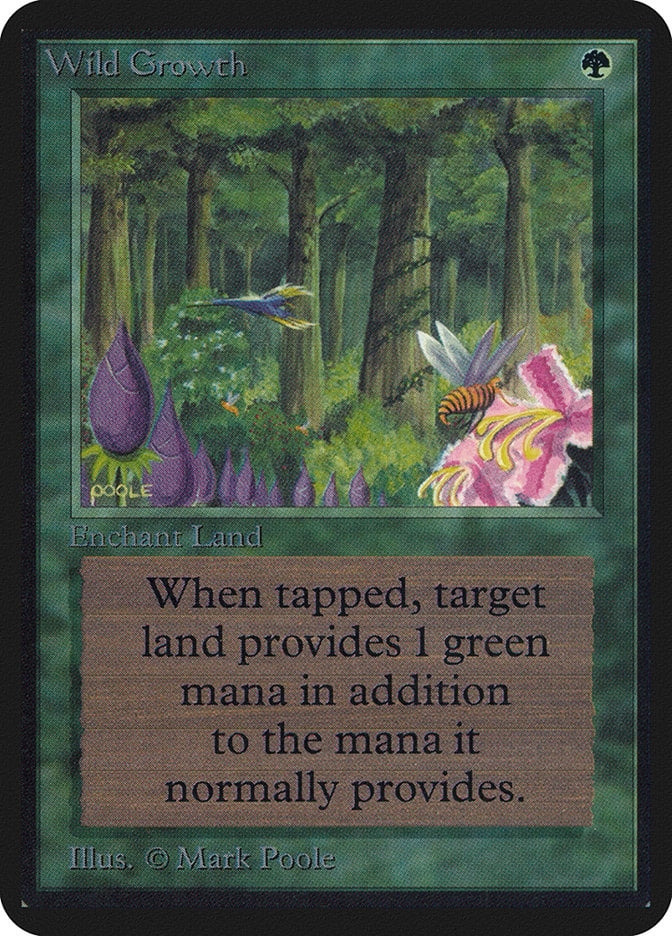



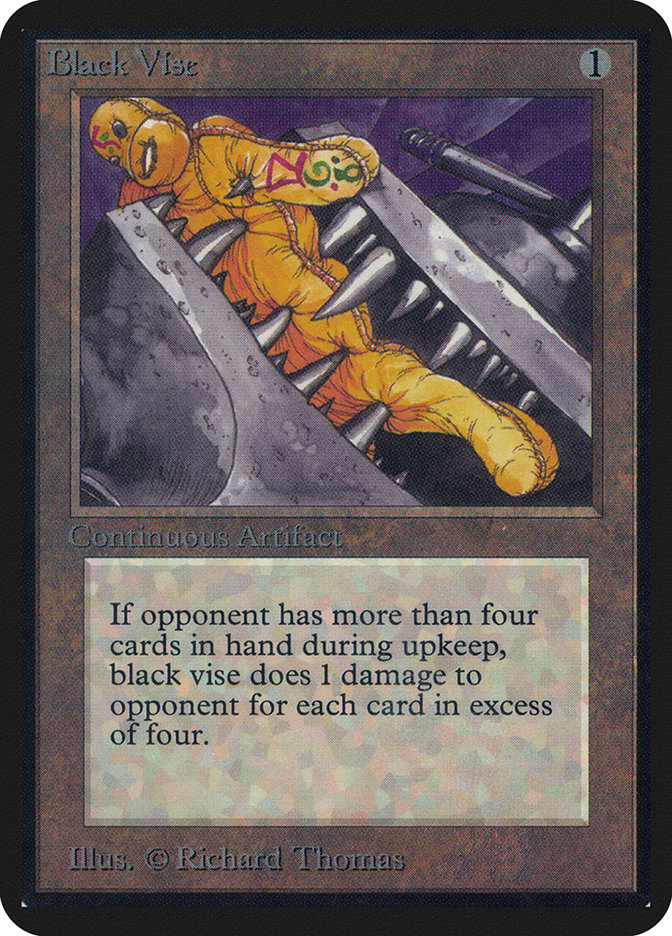
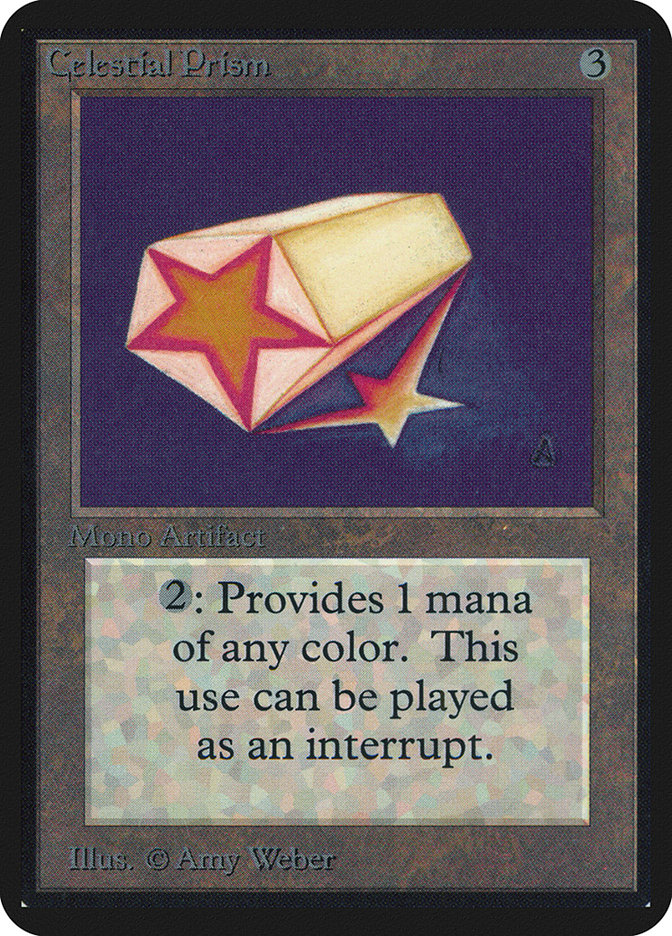
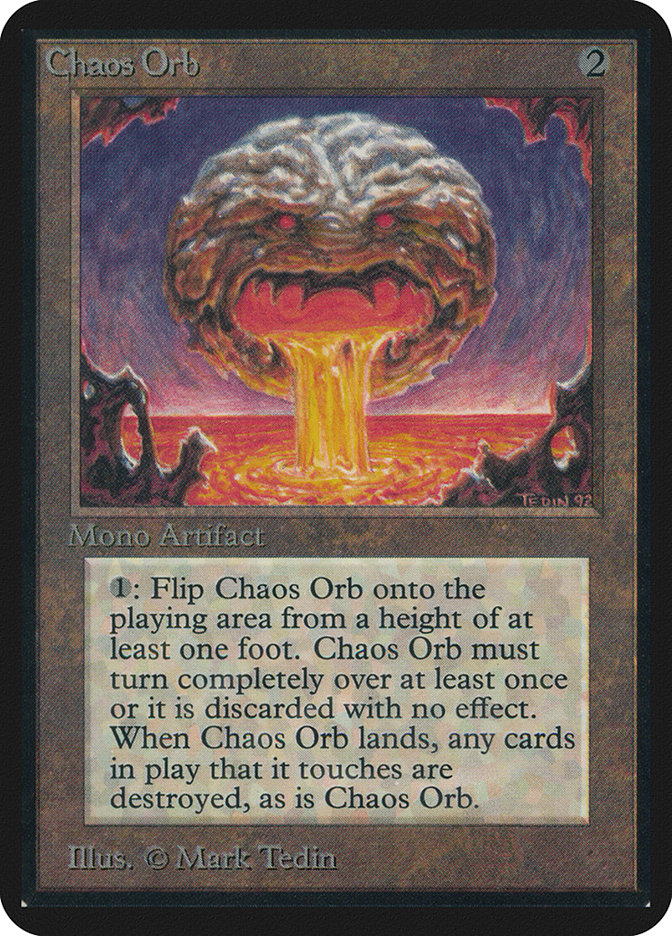
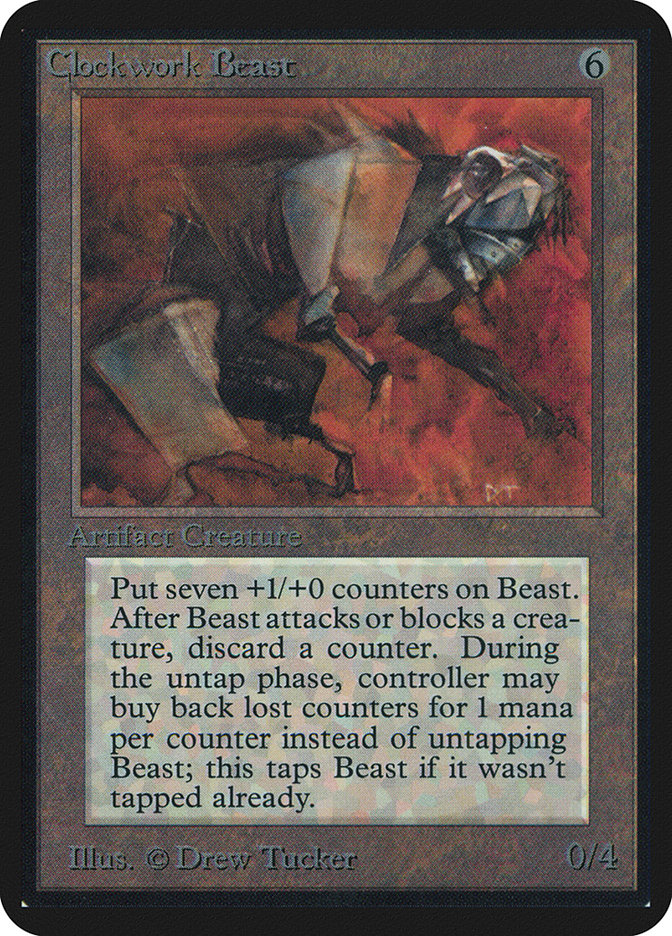
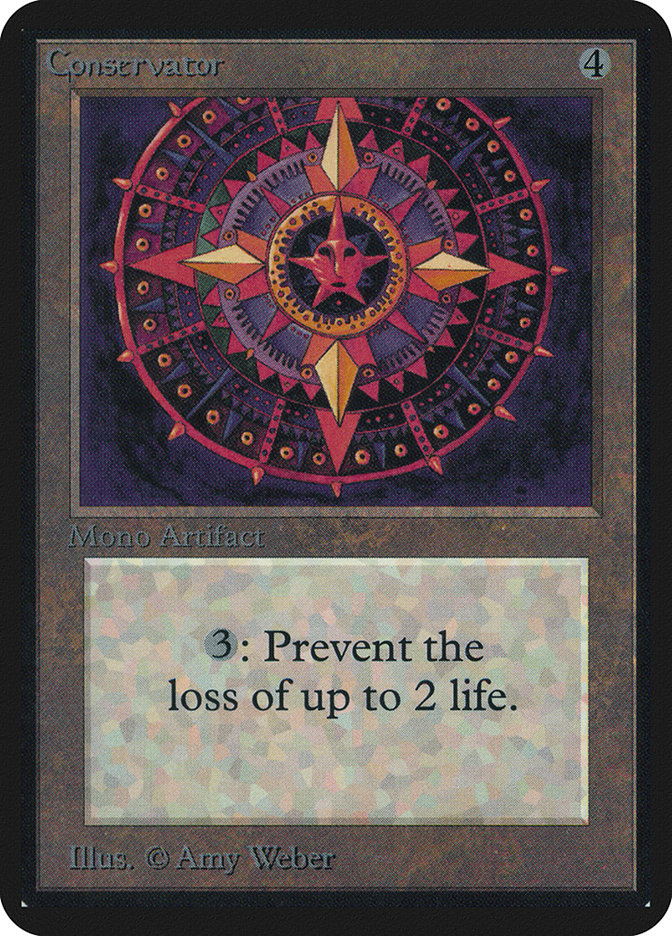
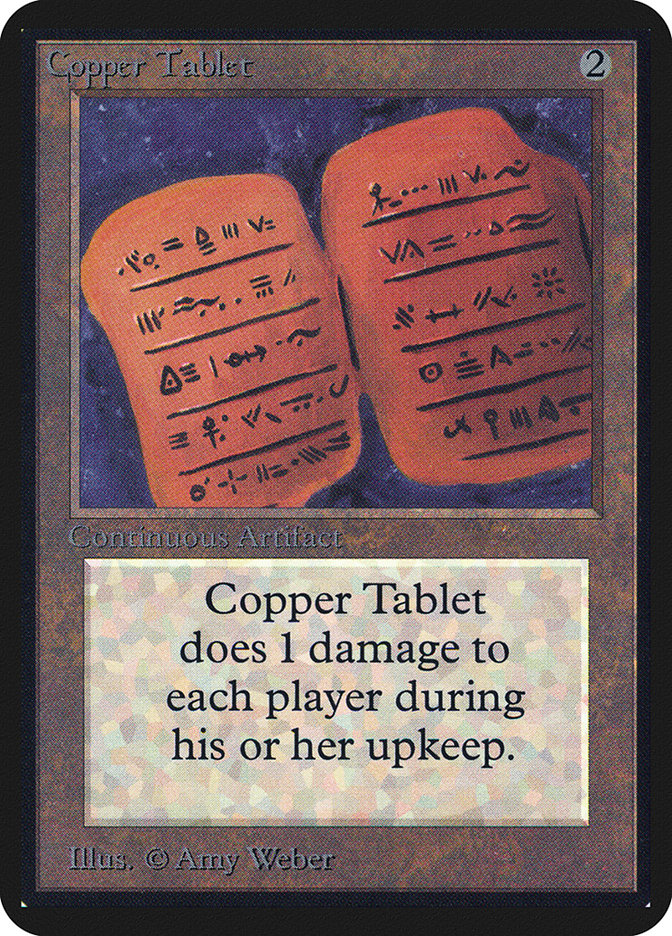
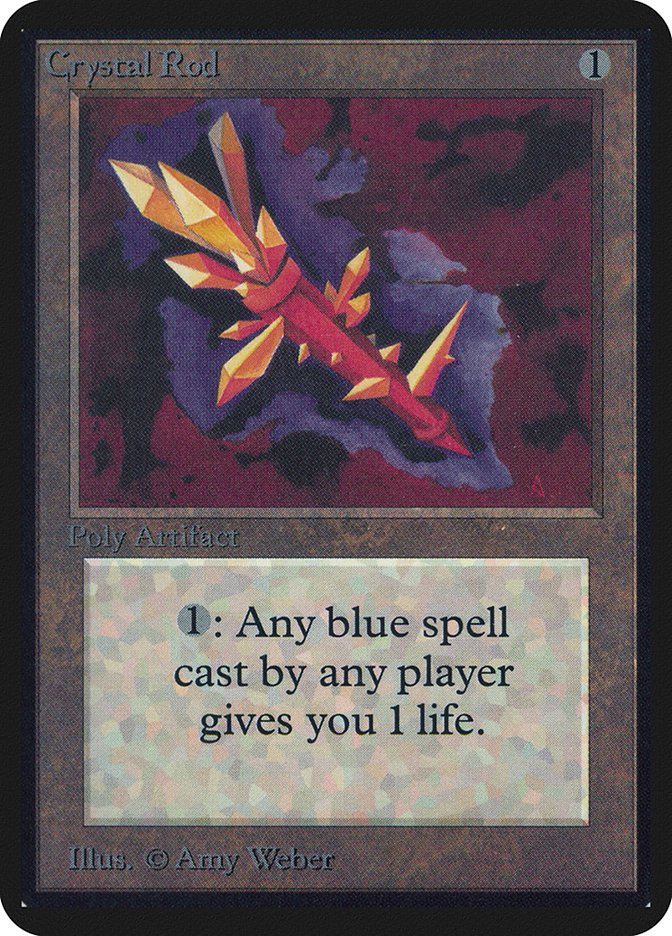

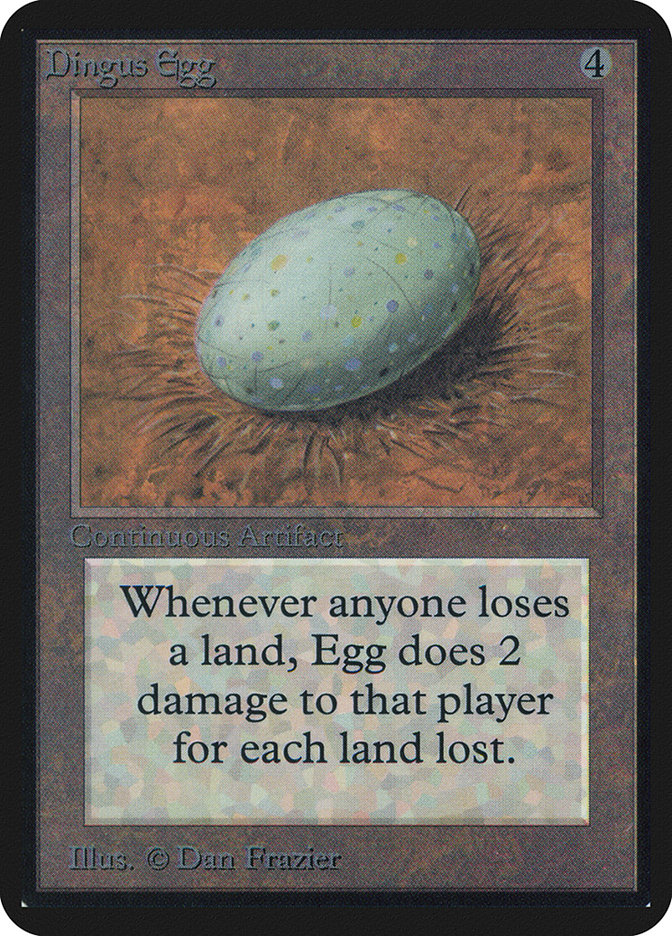

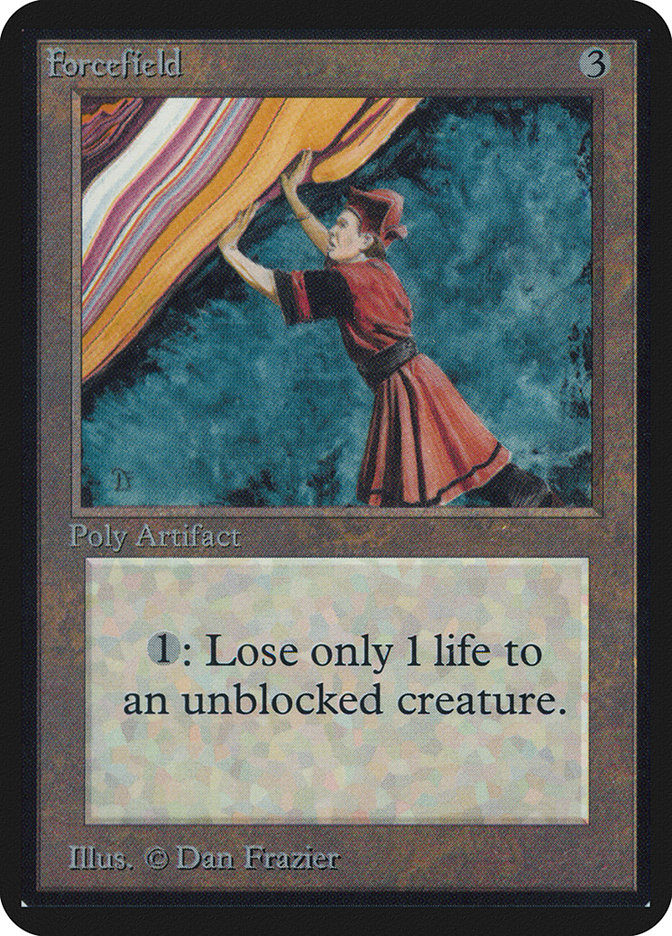




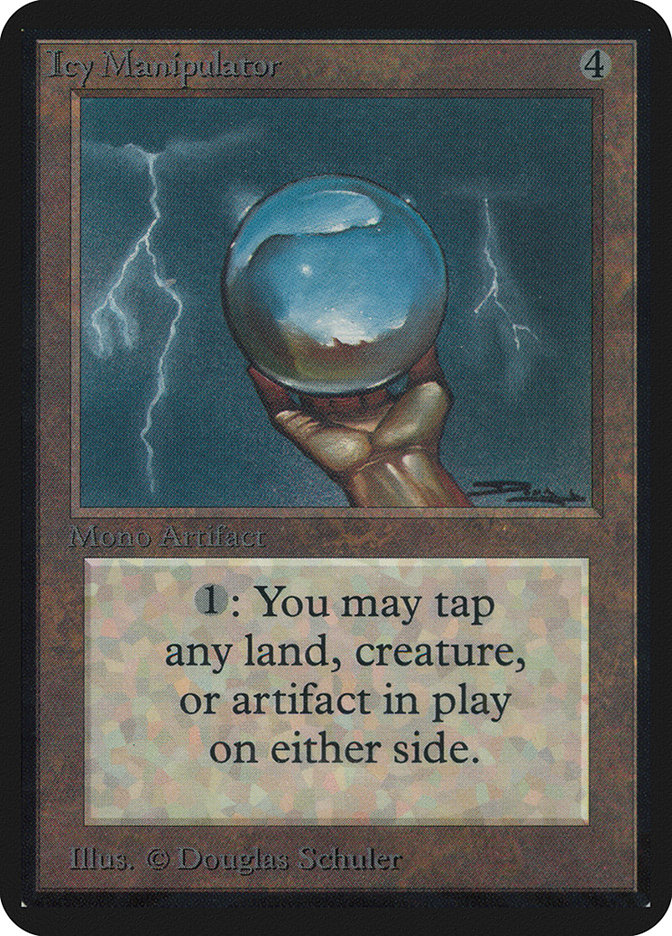
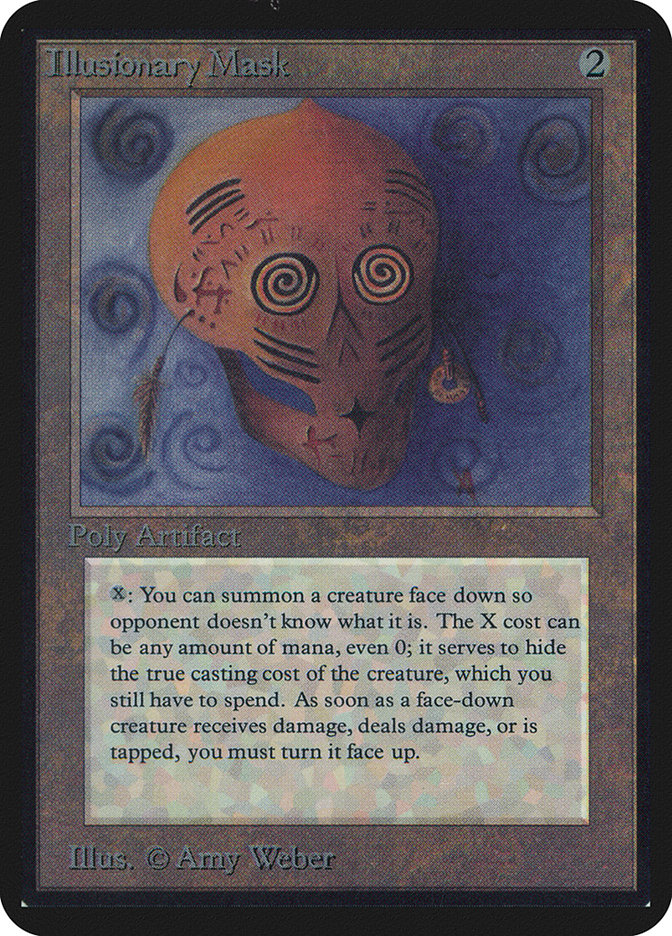
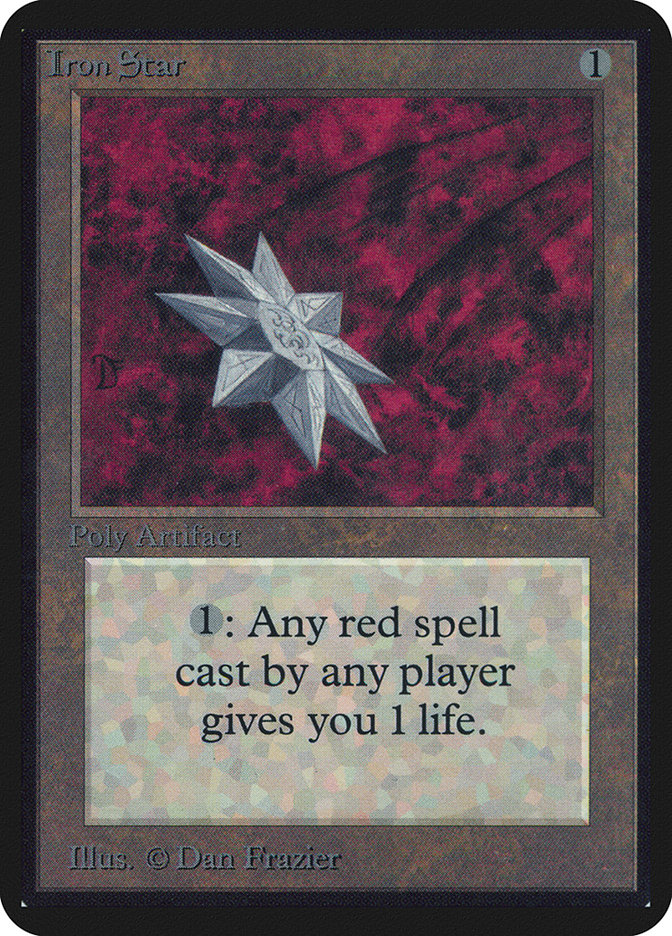
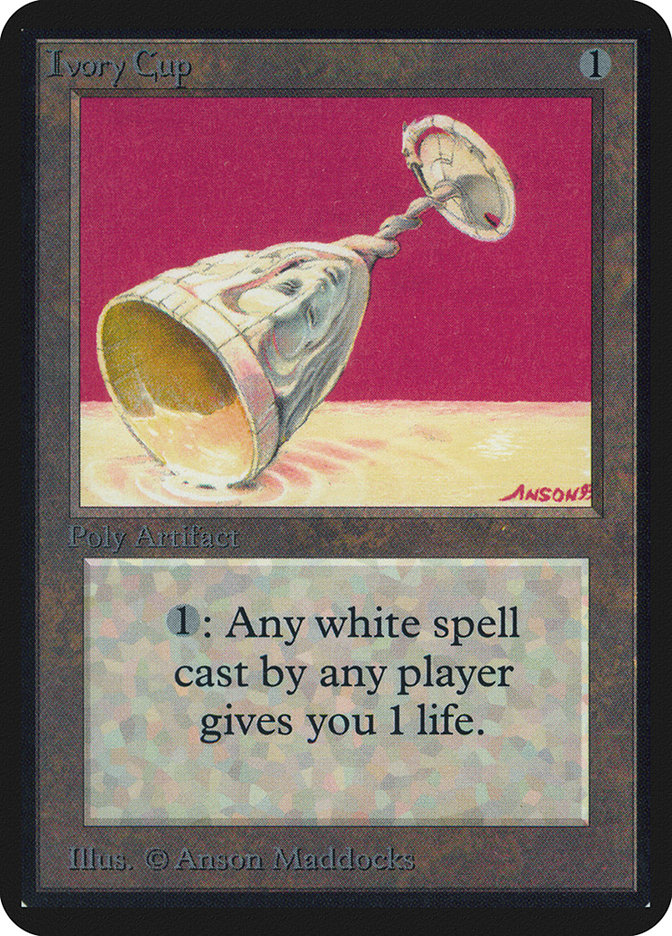

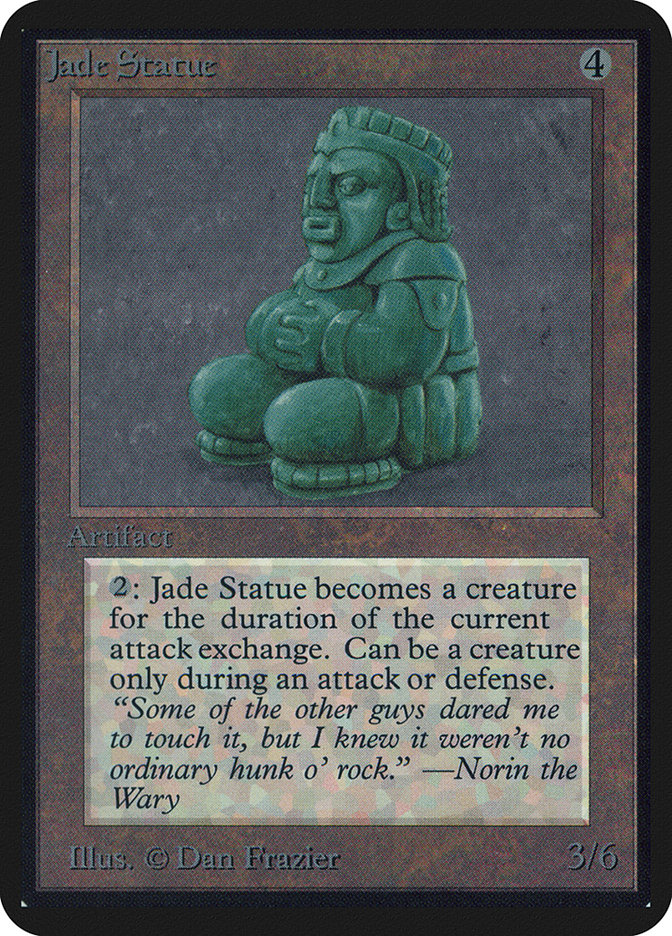
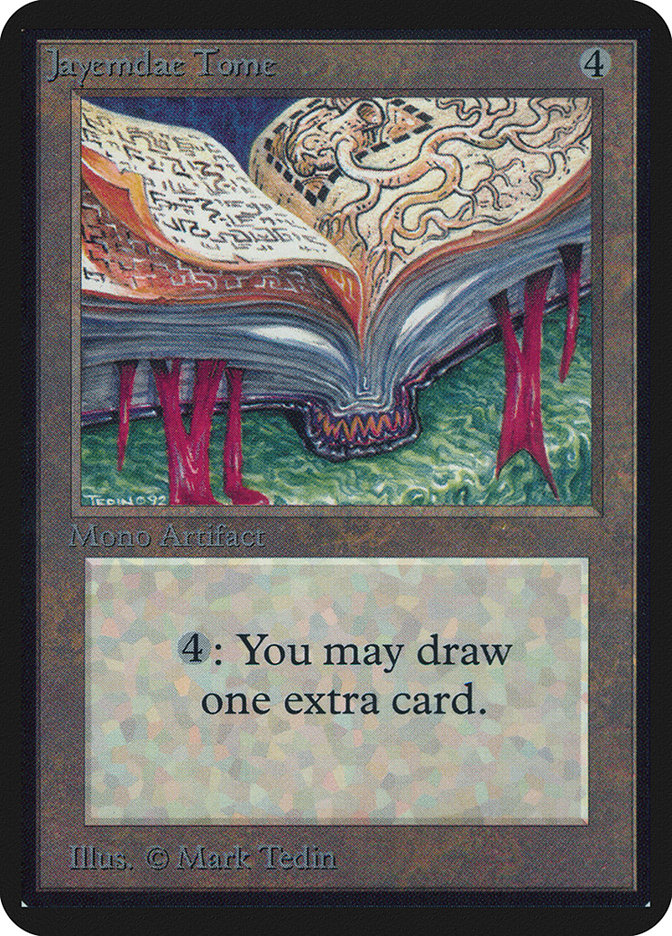
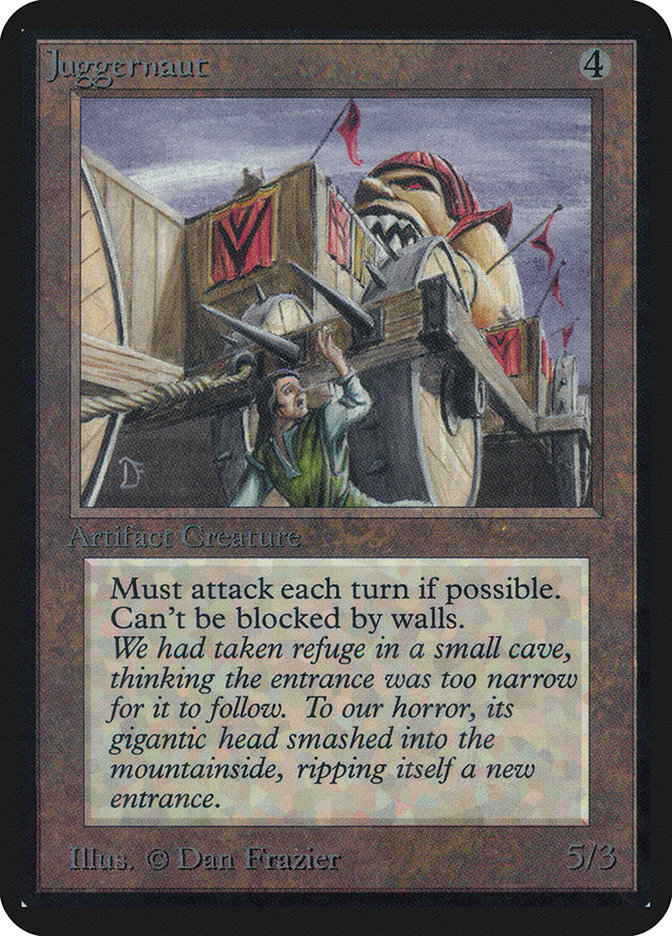
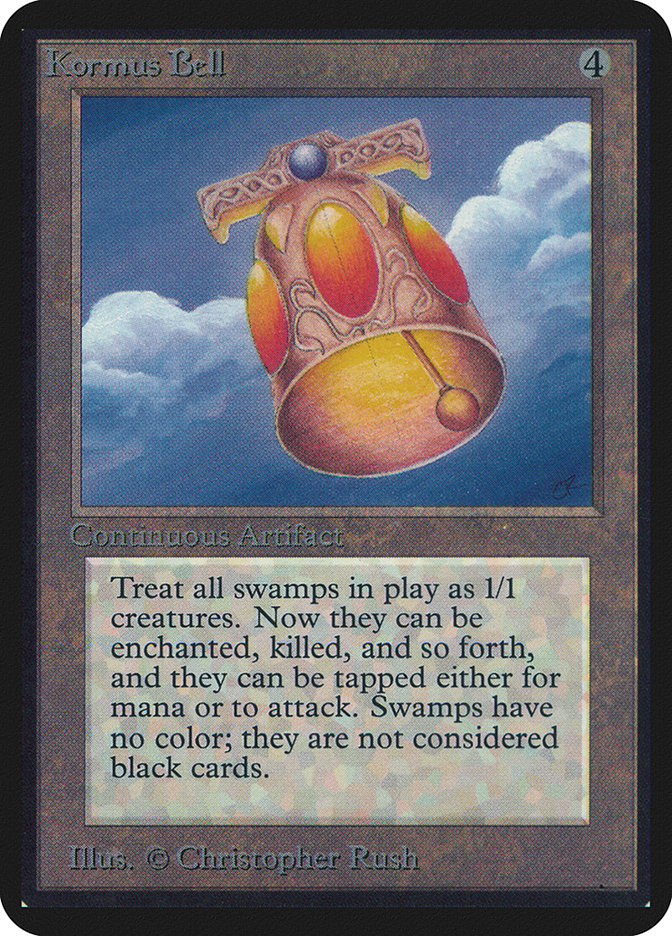


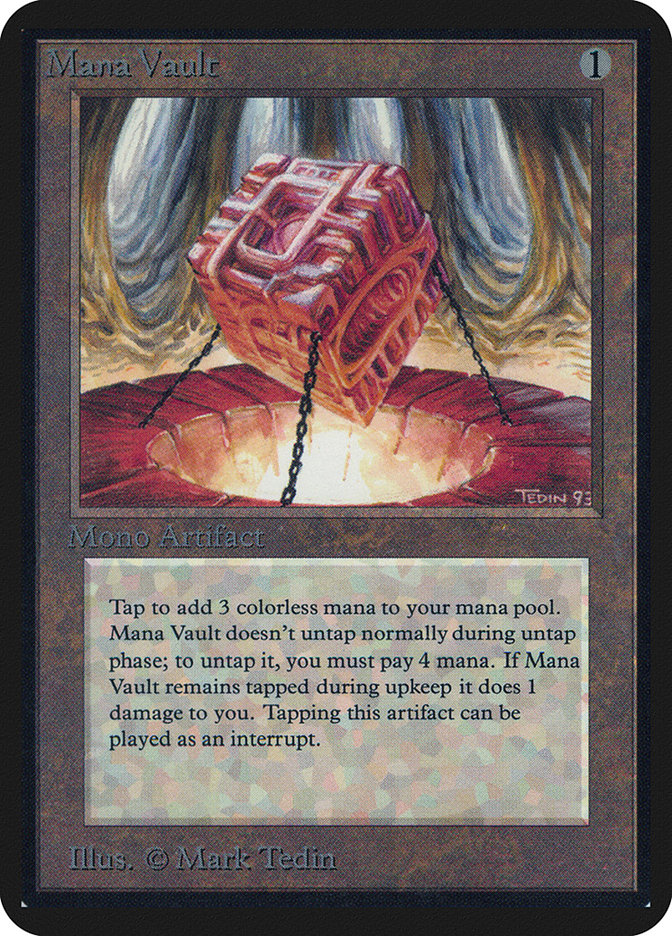
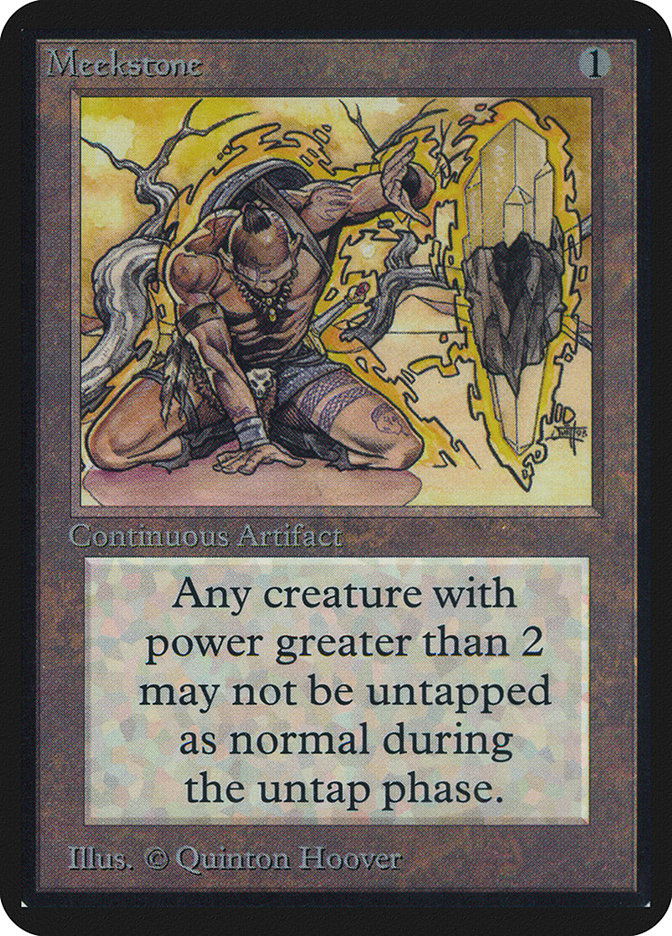
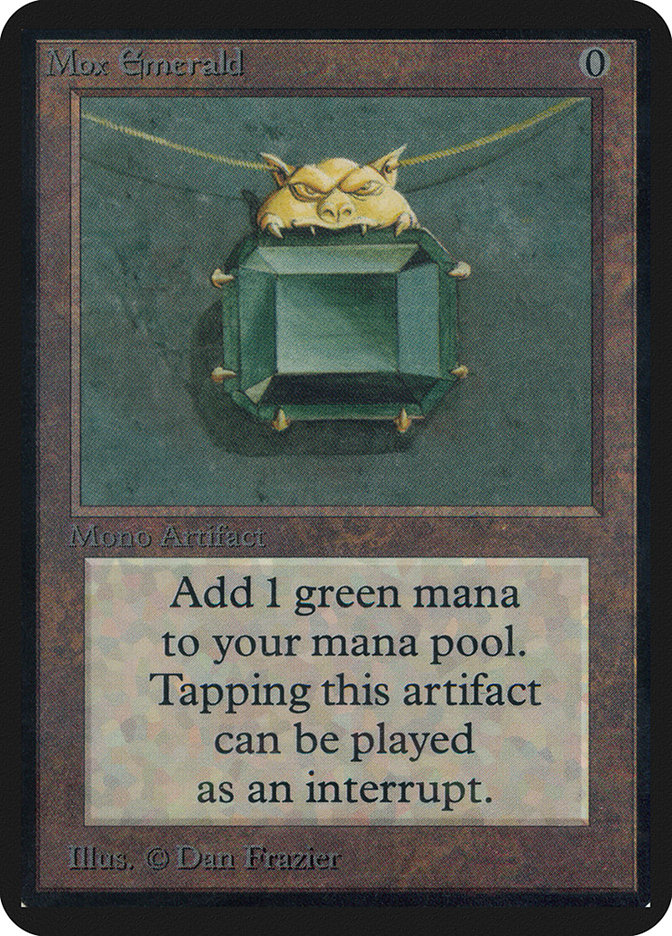
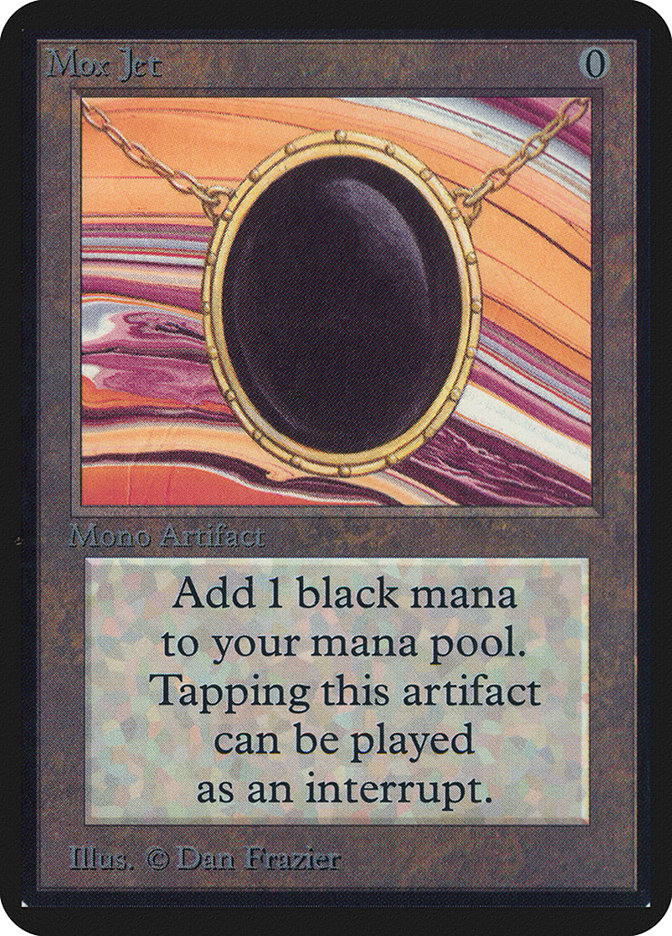
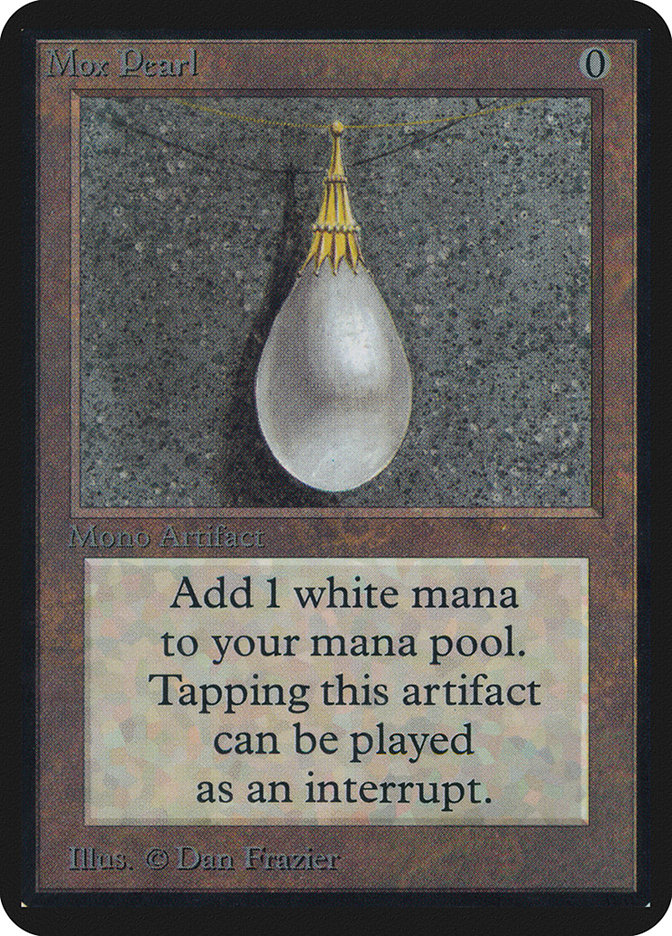
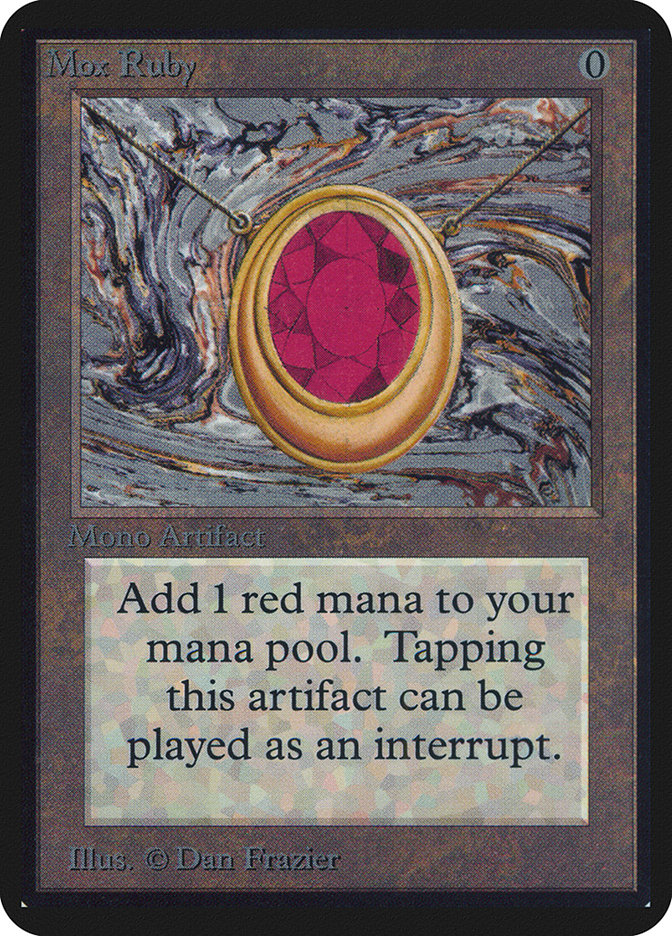
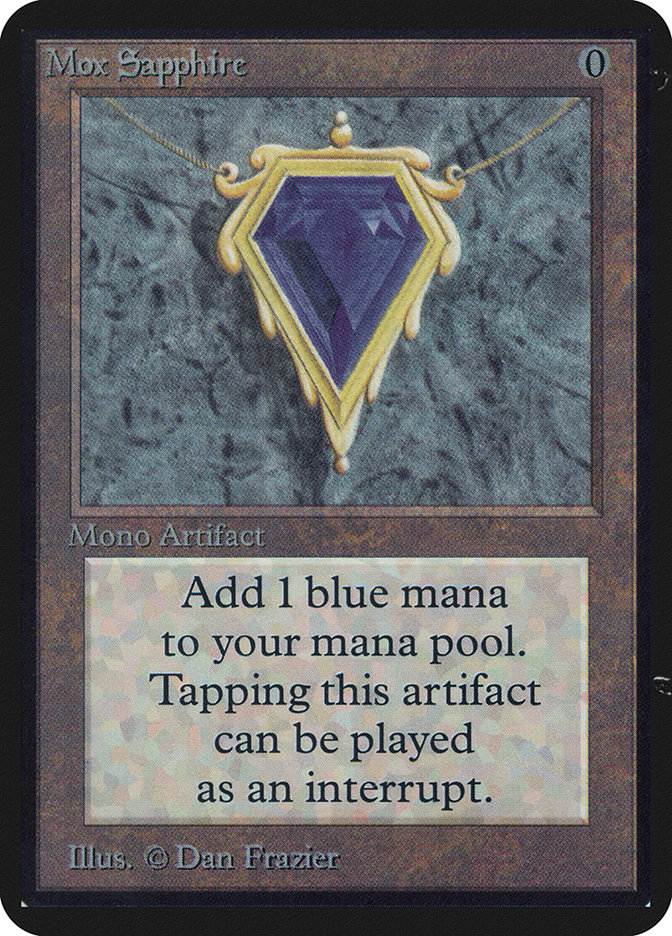
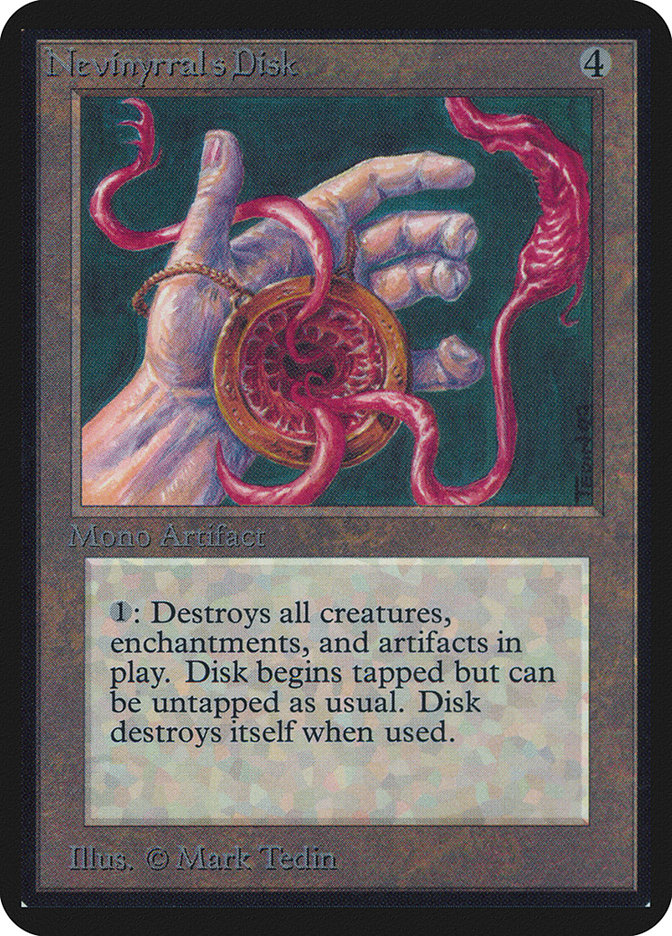
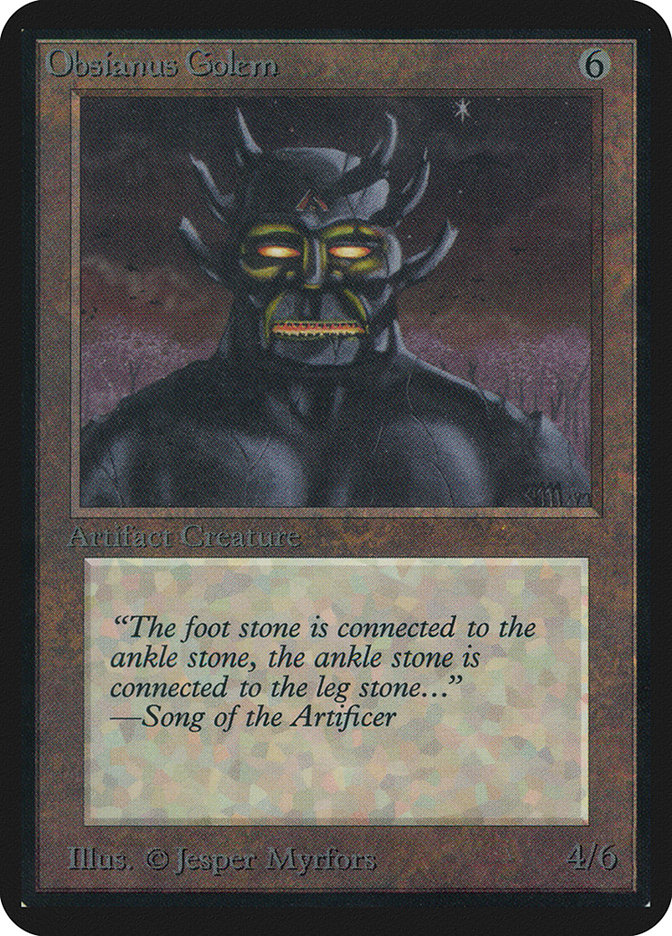

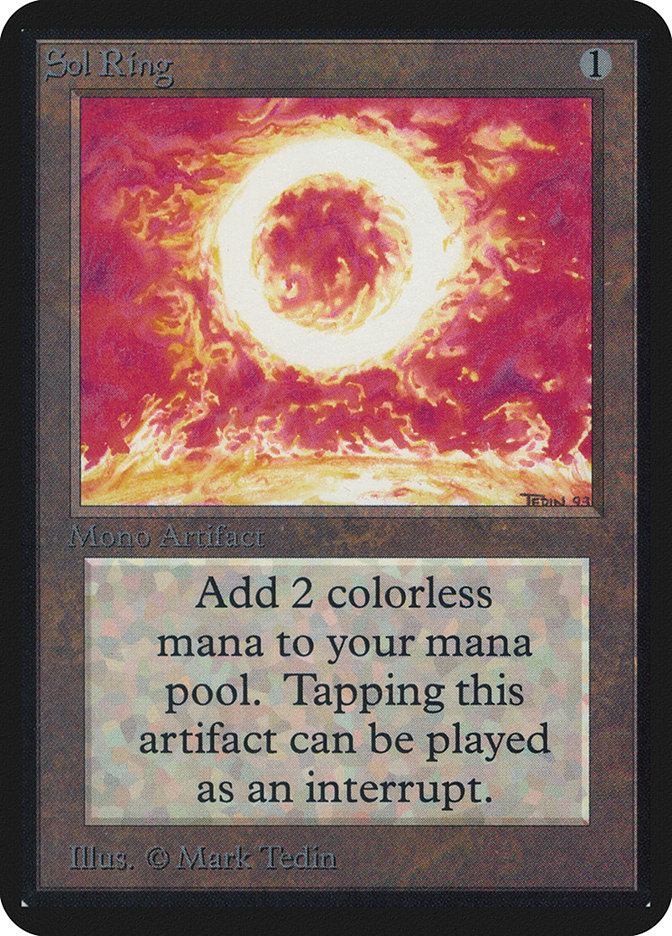



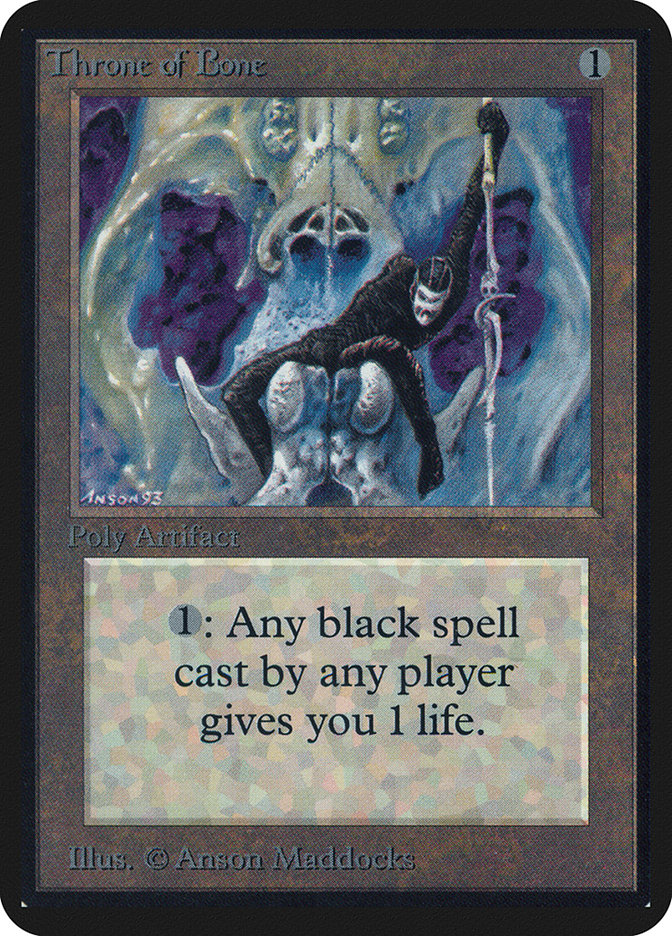
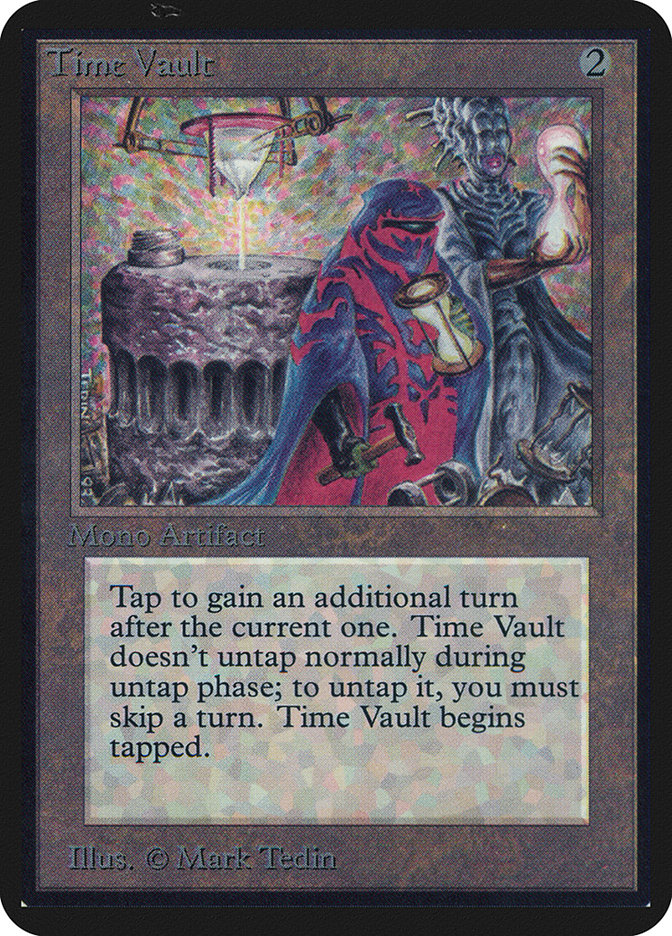
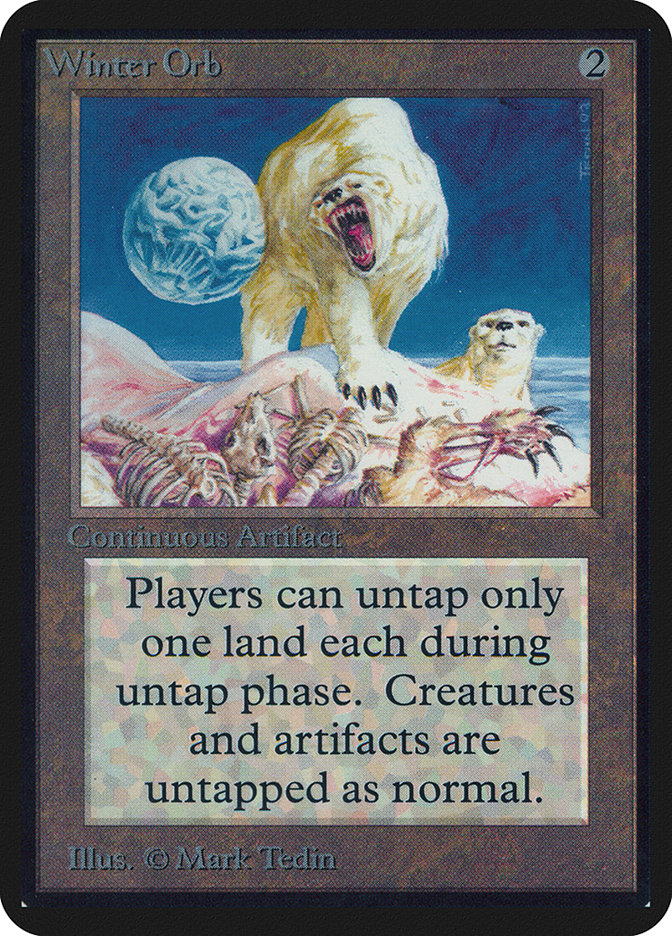
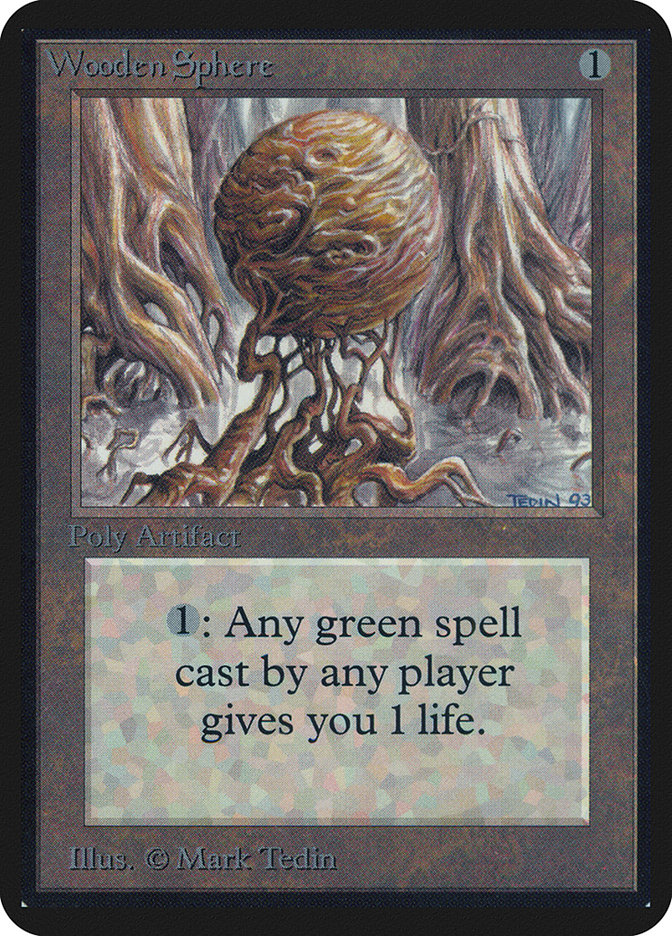
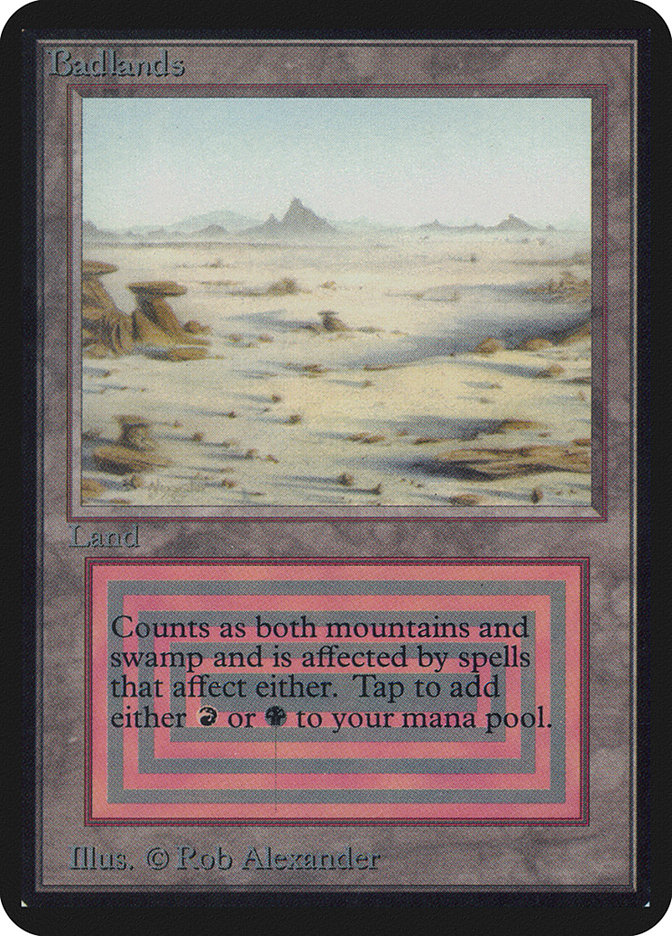
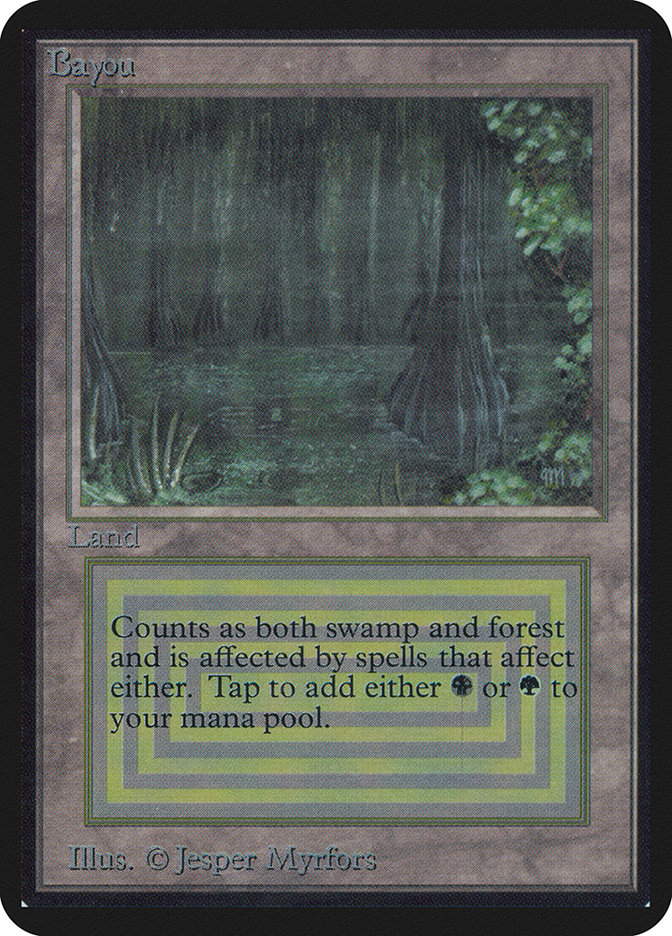

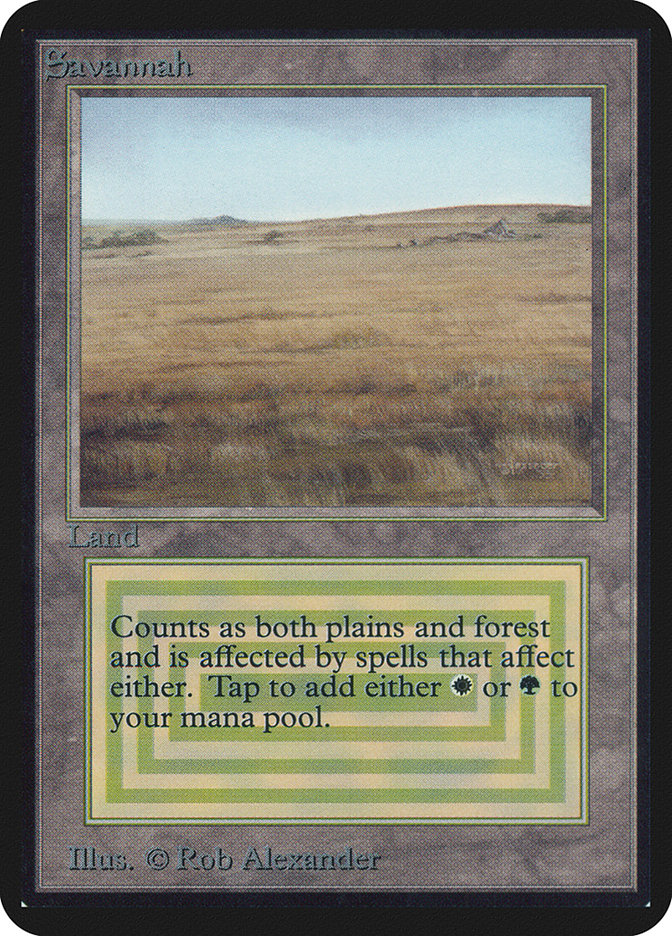



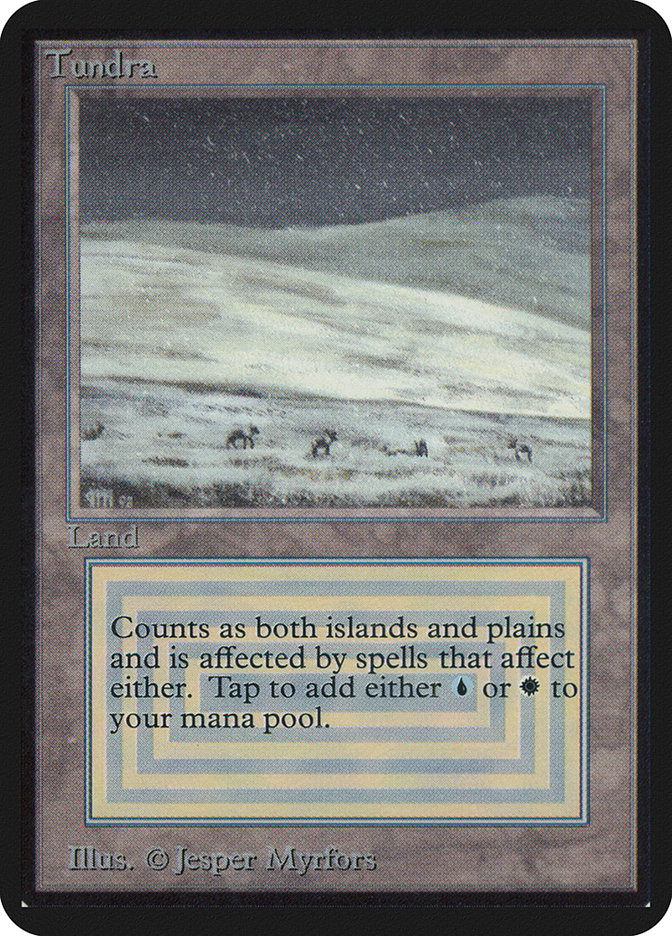
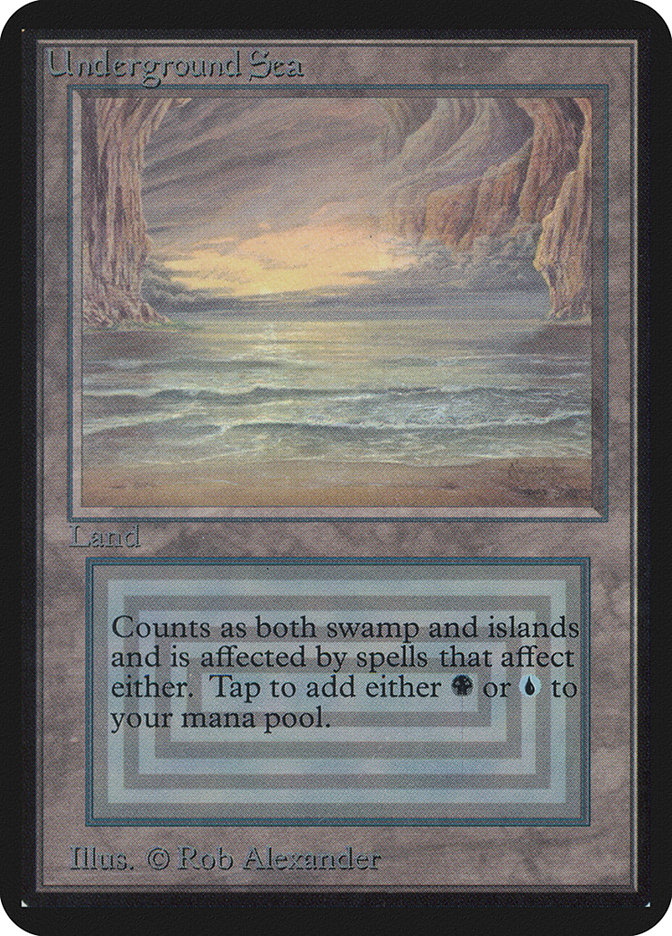


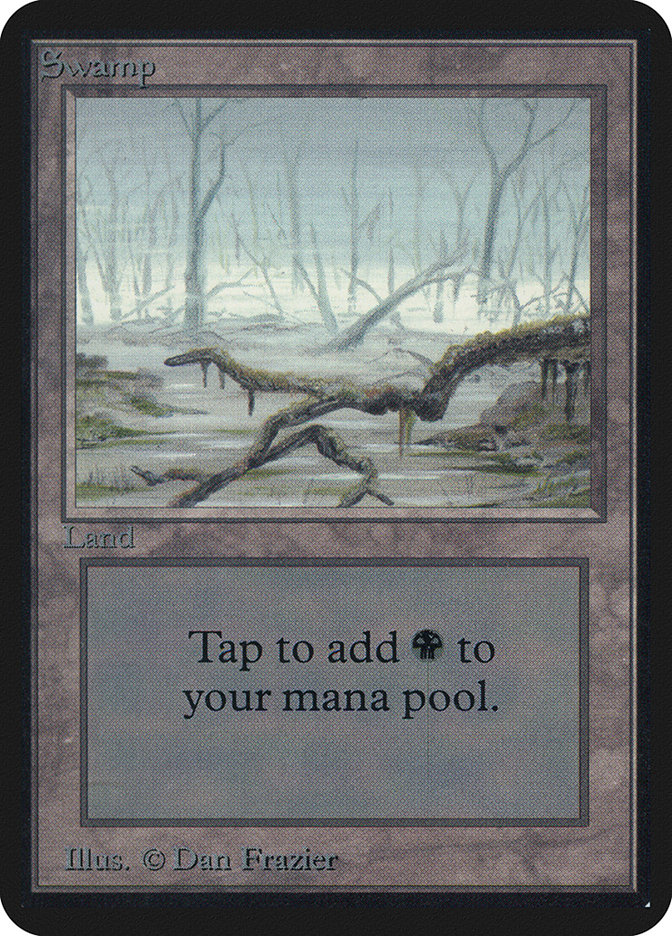



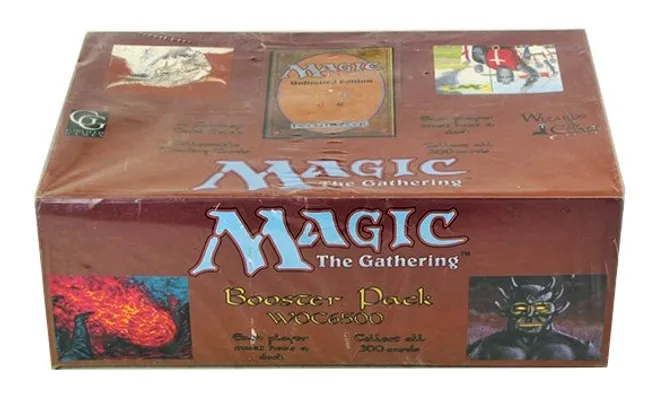
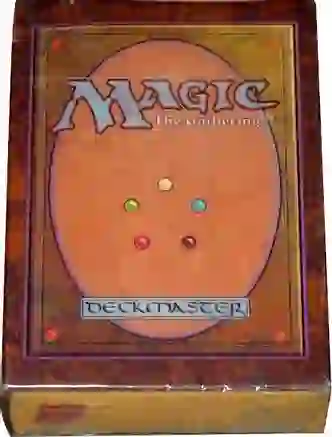


Add Comment